Esper Hand is a prosthetic arm with "human-like dexterity"
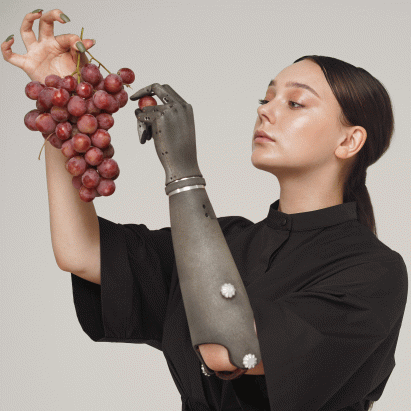
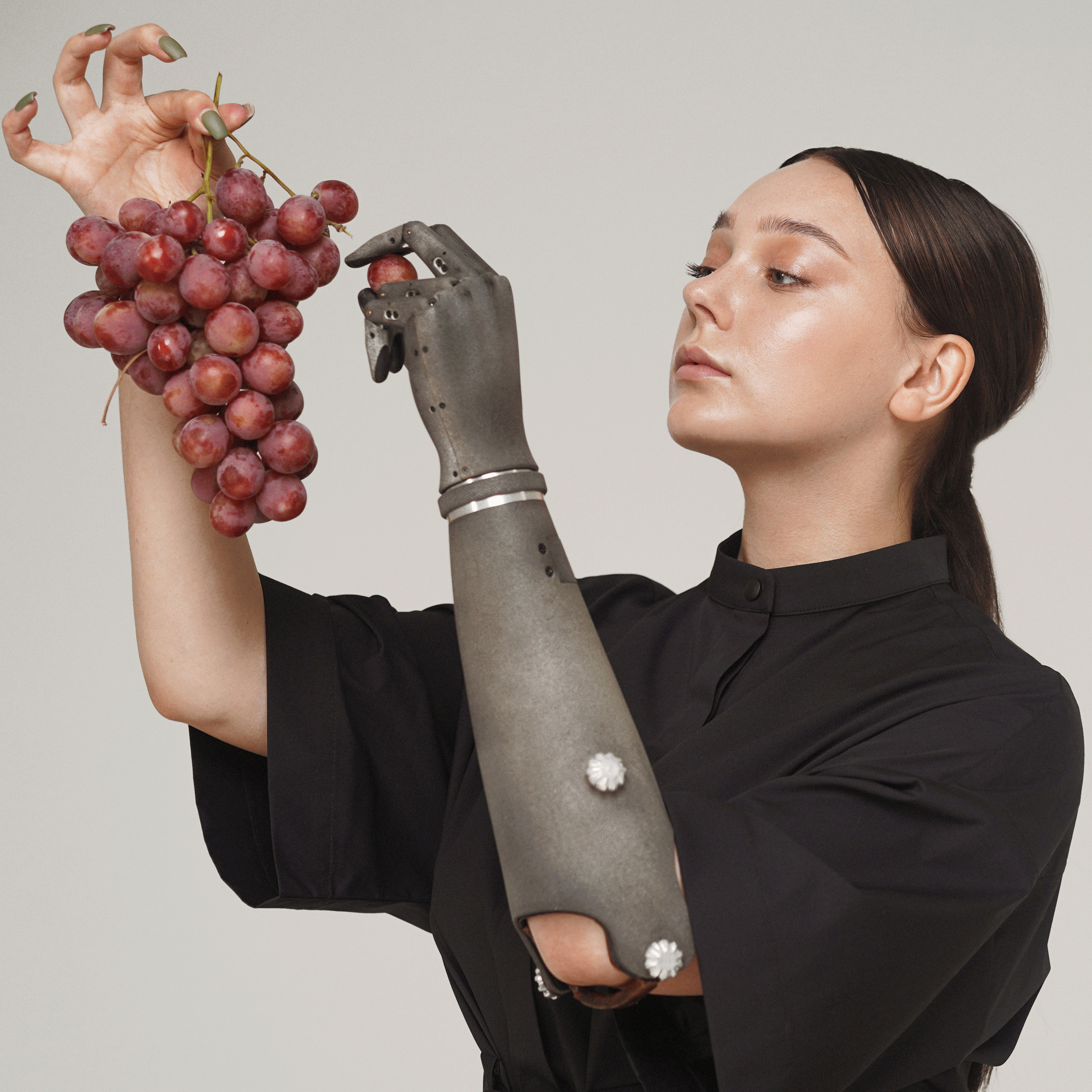
New York-based engineering startup Esper Bionics has developed a prosthetic arm with intuitive self-learning technology that can predict intended movement faster than similar prosthetics.
Esper Hand uses an electromyography-based brain-computer interface (BCI) – a computer-based technology system that gathers brain activity or information – to trigger movement.
When the wearer wants to control the hand, their brain sends impulses to specific muscles to activate them.
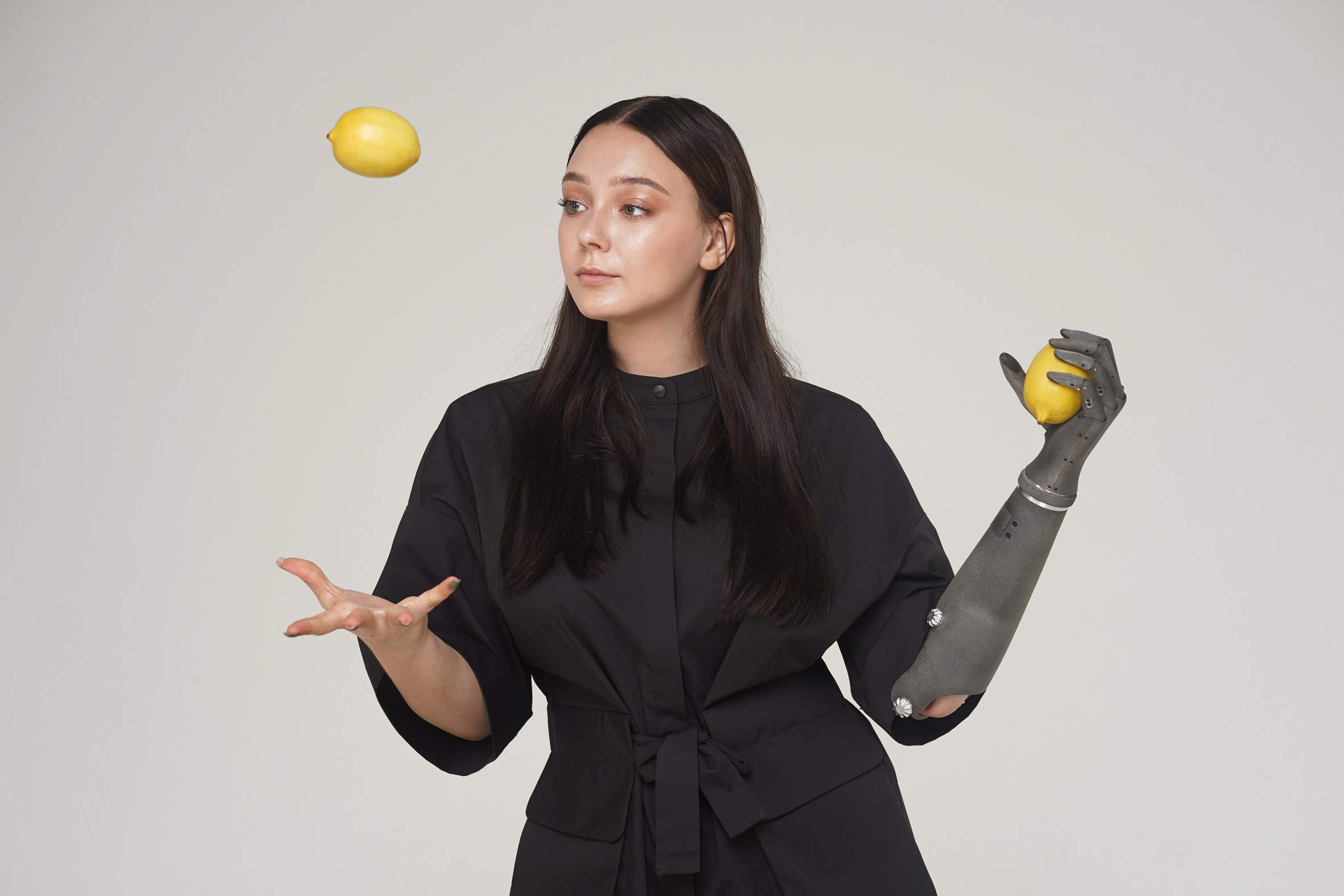 Esper Hand is a prosthetic arm that can be controlled by the mind
Esper Hand is a prosthetic arm that can be controlled by the mind
Over 30 non-invasive sensors that connect the stump socket to the wearer's skin pick up on this muscle activity or "electrical cues" and relay the information to trigger an action in the hand.
BCIs are often used by paralysis patients to control machines with just their thoughts. Dima Gazda, co-founder of Esper Bionics claims that the arm is three times faster than many of the prosthetics currently available on the market.
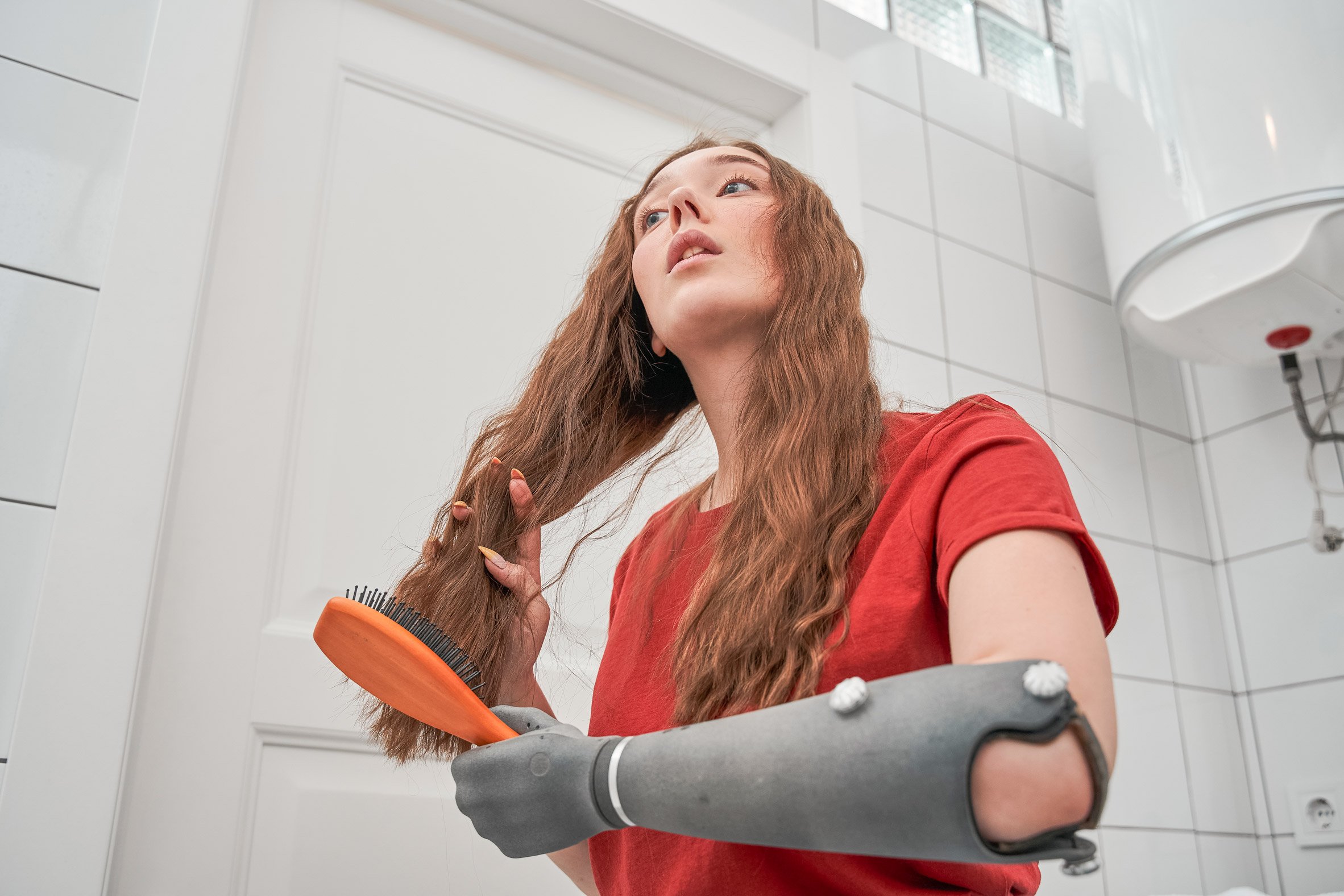 It has over 30 sensors that gather information from the wearer's skin
It has over 30 sensors that gather information from the wearer's skin
"We sought to create a light and durable hand with human-like dexterity that learns over time and can help people with limb differences live their best lives confidently," Gazda told Dezeen.
"Inspired by the beauty of the human body and the lightness and durability of aviation technology, the self-learning robotic hand embodies elegance, functionality and endurance," she said.
"Esper Hand is three times faster in control than other hand prostheses available in the market."
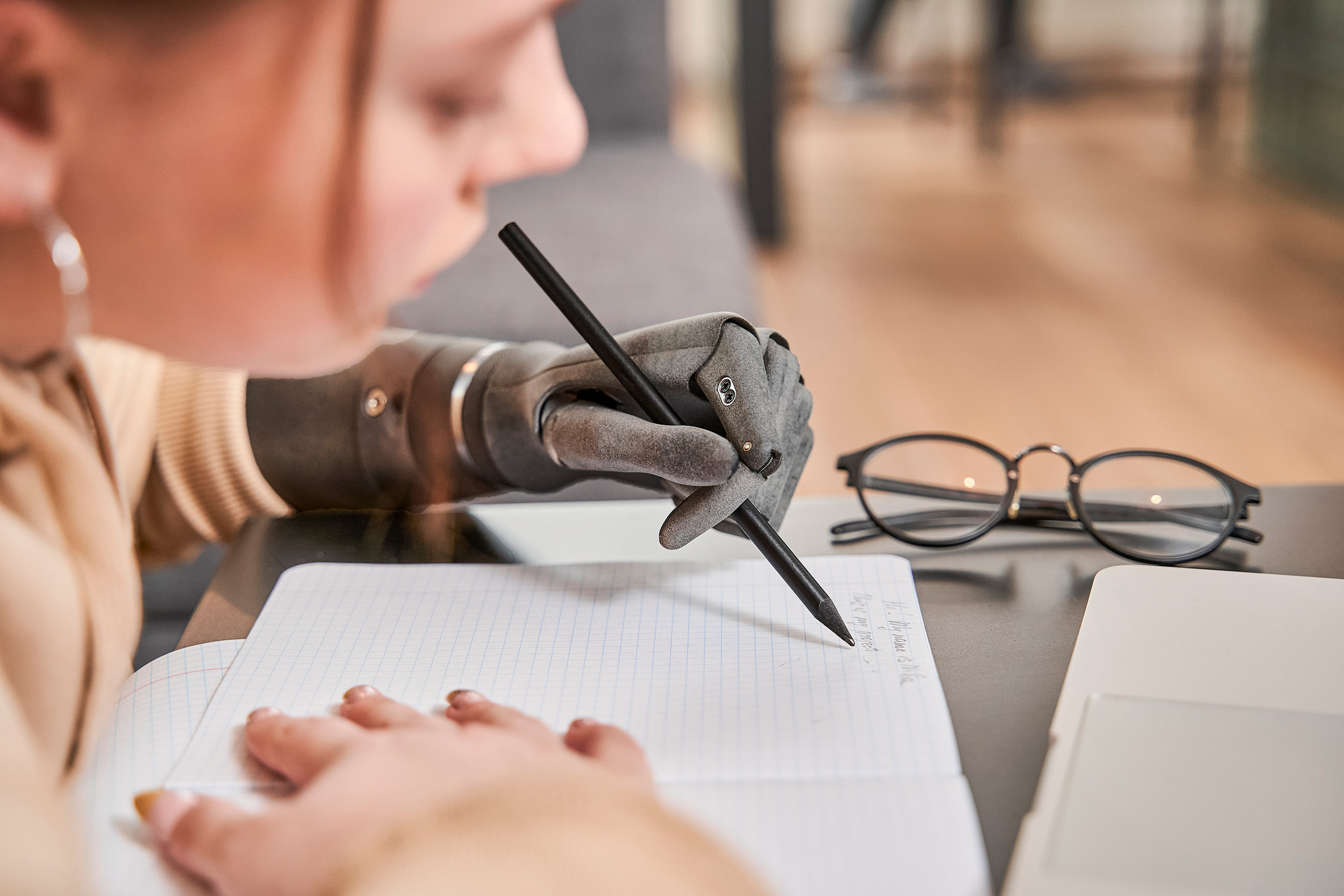 These electrical cues dictate how the arm moves
These electrical cues dictate how the arm moves
Esper Hand has five movable digits and can rotate and grip in multiple ways, allowing the wearer to perform everyday tasks such as opening a bottle, driving a car, using kitchen utensils or tapping a phone screen.
The 380-gram arm is made from a combination of polyoxymethylene plastic, fluoroplastics, nylon, aluminium, steel, titan, bronze and three types different types of silicone. It comes in four sizes and five colours.
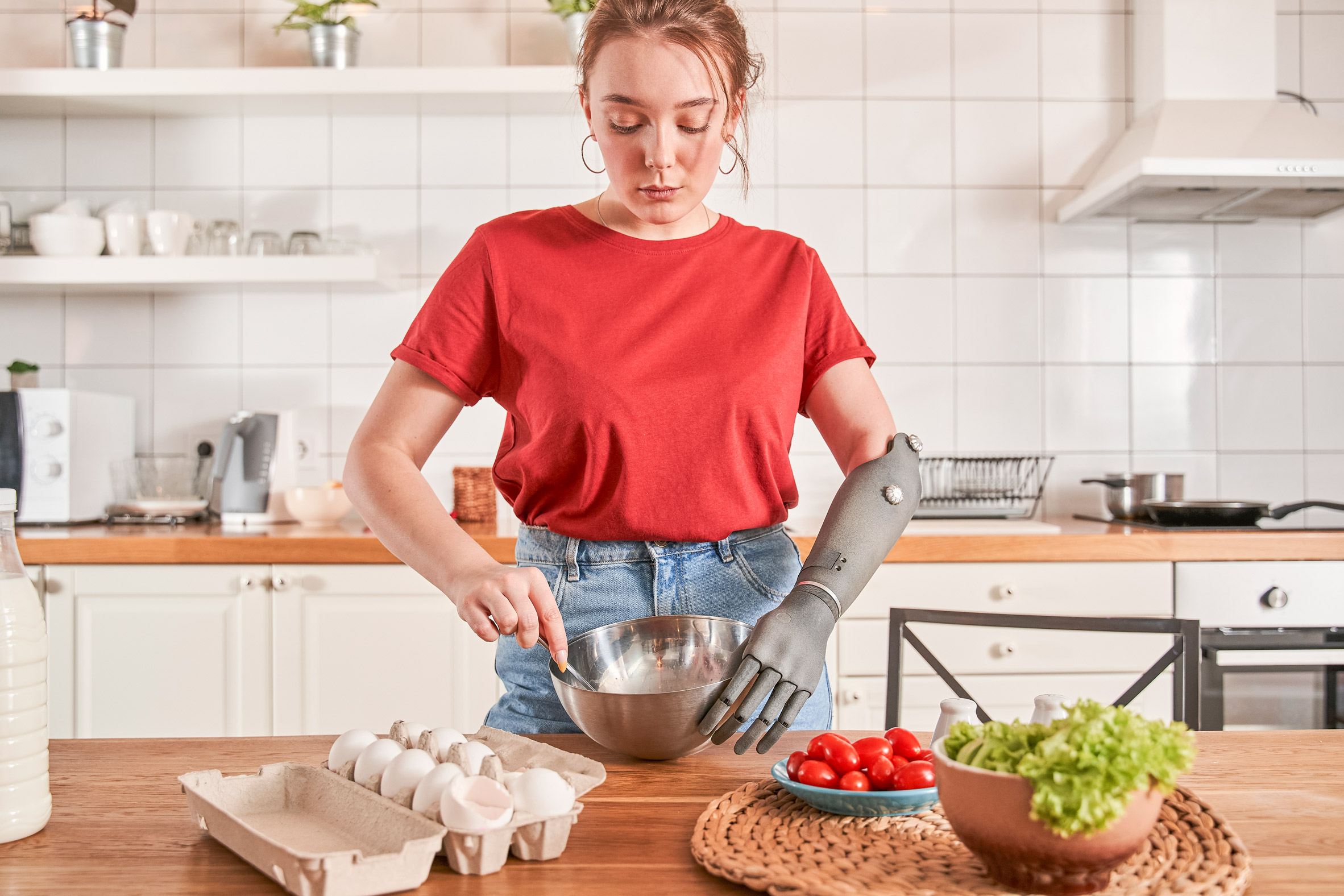 The arm comes in four sizes and five colours
The arm comes in four sizes and five colours
To create the arm, Esper Bionics employed electromechanics, a field of engineering that merges electrical and mechanical engineering to make sure the hand can "perform all the necessary functions".
This included conducting durability tests on 3D-printed versions of the hand and adjusting its shape and size.
[ 
Read:
MIT researchers develop inflatable mind-controlled prosthetic hand
](https://www.dezeen.com/2021/08/25/mit-researchers-engineer-prosthetic-inflatable-hand-technology/)
"We create the design of the future hand making sure that it's as human-like as possible," said Gazda.
"We go through a series of iterations to eliminate engineering and design mistakes and choose the right materials for the final version of the product."
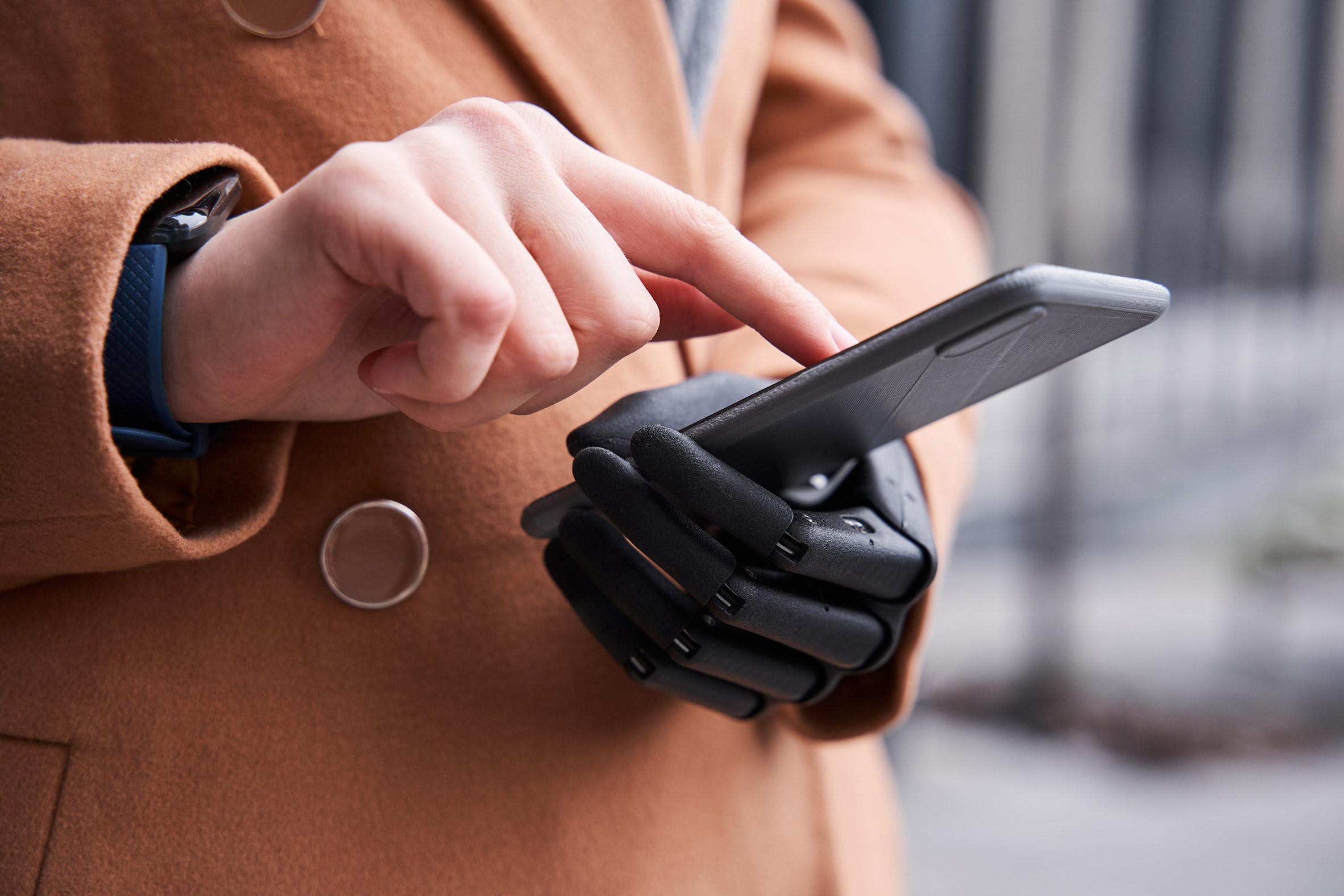 Esper Hand can be connected to a cloud-based platform via a smartphone
Esper Hand can be connected to a cloud-based platform via a smartphone
According to the company, the resulting arm is "lighter than a human hand" and at 380 grams, it is lighter than many limb prosthetics on the market.
The flexible hand has modular fingers that can form multiple common grasps including flexing, pinching fingers together, cupping and making a fist.
It also has a "special mechanism" that allows the wearer to easily disconnect the hand which can be useful for example when the wearer is changing clothes.
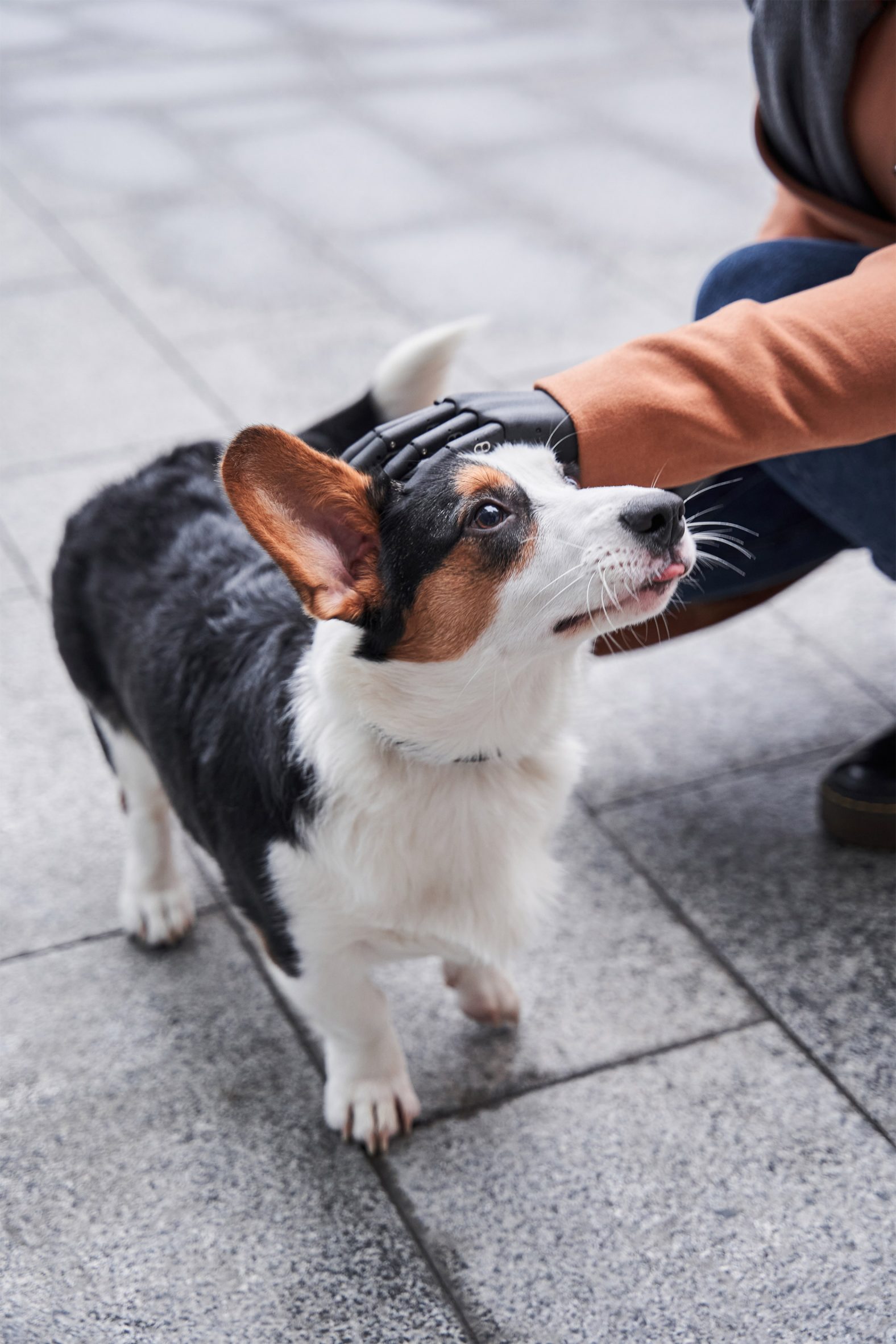 The arm can form multiple common grasps
The arm can form multiple common grasps
Esper Bionics also created a cloud-based platform that can be connected to the arm to help improve its performance over time.
Dubbed Esper Platform, the solution can be connected to the wearer's smartphone or laptop. It collects and stores data about the user's movements, effectively "learning" what the wearer's next action will be so that it can predict movements faster.
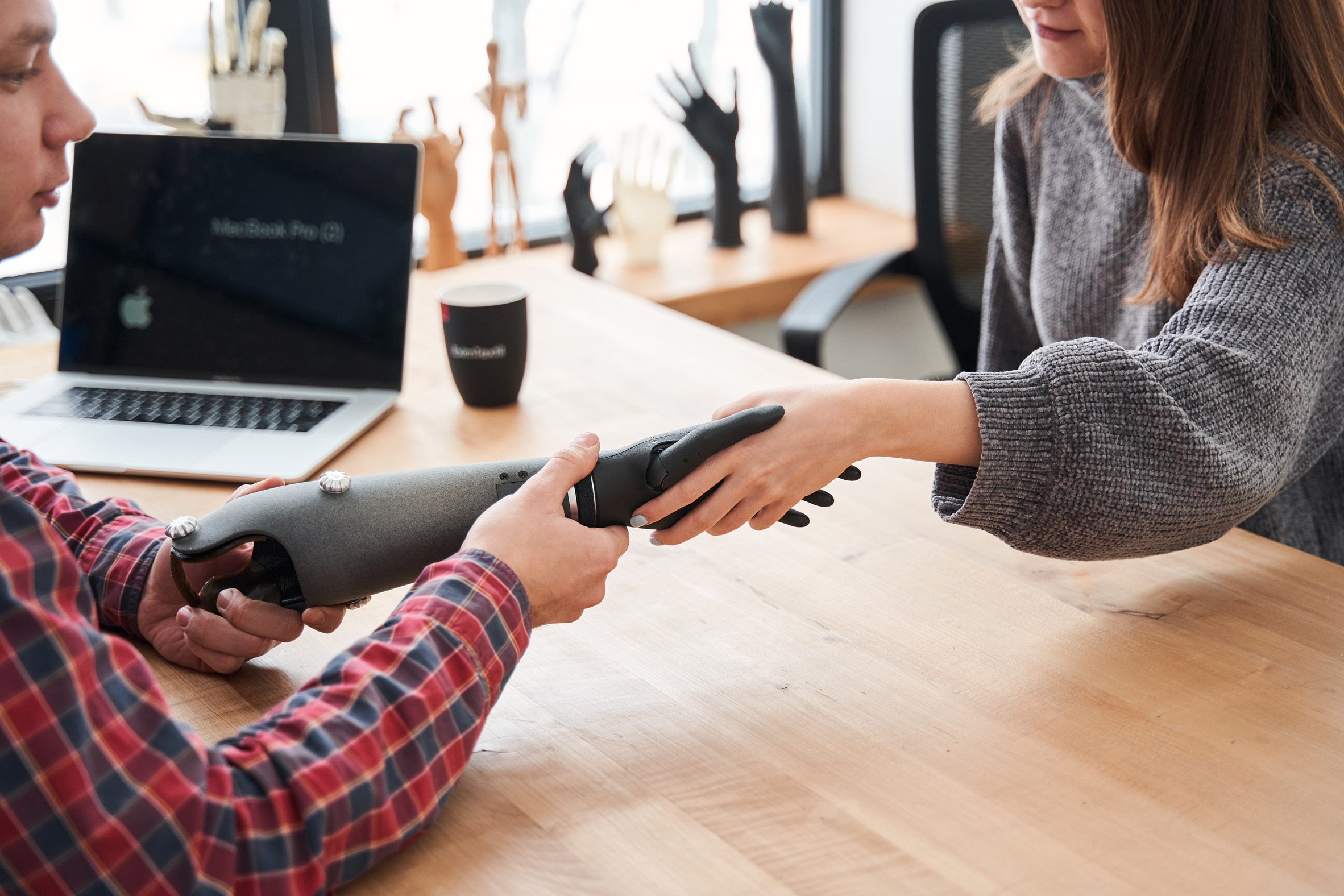 It is made from plastic and metal
It is made from plastic and metal
"Thanks to all the collected data, the platform updates the control algorithms of the hand so that next time the preferred grip will have a higher priority to be chosen in the same situation," explained Gazda.
"The hand perceives a certain situation to be 'the same' if it receives similar data to what it received before from all the sensors," she said.
"Ultimately, the more the wearer uses the hand, the faster it suggests the right grip."
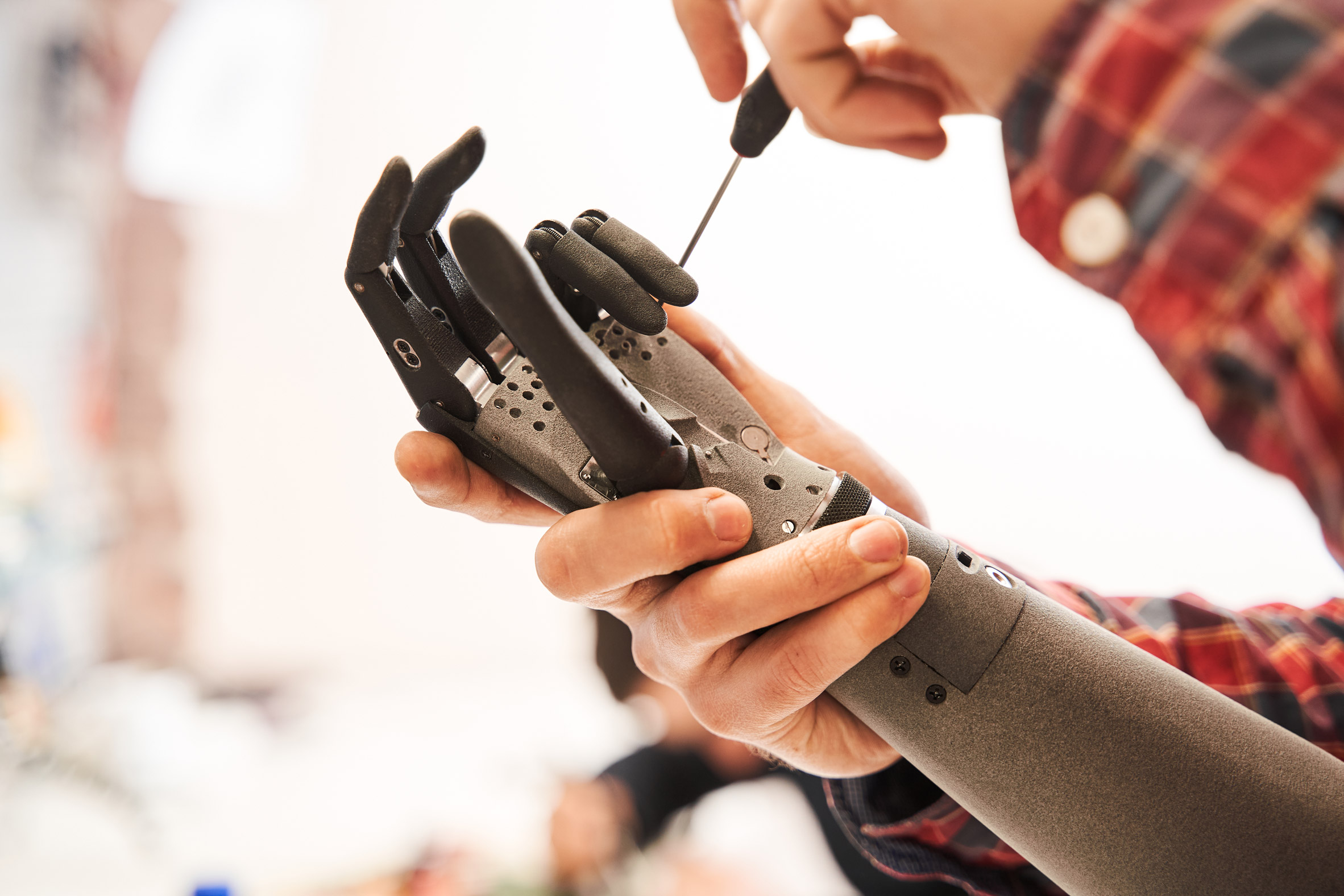 The arm weighs just 380 grams
The arm weighs just 380 grams
Gazda believes that the technology used for Esper Hand can help improve the quality of amputees' lives.
"We see assistive devices as the foundation for the future ecosystem of electronic implants which we believe have the biggest potential in unleashing human abilities, eliminating diseases and prolonging lives," she said.
Other recent prosthetics featured on Dezeen include a prosthetic leg for amputee ballet dancers by Jae-Hyun An and an exoskeleton that paralysed individuals can control with their mind creaed by researchers at Grenoble university.
The photography is courtesy ofEsper Bionics.
The post Esper Hand is a prosthetic arm with "human-like dexterity" appeared first on Dezeen.
#robotics #all #design #technology #health #prosthetics #healthproducts #products

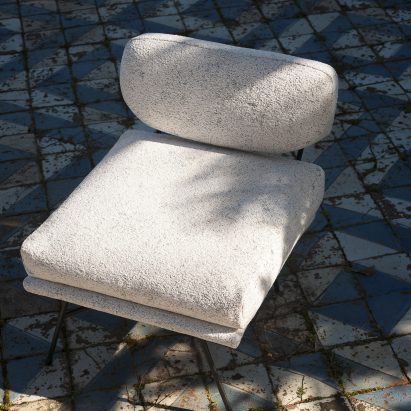
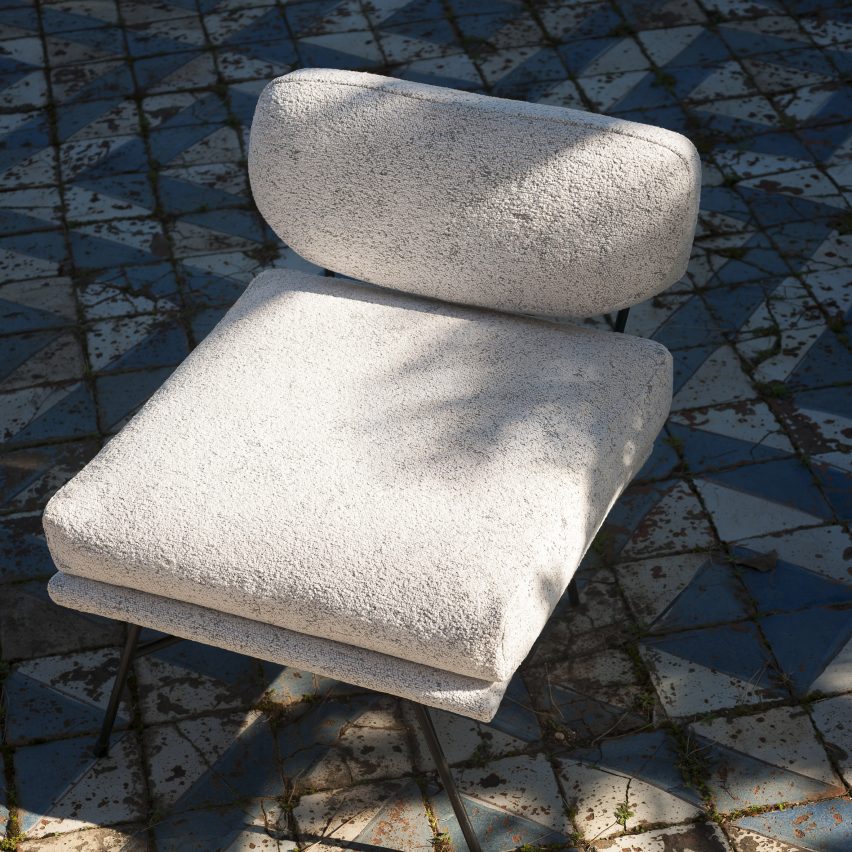
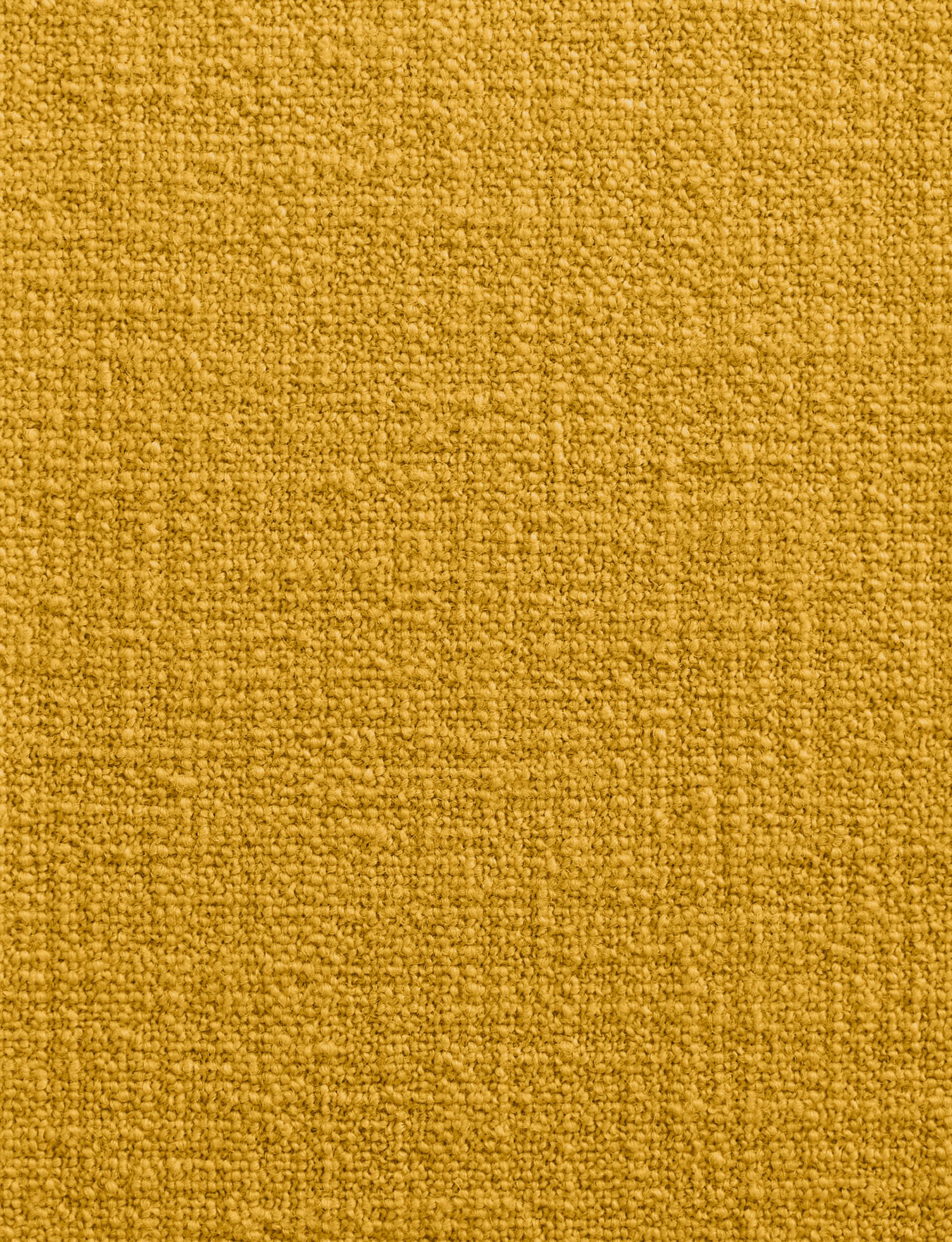 A Perfect Flower has an even warp and weft, and comes in a range of 27 rich hues
A Perfect Flower has an even warp and weft, and comes in a range of 27 rich hues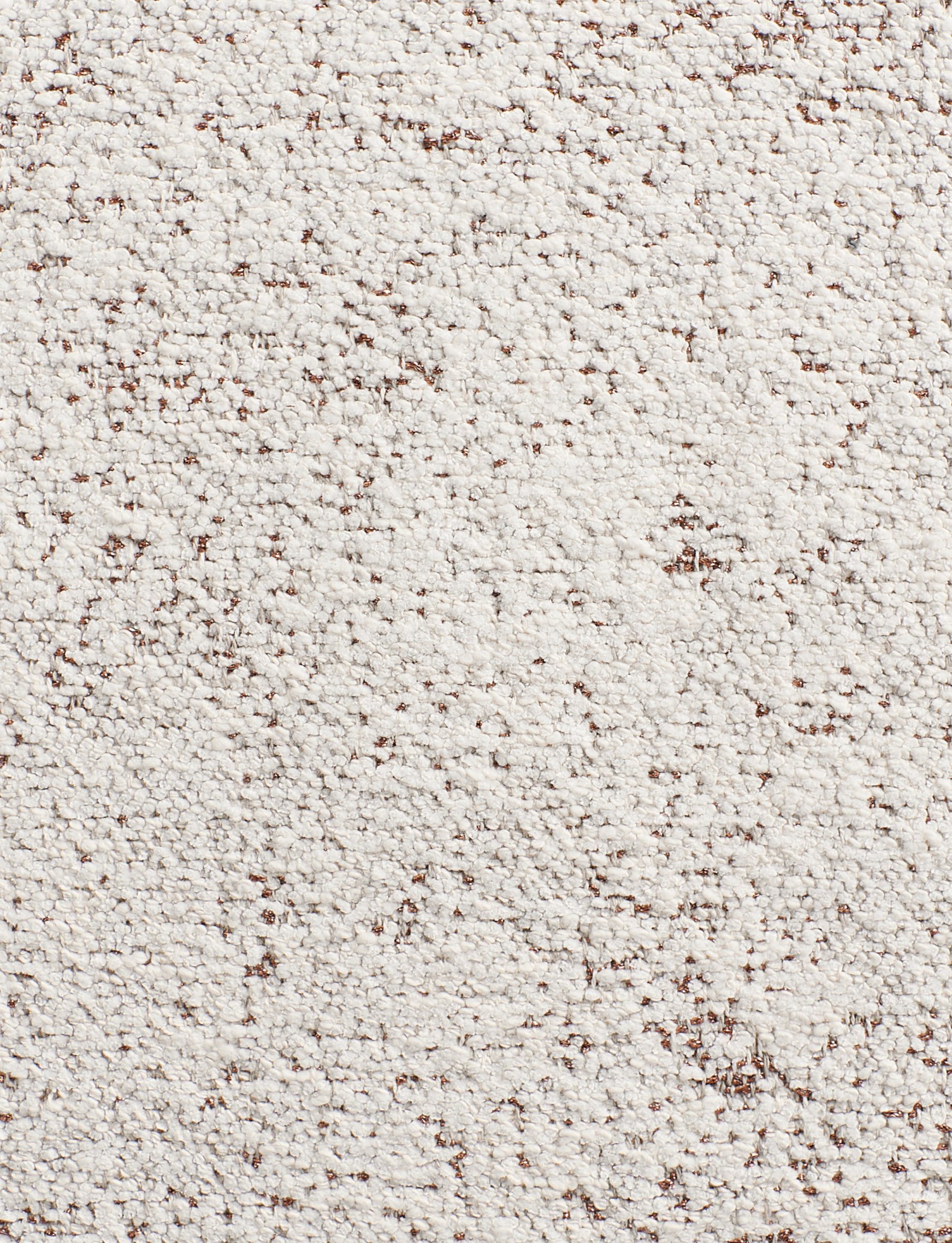 Per Inciso is a soft Jacquard chenille with great variation in texture
Per Inciso is a soft Jacquard chenille with great variation in texture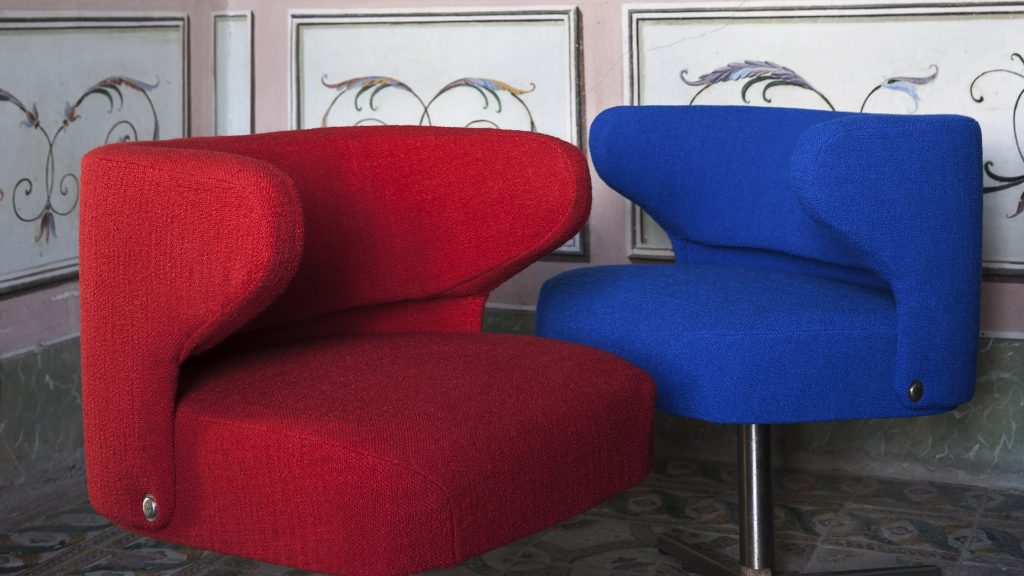
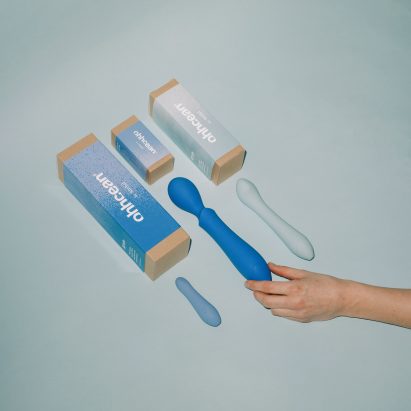
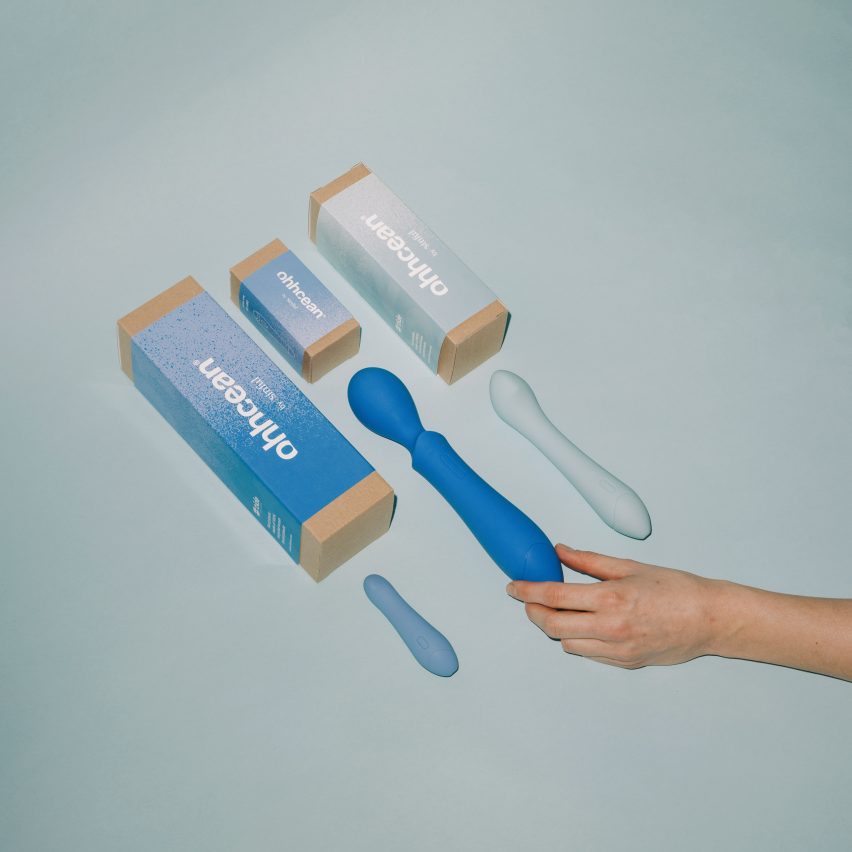
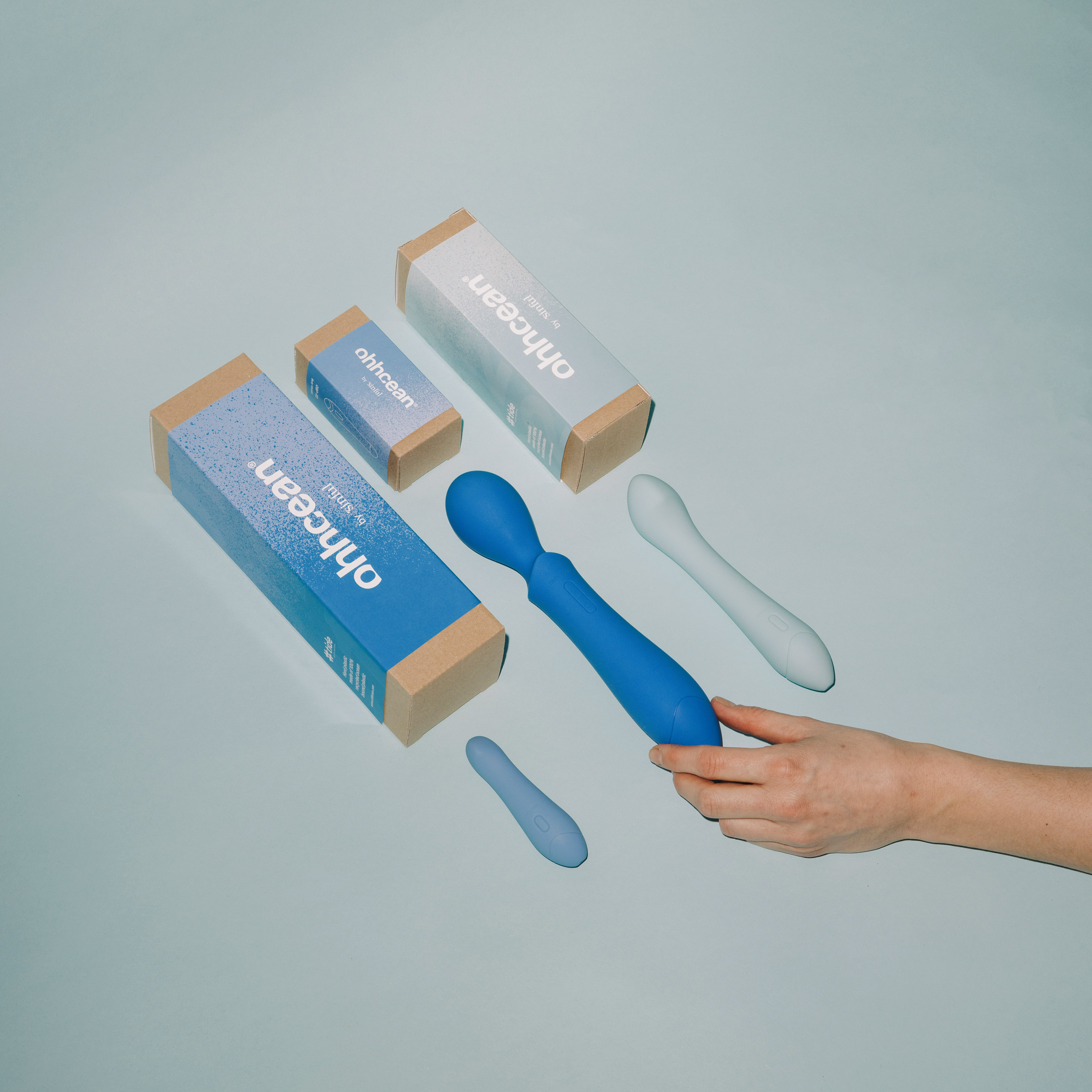 Ohhcean is a range of vibrators and wands made from ocean plastic
Ohhcean is a range of vibrators and wands made from ocean plastic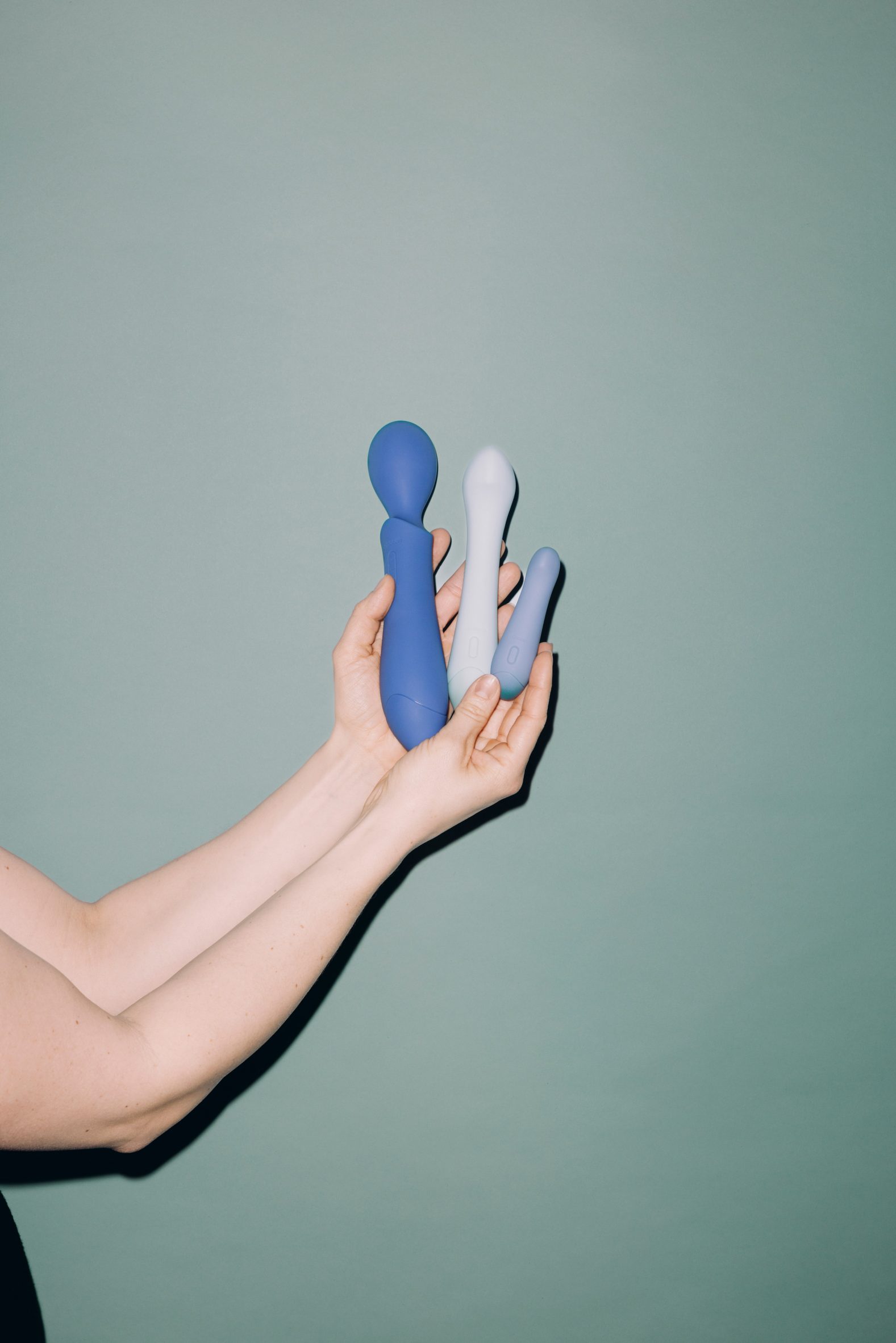 The sex toys come in aqua colours
The sex toys come in aqua colours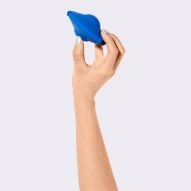
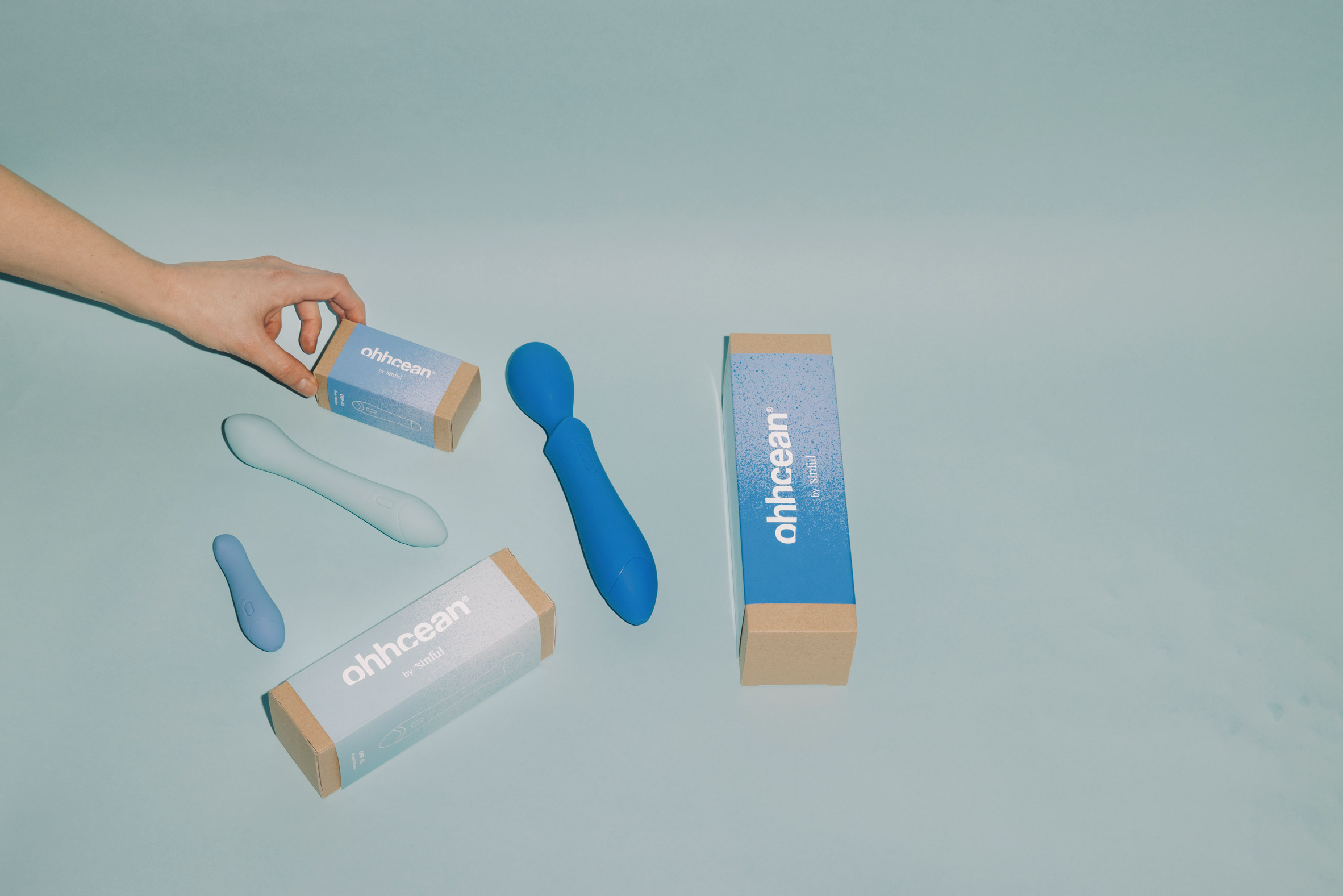 The plastic is collected from oceans in Southeast Asia
The plastic is collected from oceans in Southeast Asia
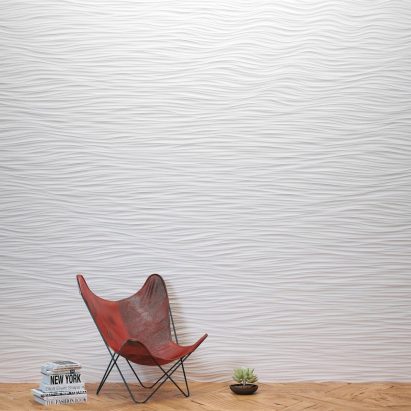
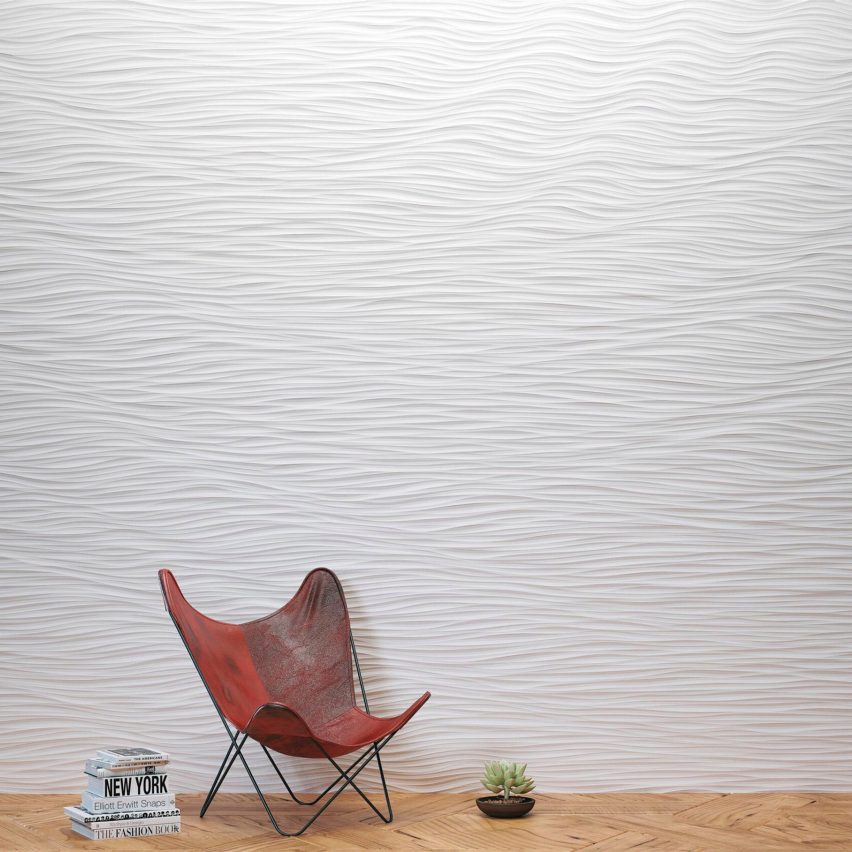
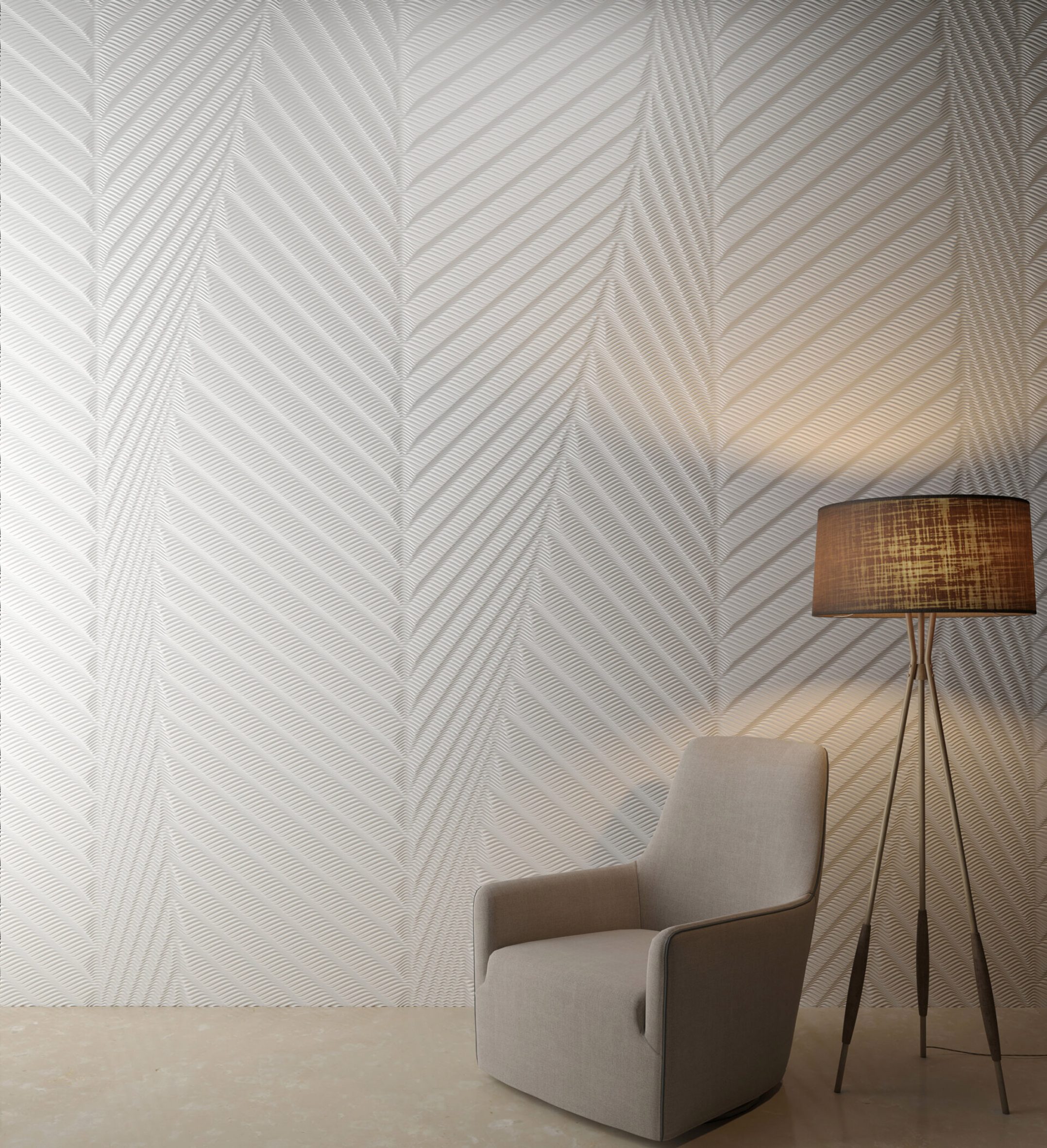 Mario Romano created patterns informed by nature, including Leaf
Mario Romano created patterns informed by nature, including Leaf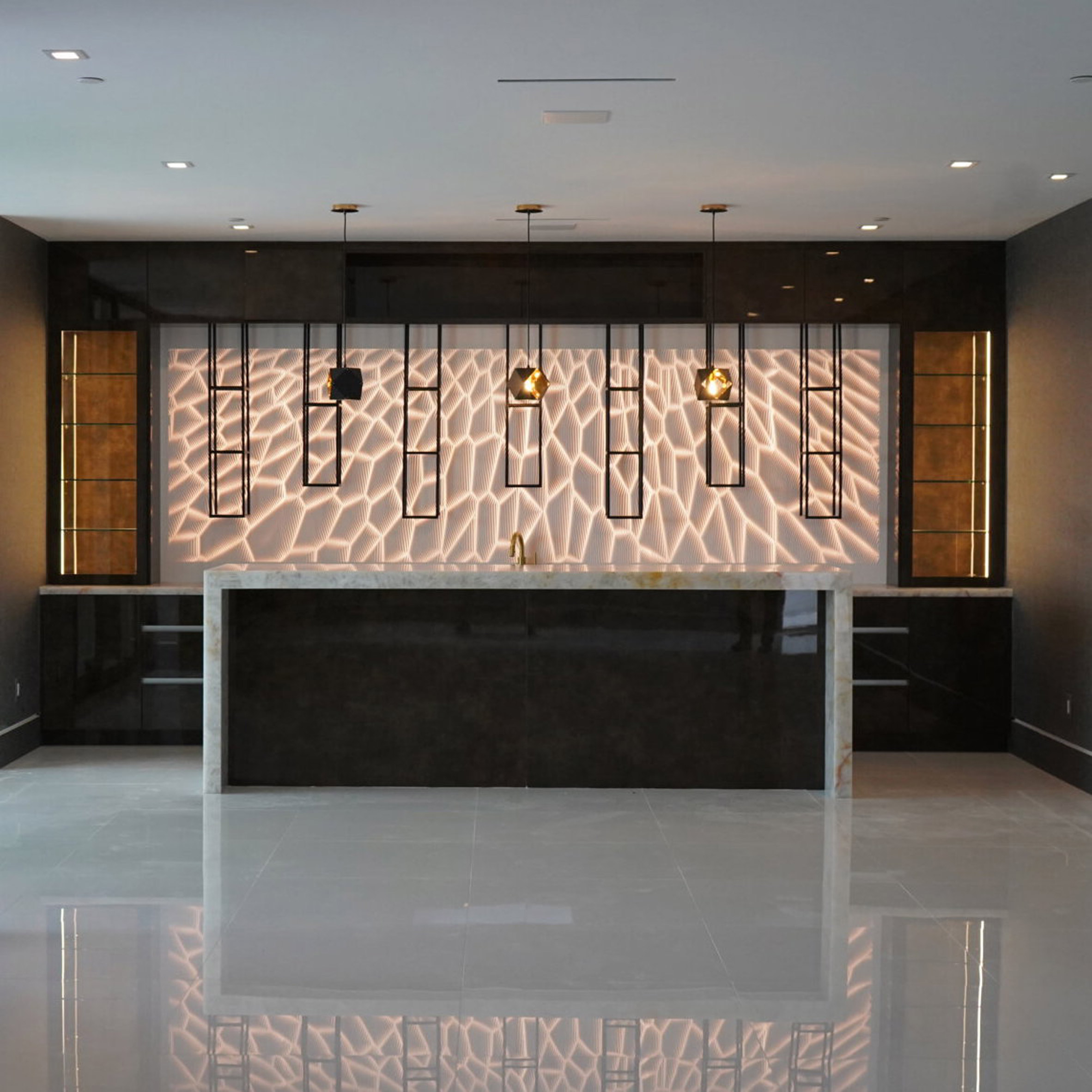 The multidimensional feature walls can be completed with backlighting, surface lighting or smart lighting
The multidimensional feature walls can be completed with backlighting, surface lighting or smart lighting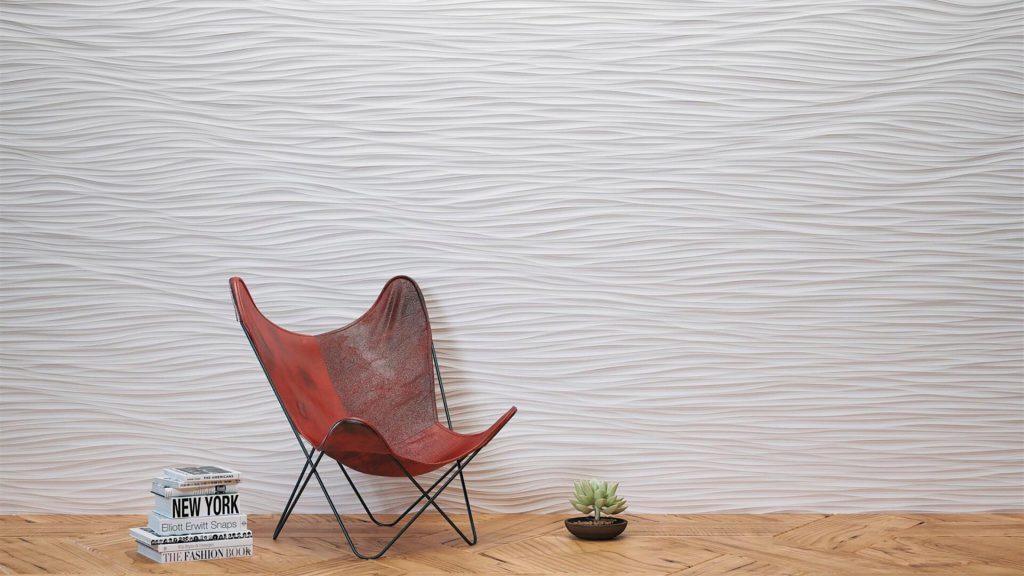
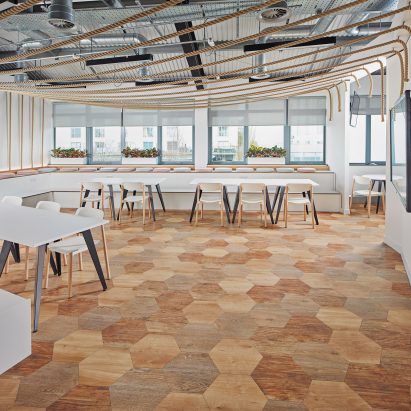
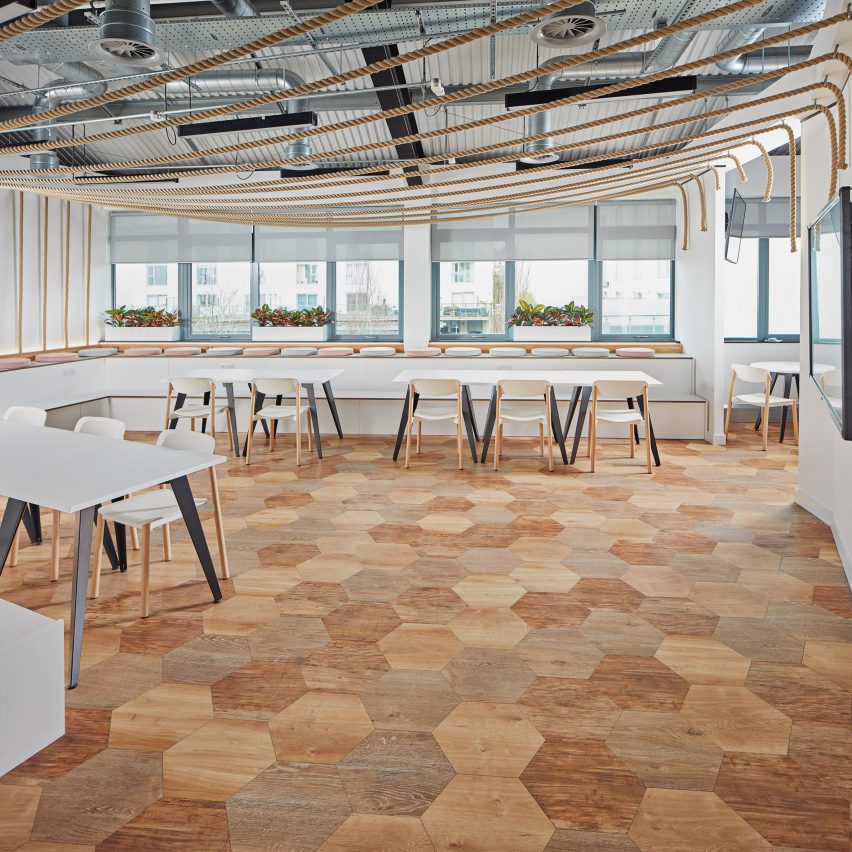
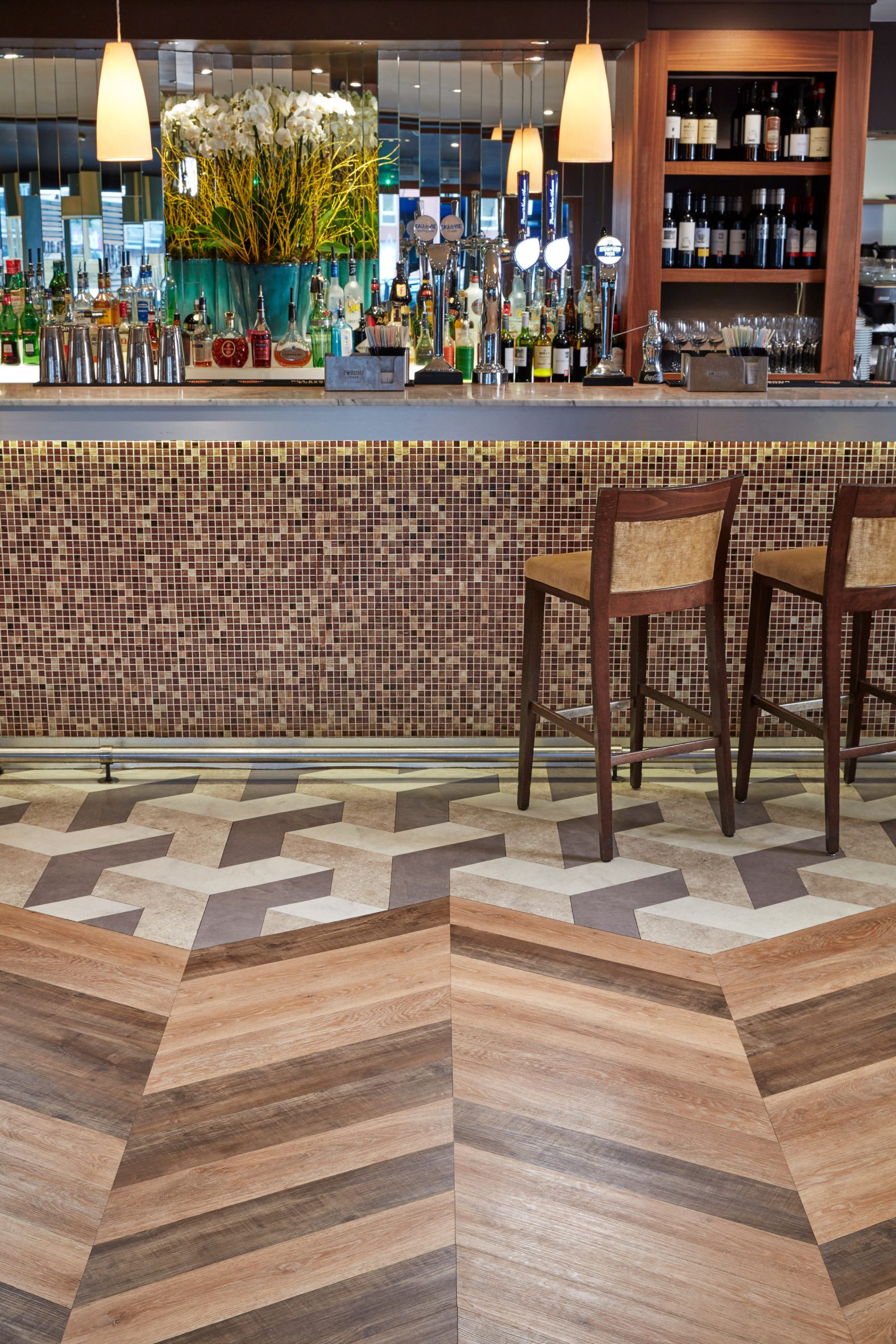 The Kaleidoscope luxury vinyl tile collection features wood and stone effects as well as solid colours
The Kaleidoscope luxury vinyl tile collection features wood and stone effects as well as solid colours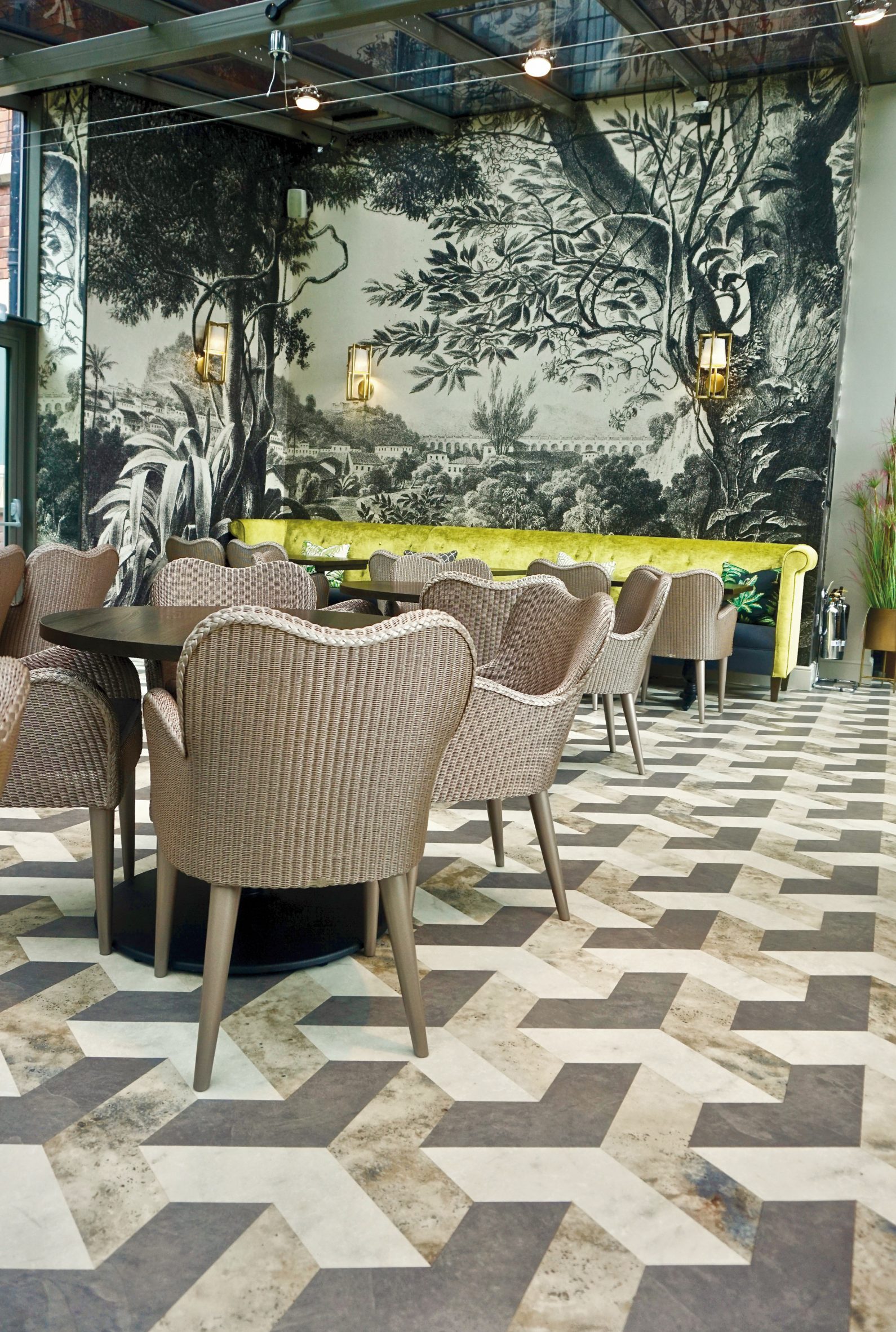 The tiles are ideal for busy commercial environments such as hospitality venues
The tiles are ideal for busy commercial environments such as hospitality venues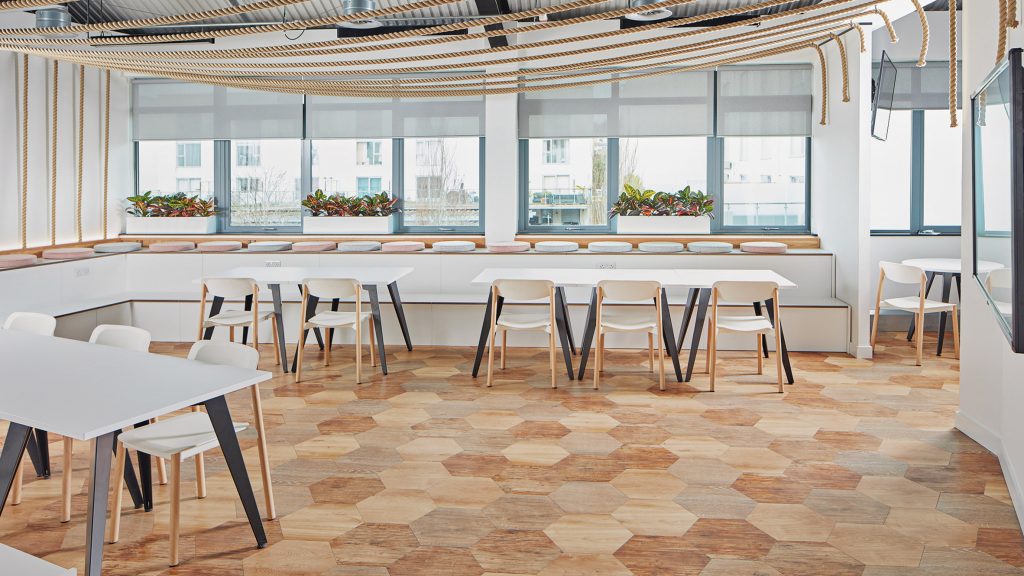
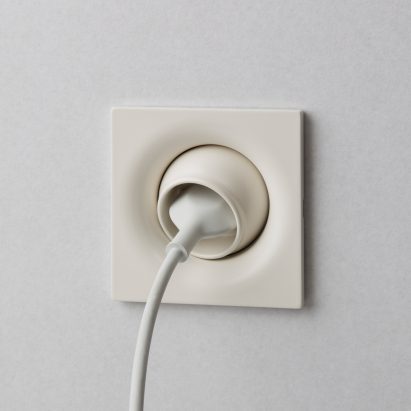
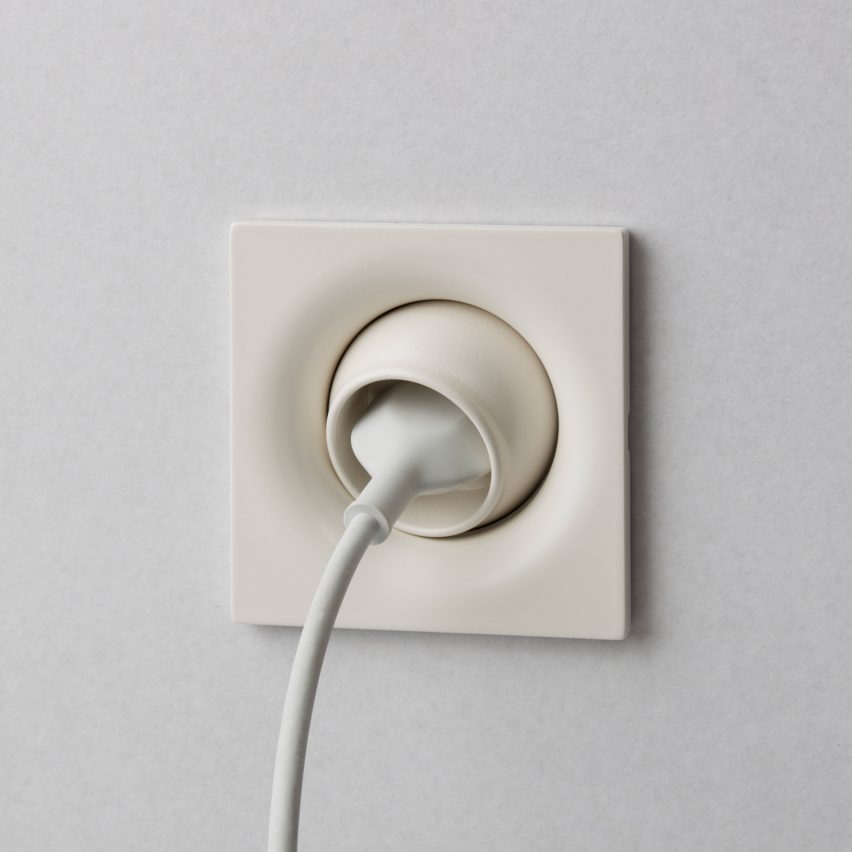
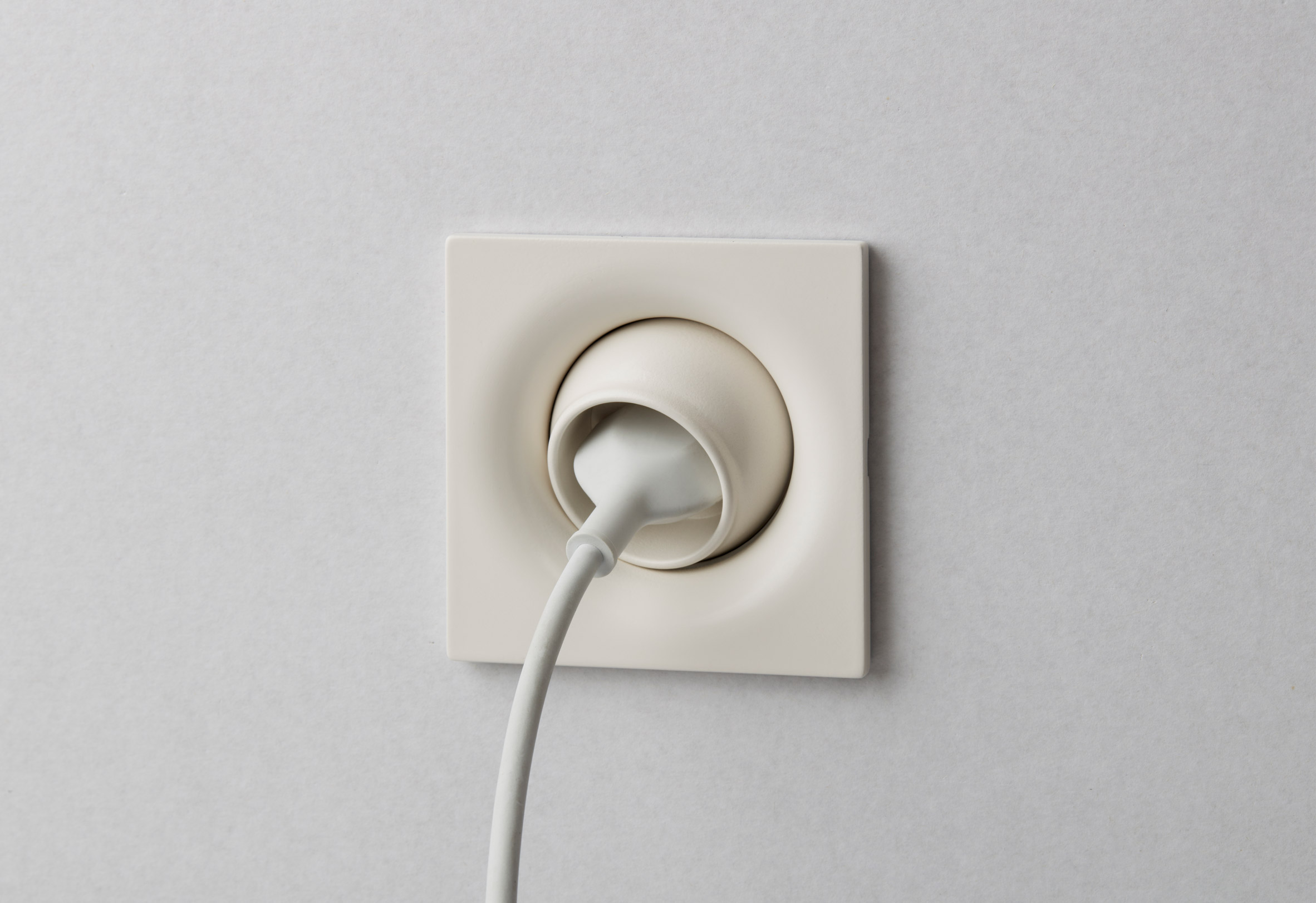 The Elos collection encompasses sockets (above), switches and USB-charging ports (top image)
The Elos collection encompasses sockets (above), switches and USB-charging ports (top image)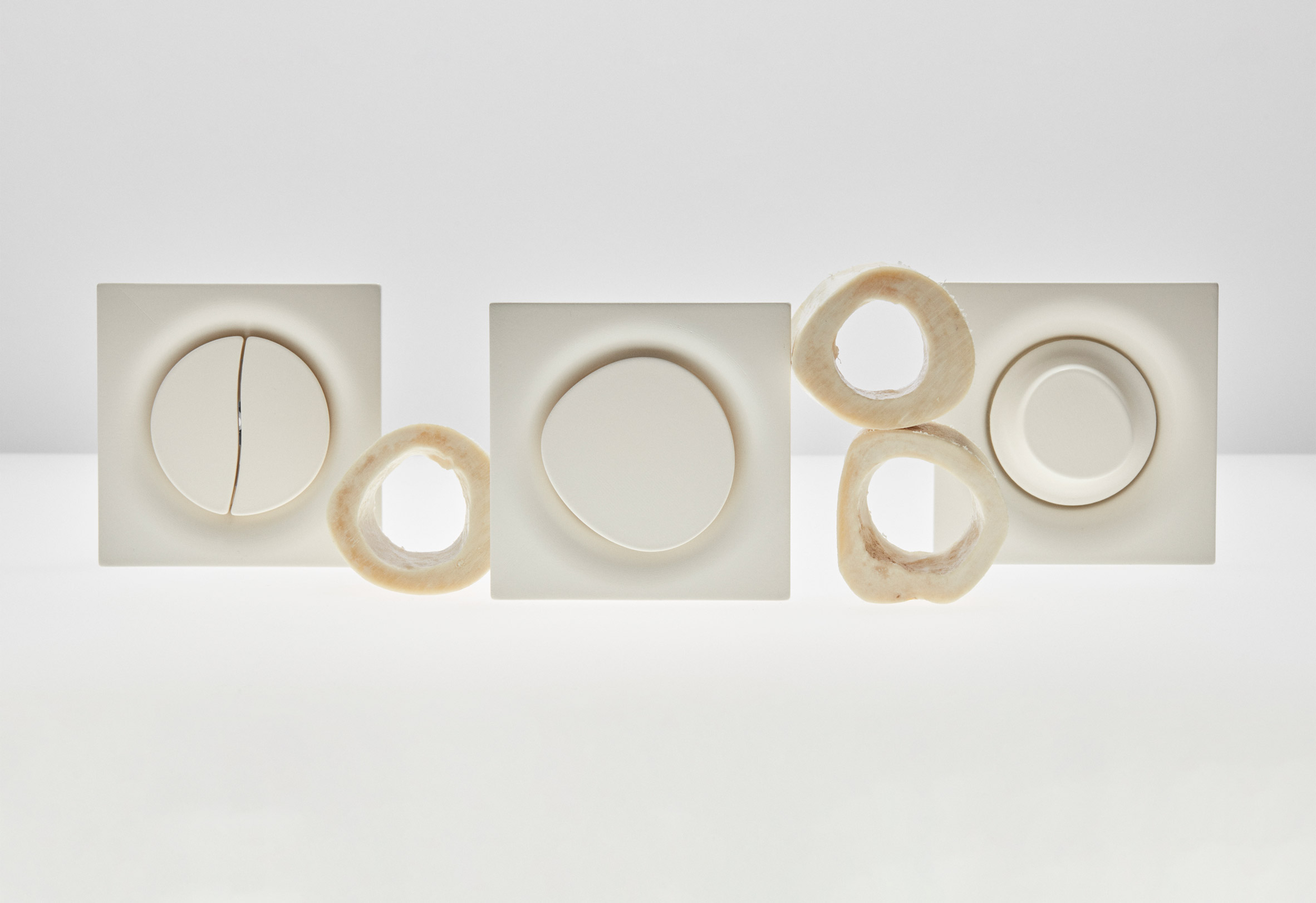 The fittings are made from bone powder mixed with a bio-based binder
The fittings are made from bone powder mixed with a bio-based binder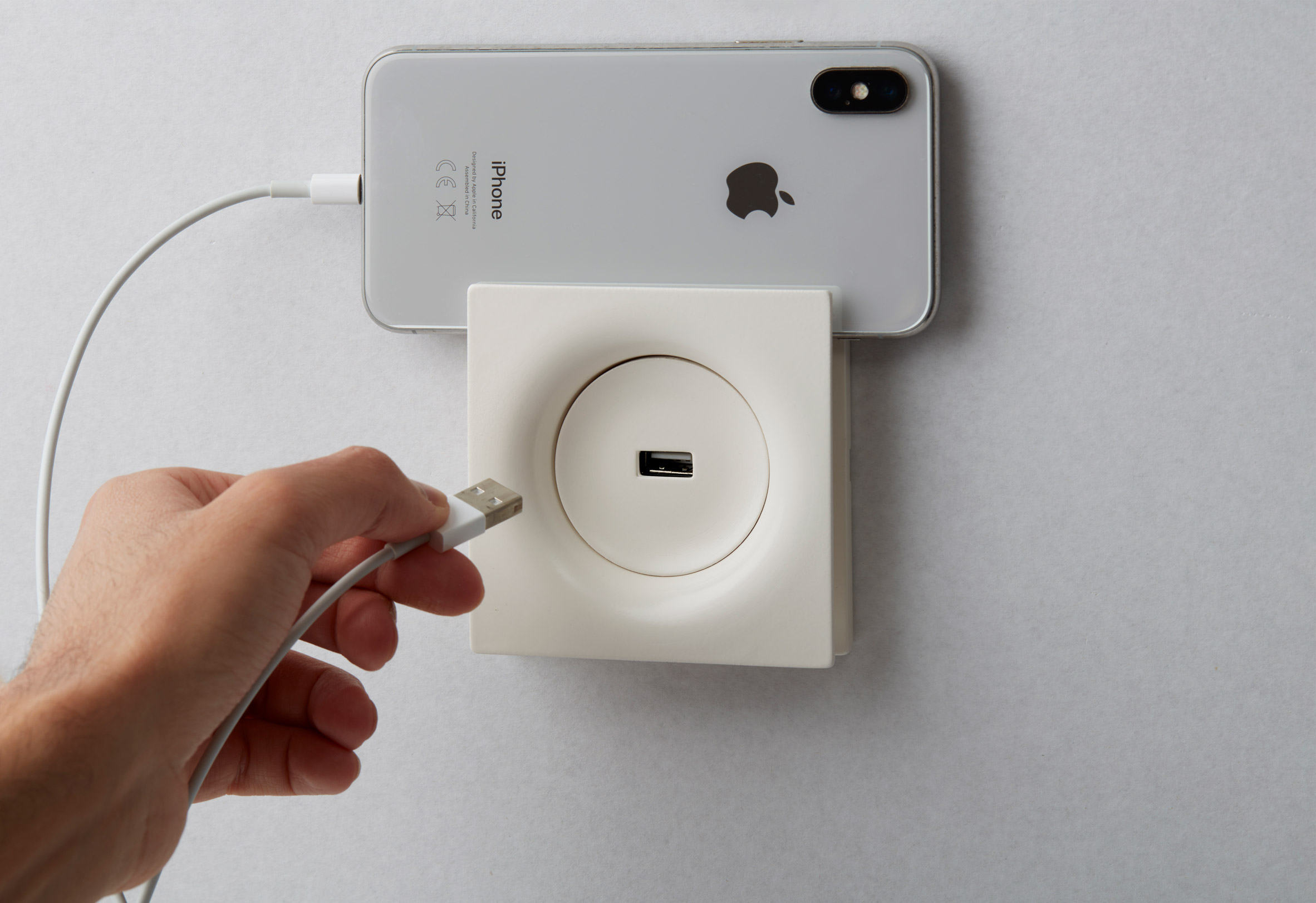 Phones can rest on the protruding baseplate of the USB port while charging
Phones can rest on the protruding baseplate of the USB port while charging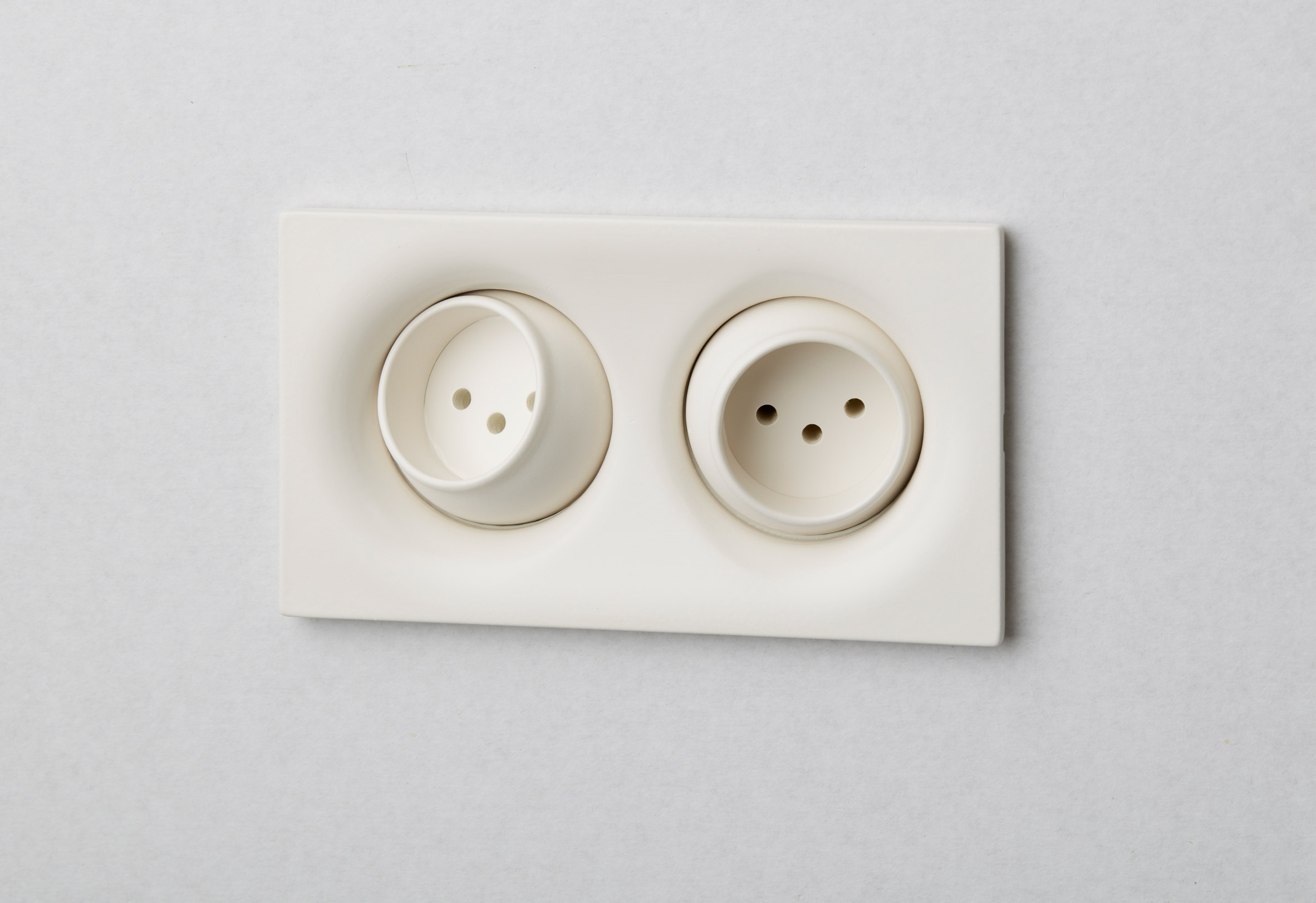 The sockets can rotate to protect cables from wear and tear
The sockets can rotate to protect cables from wear and tear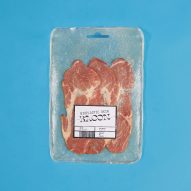
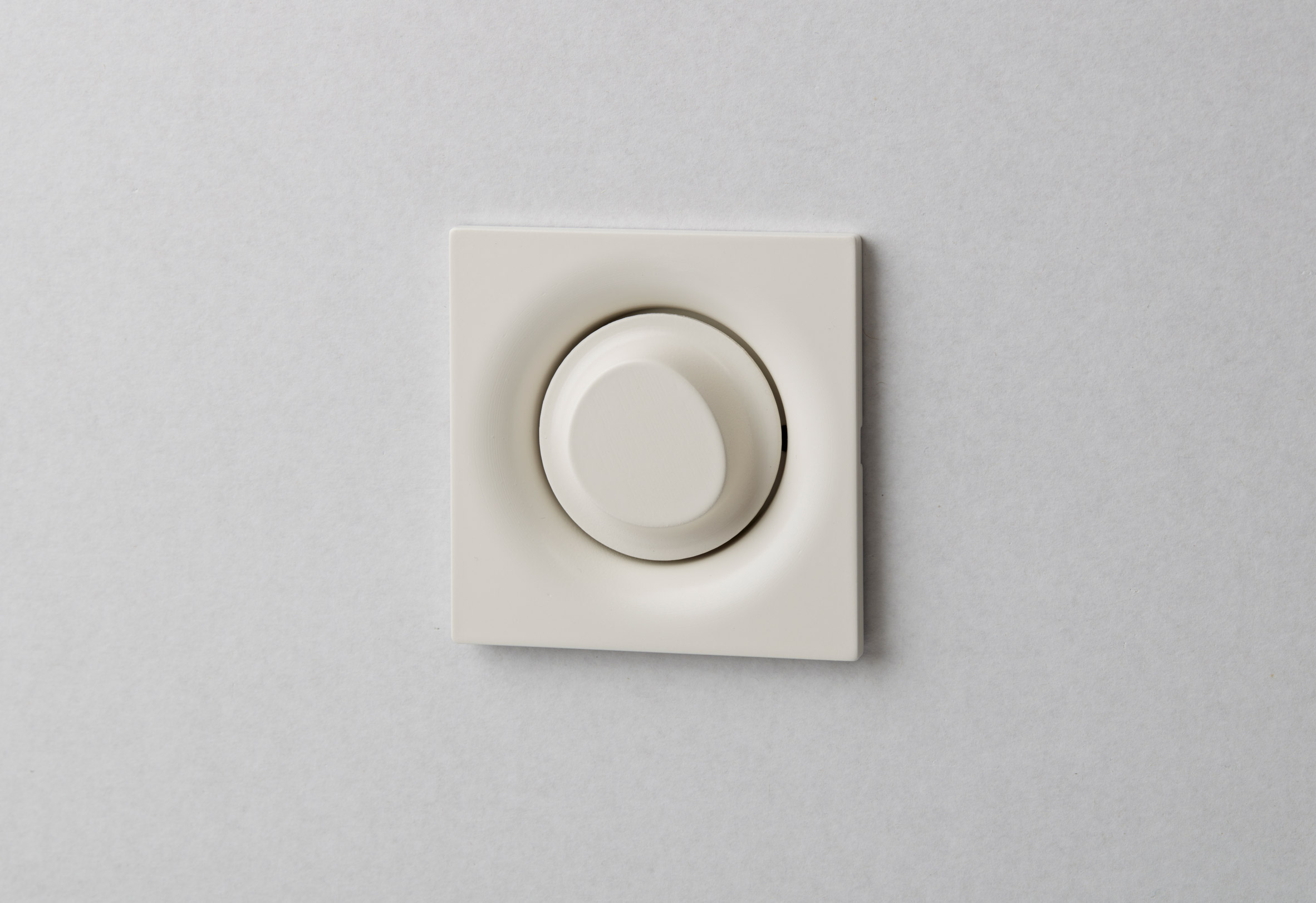 The light switches are modelled on the shape of a cross-section thigh bone
The light switches are modelled on the shape of a cross-section thigh bone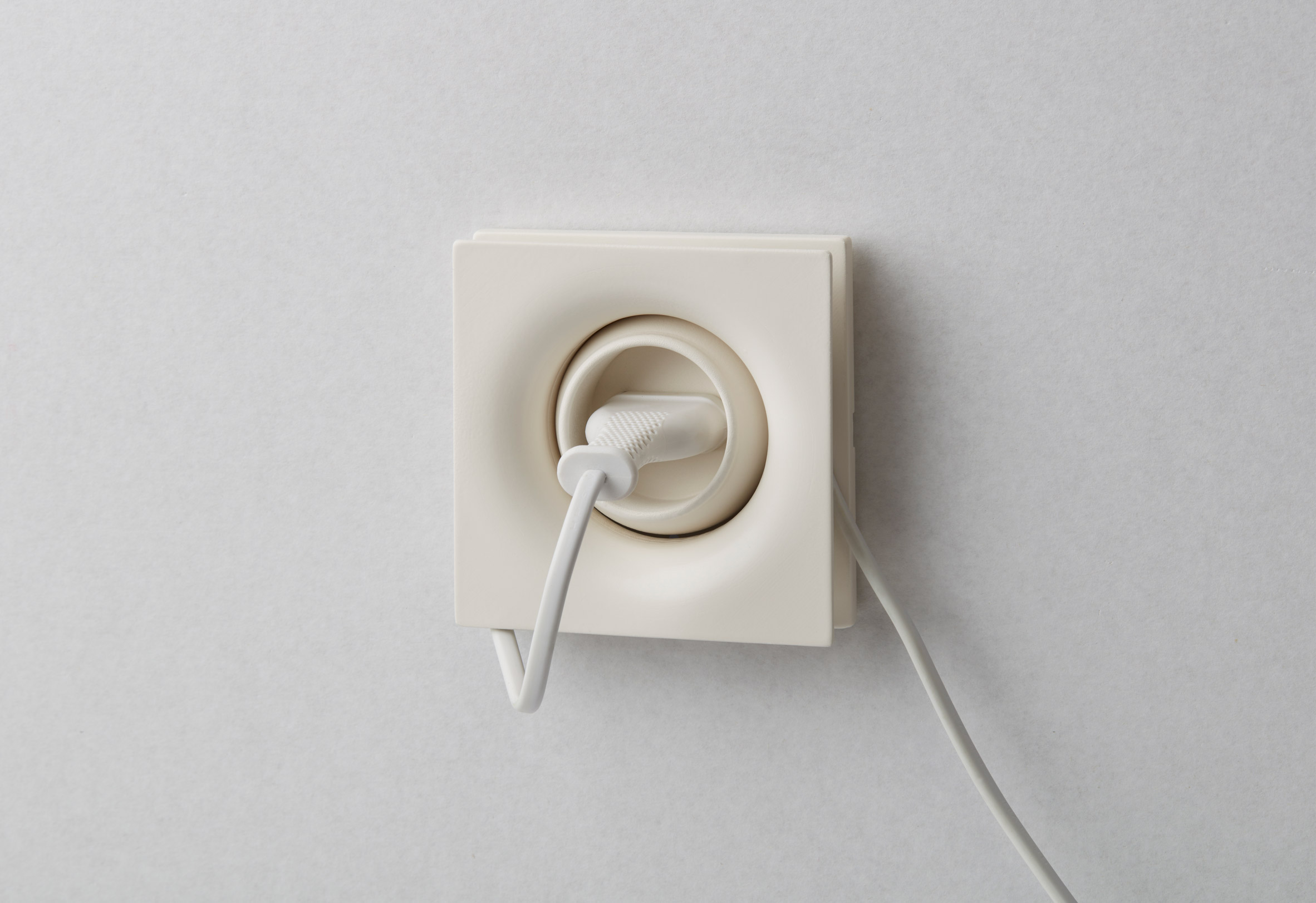 The protruding baseplate can also act as a cable reel
The protruding baseplate can also act as a cable reel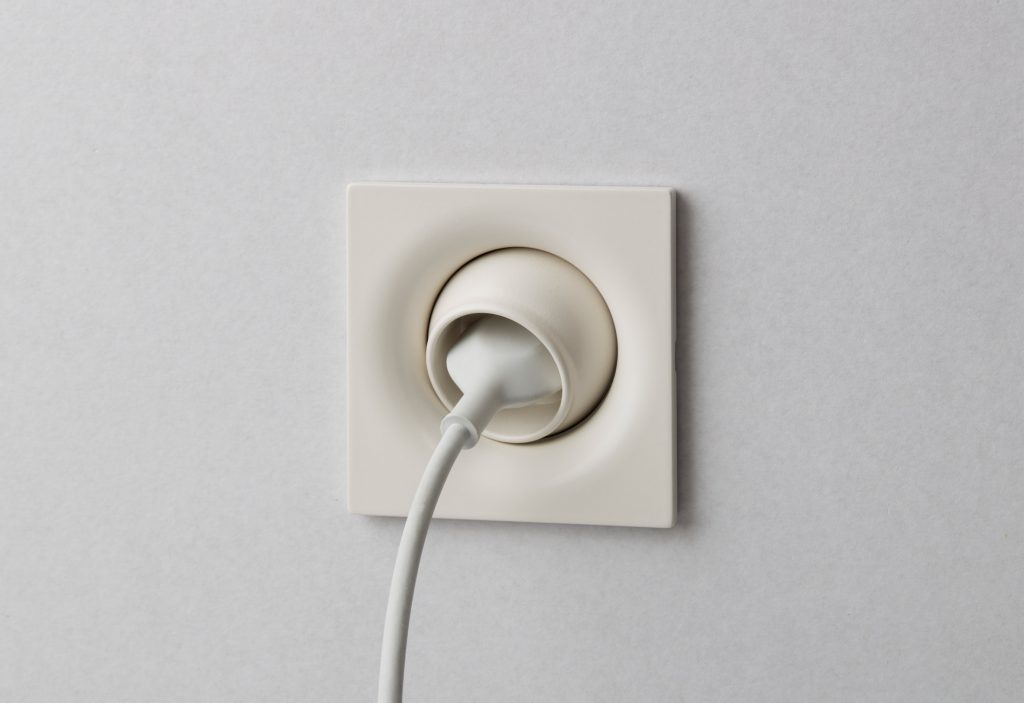


 HP printers can support team communication when working from home
HP printers can support team communication when working from home Printers can support integration between physical and digital working
Printers can support integration between physical and digital working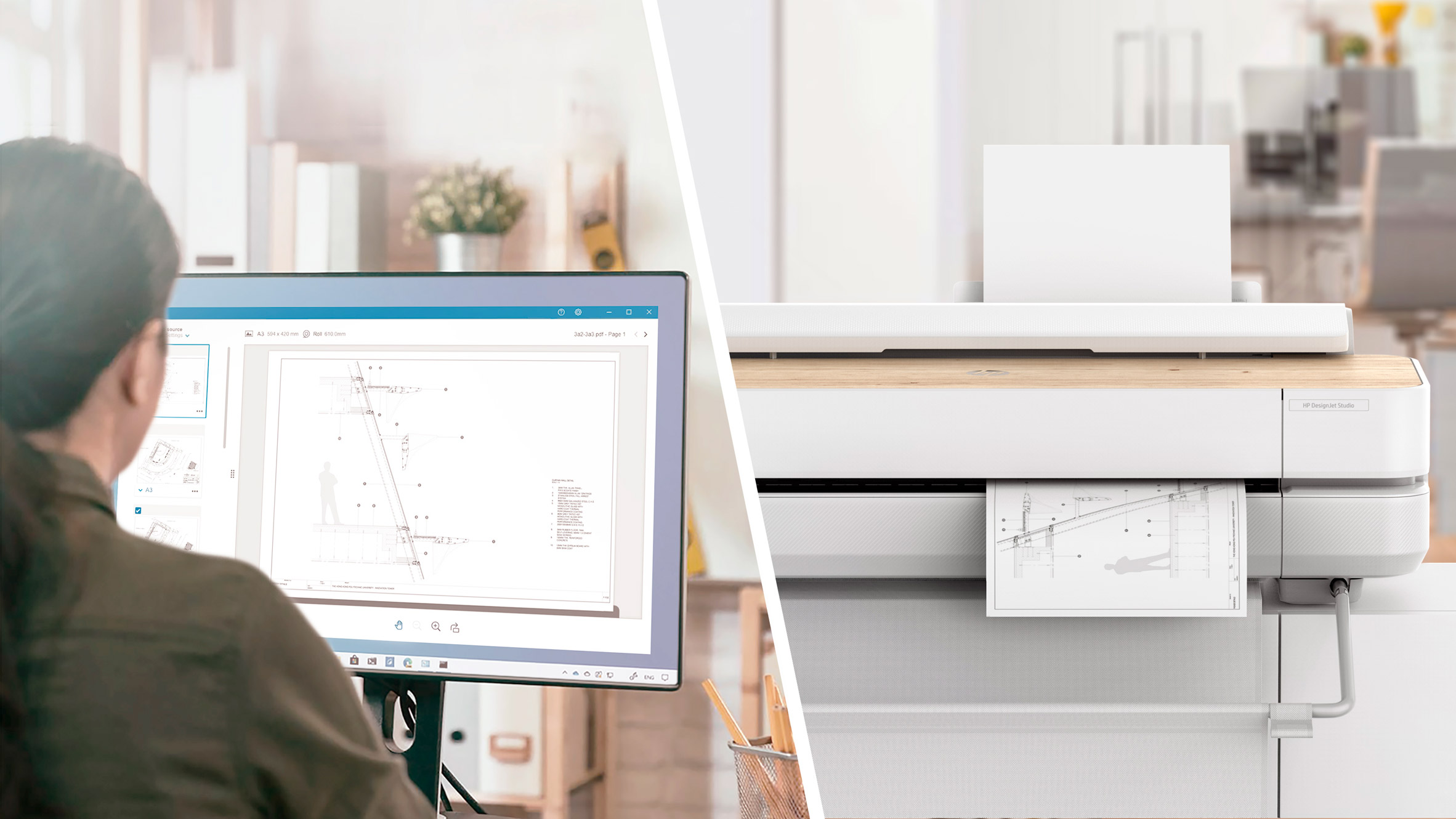 Printed drawings can help to reduce communication errors
Printed drawings can help to reduce communication errors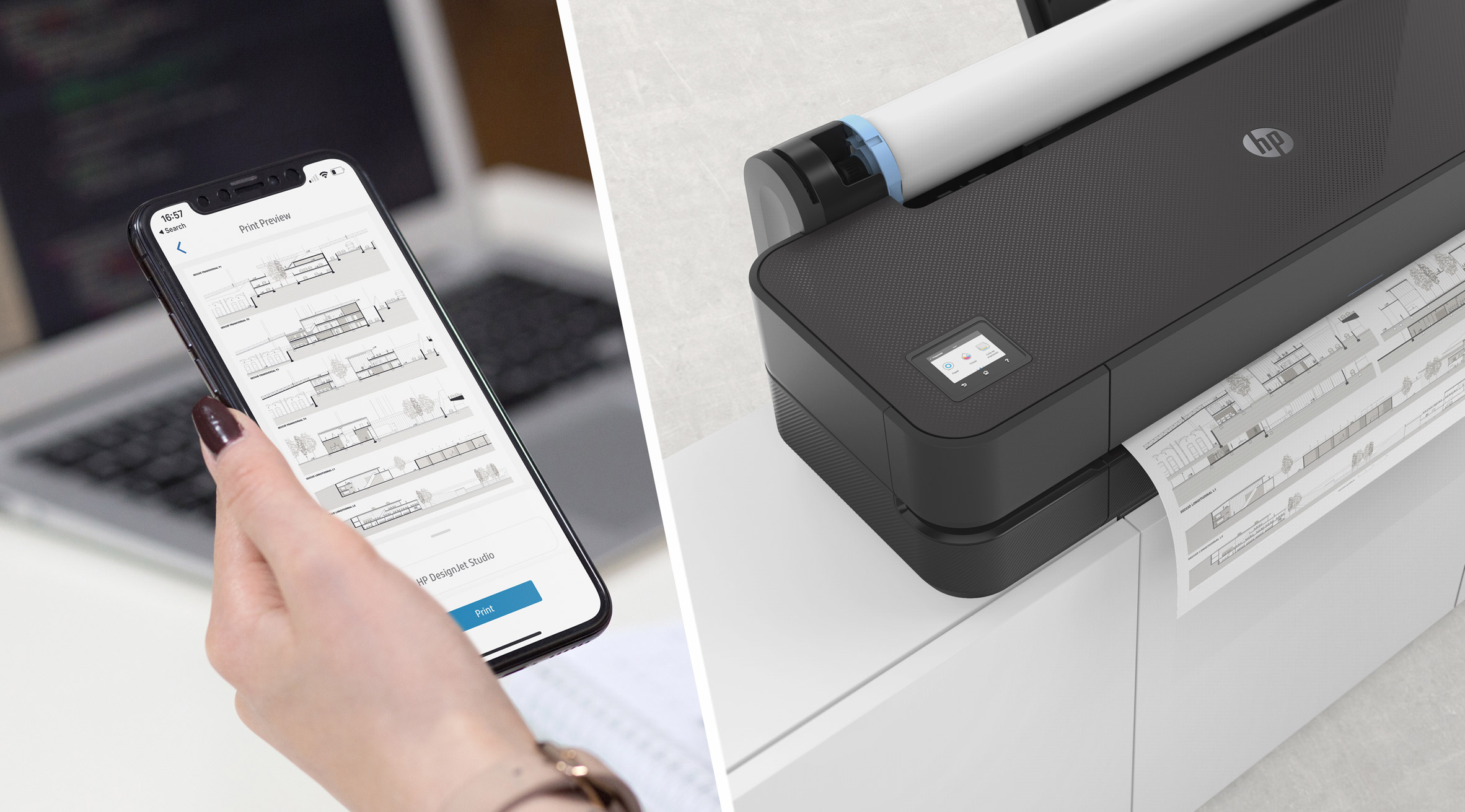 HP large-format printers allow users to print from anywhere
HP large-format printers allow users to print from anywhere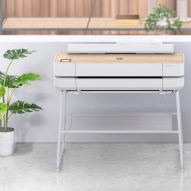
 Built-in scanners allow colleagues to share hand-annotated drawings
Built-in scanners allow colleagues to share hand-annotated drawings
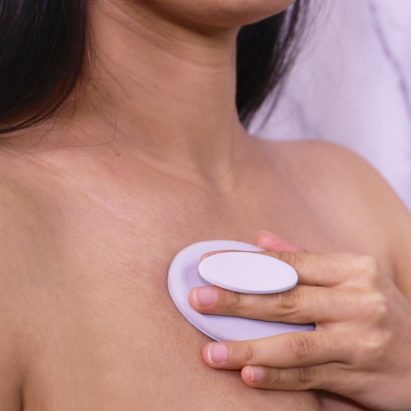
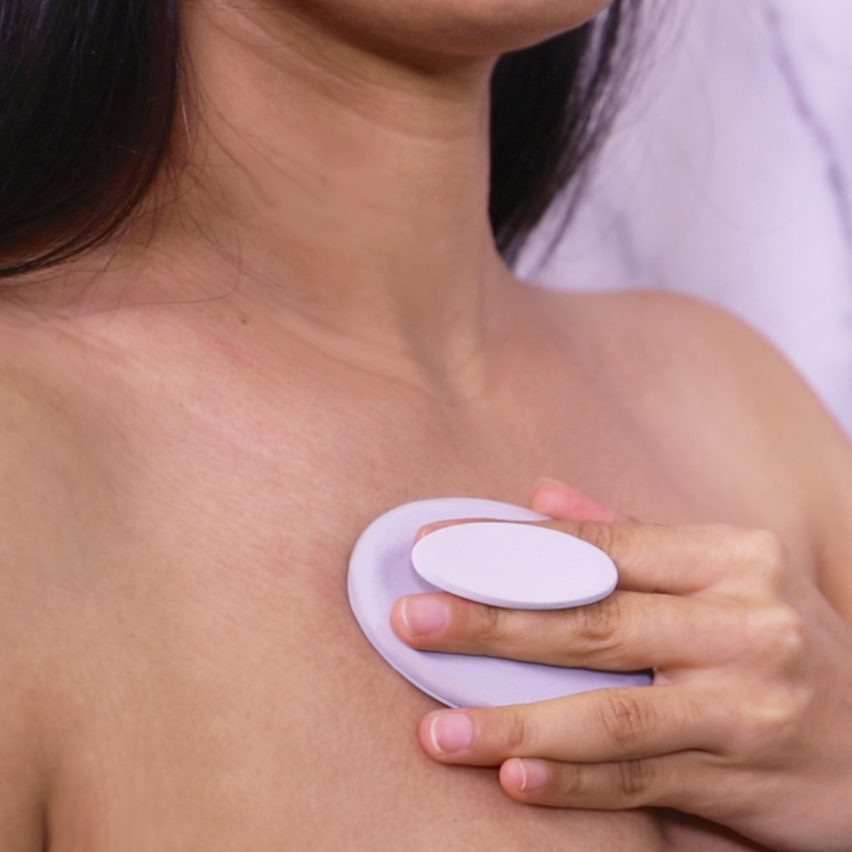
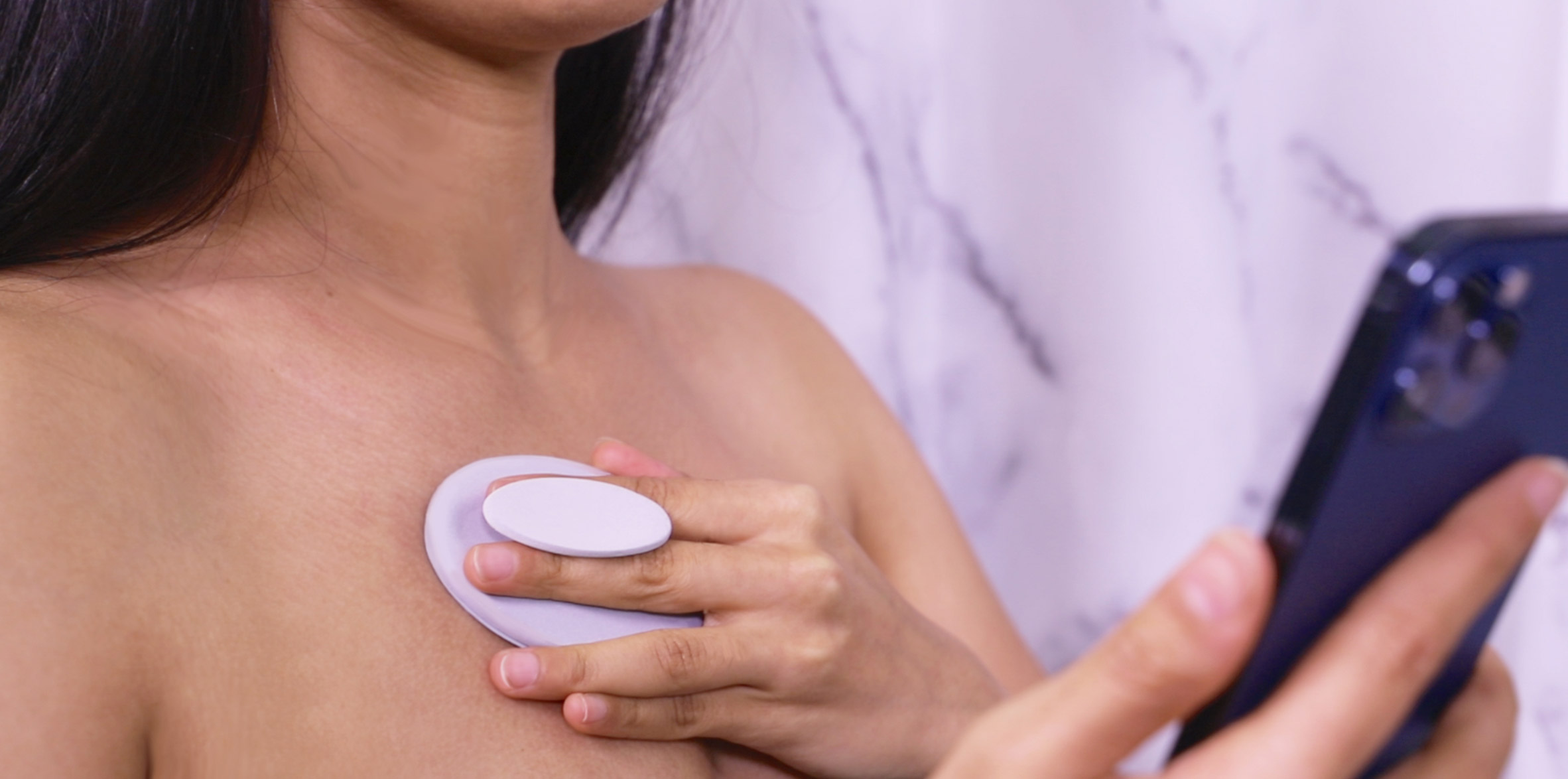 Dotplot is a breast monitoring device
Dotplot is a breast monitoring device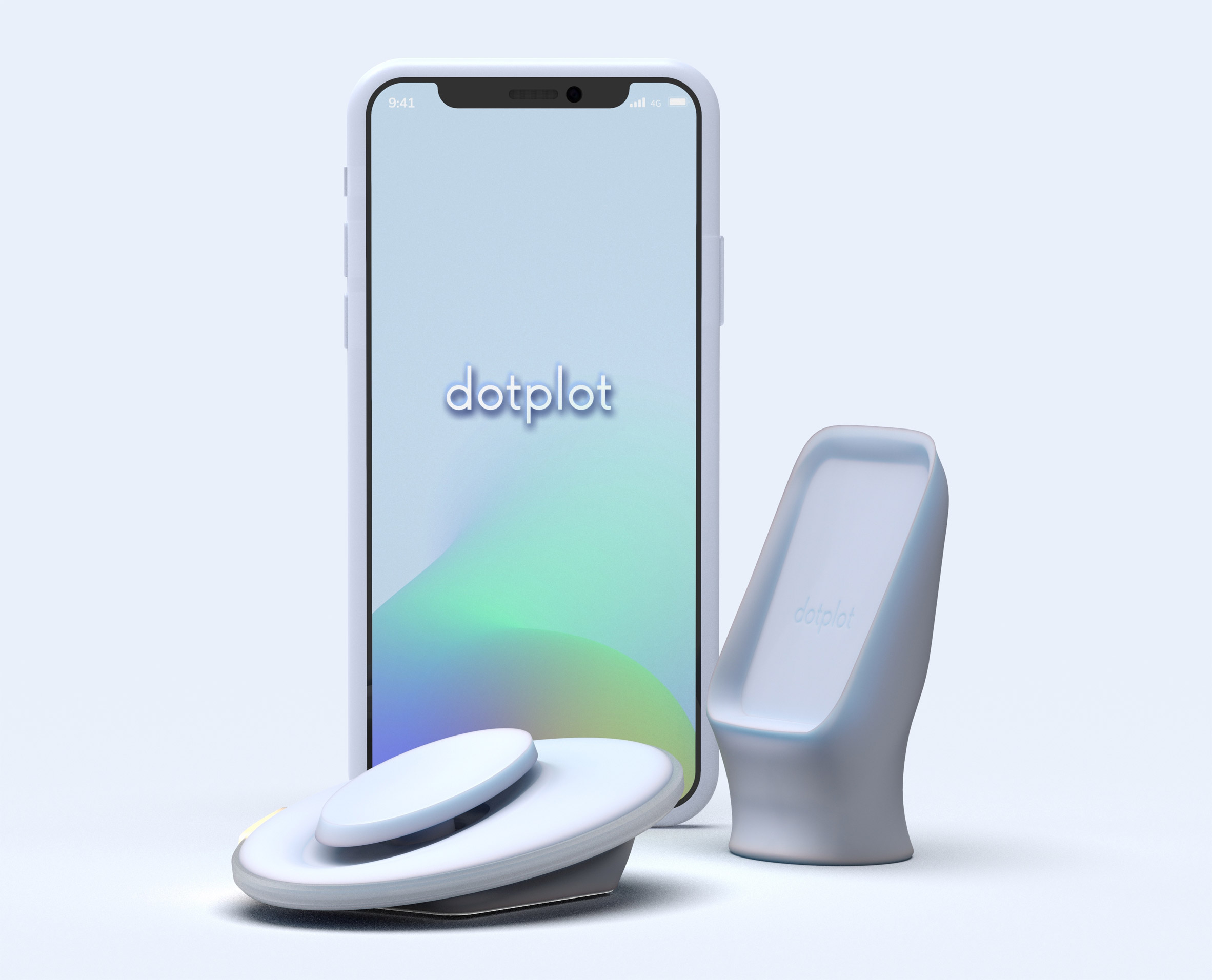 It uses sensing technology to create a map of the user's breasts
It uses sensing technology to create a map of the user's breasts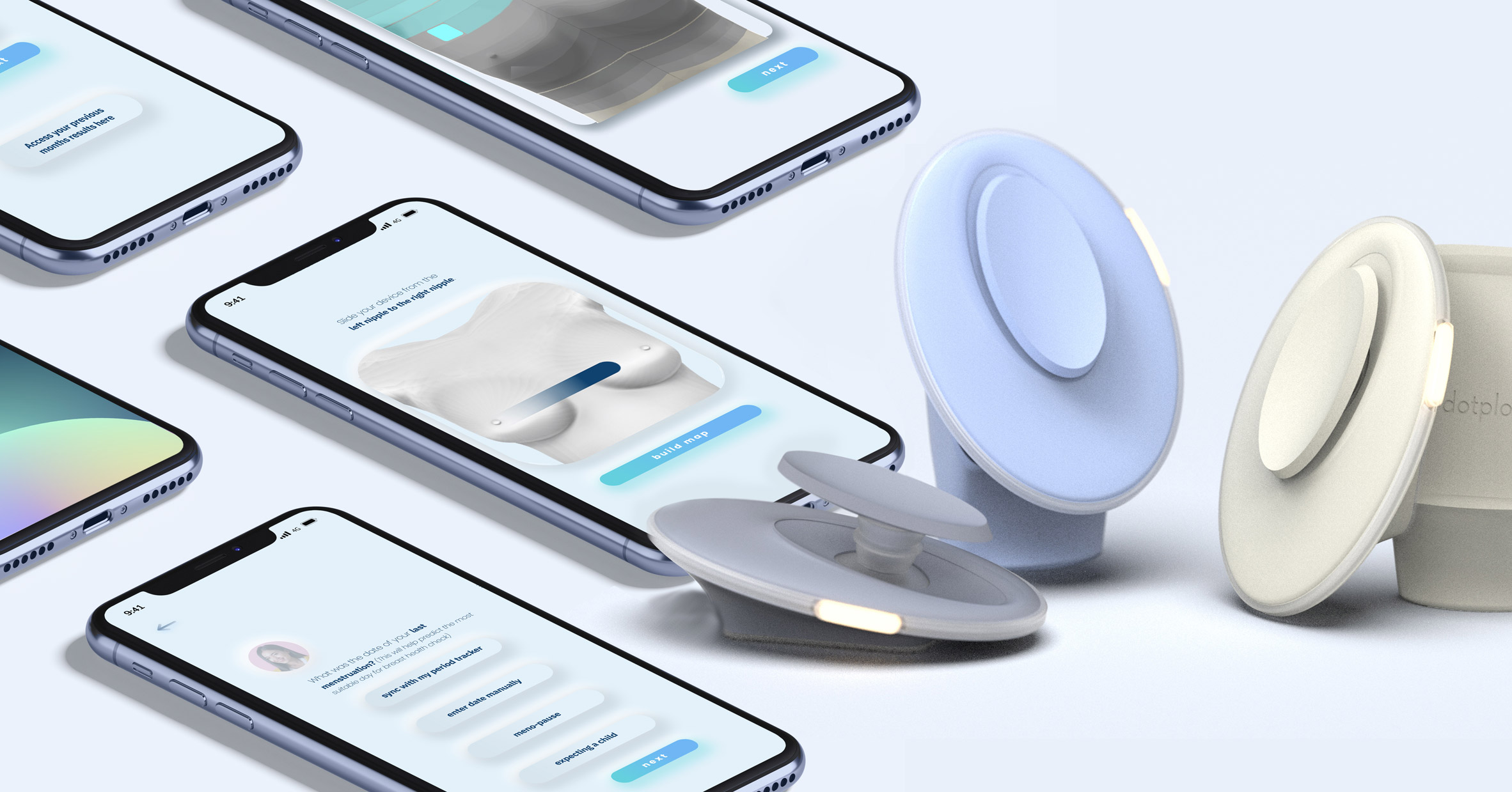 The device can be connected to an app that guides users as they check their breasts
The device can be connected to an app that guides users as they check their breasts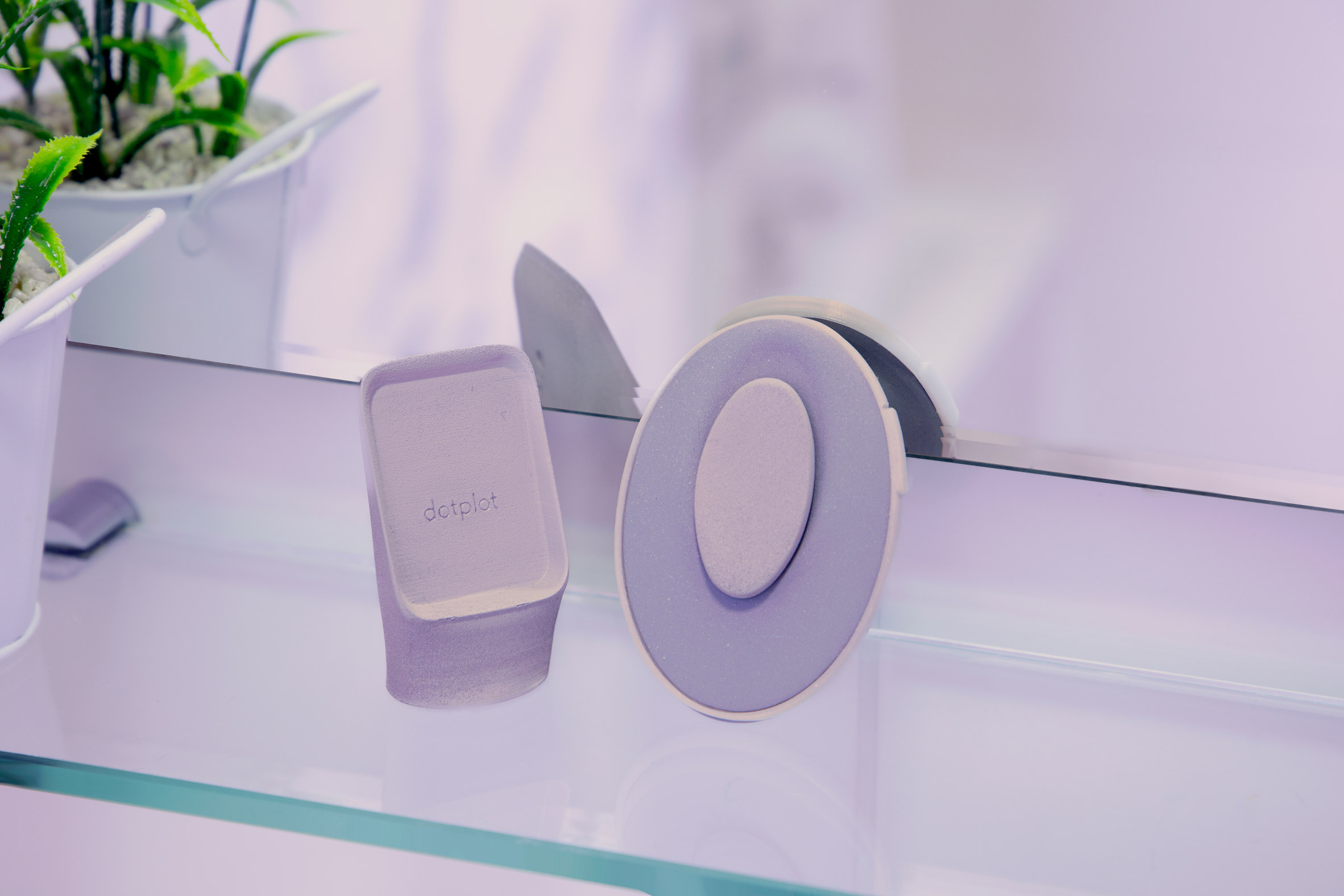 The tool builds a map of the user's chest and takes readings of their breast tissue
The tool builds a map of the user's chest and takes readings of their breast tissue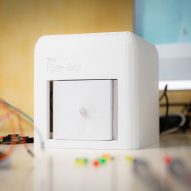
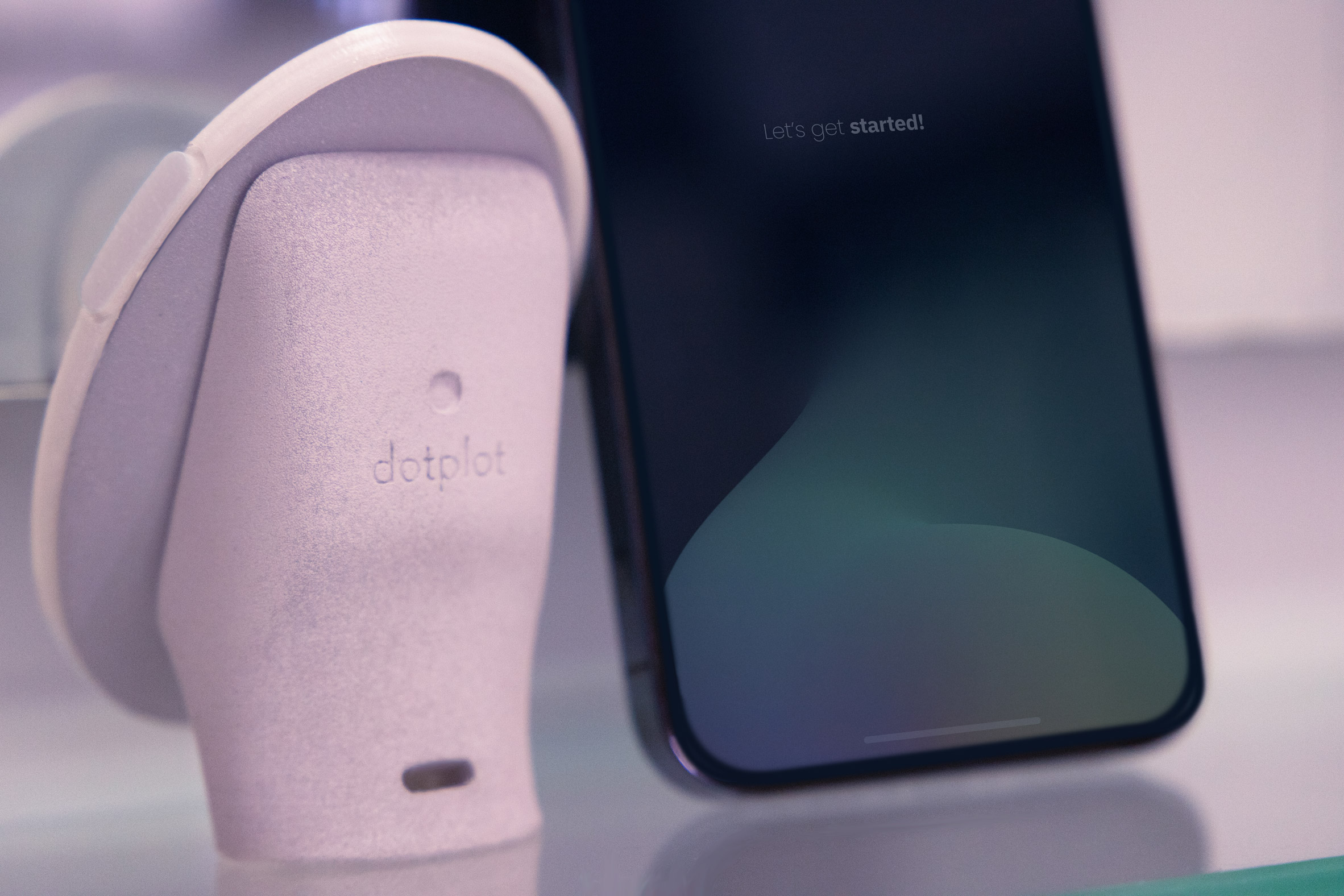 It comes in a choice of colours
It comes in a choice of colours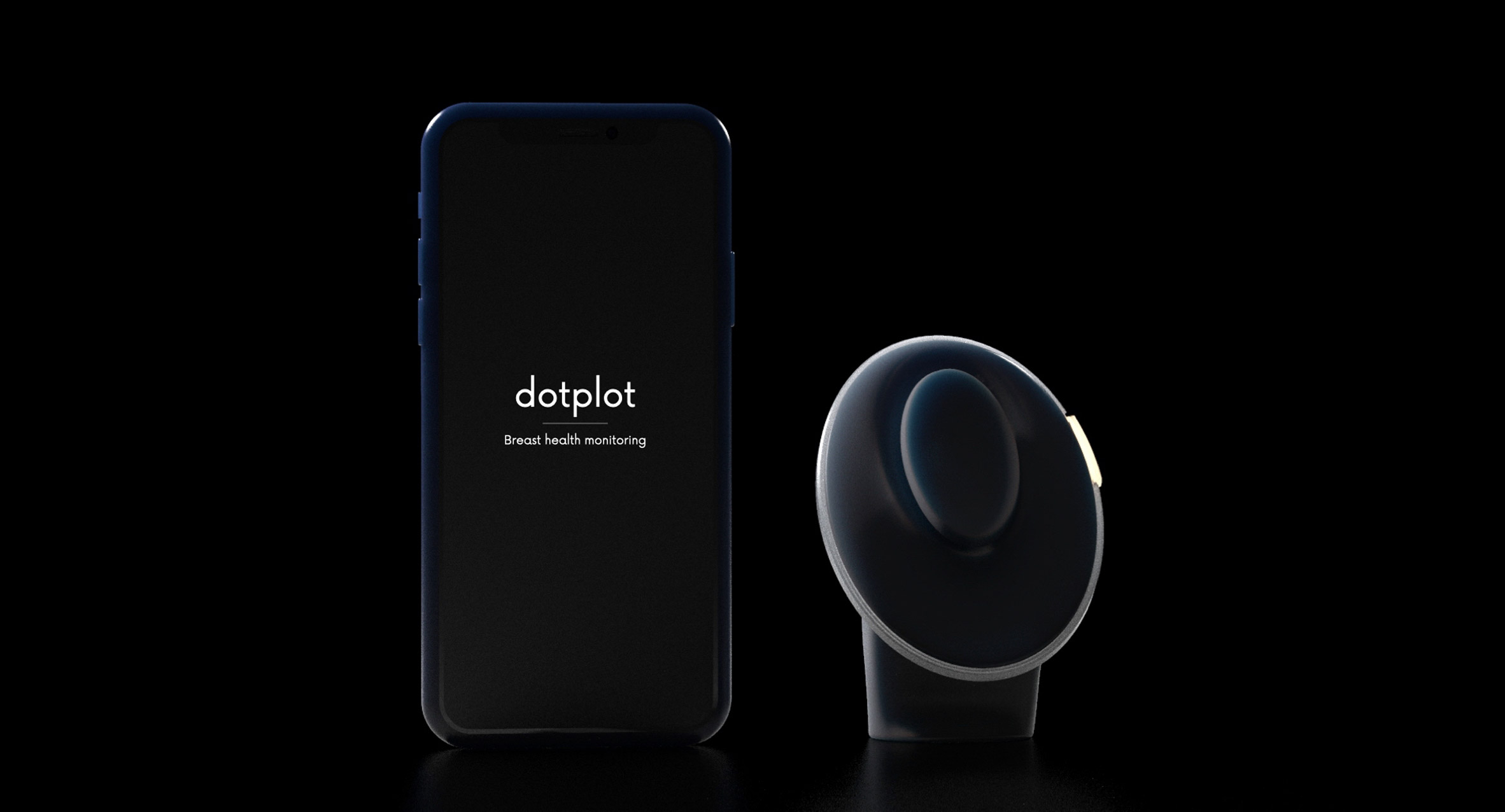 The students hope that it helps more women detect cancers earlier
The students hope that it helps more women detect cancers earlier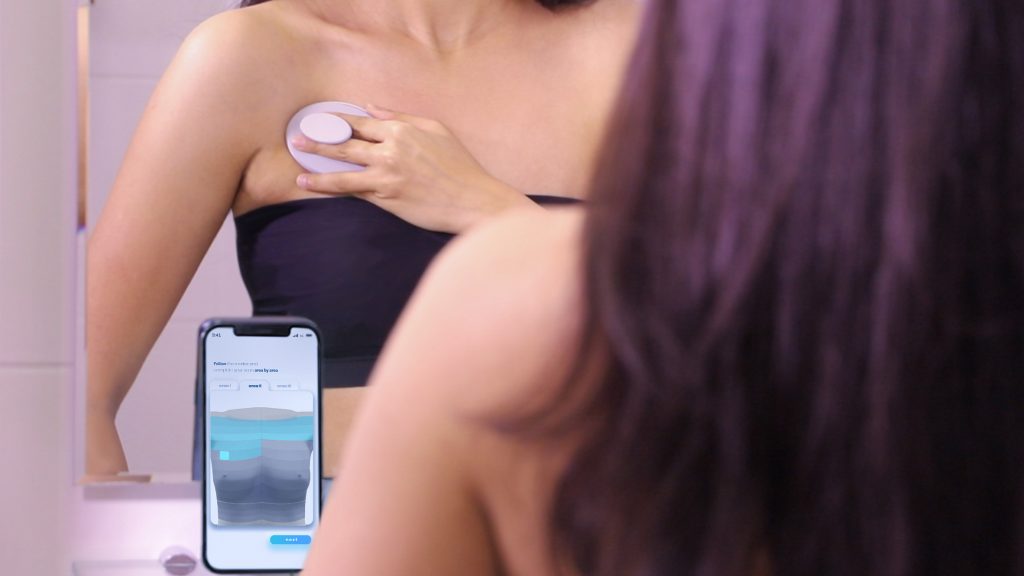
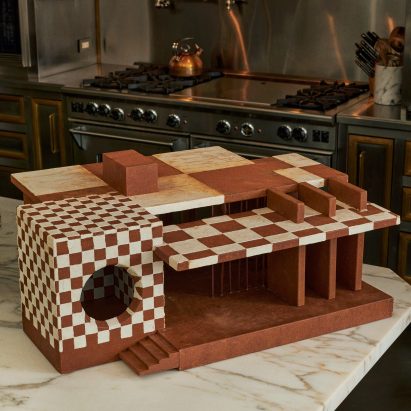
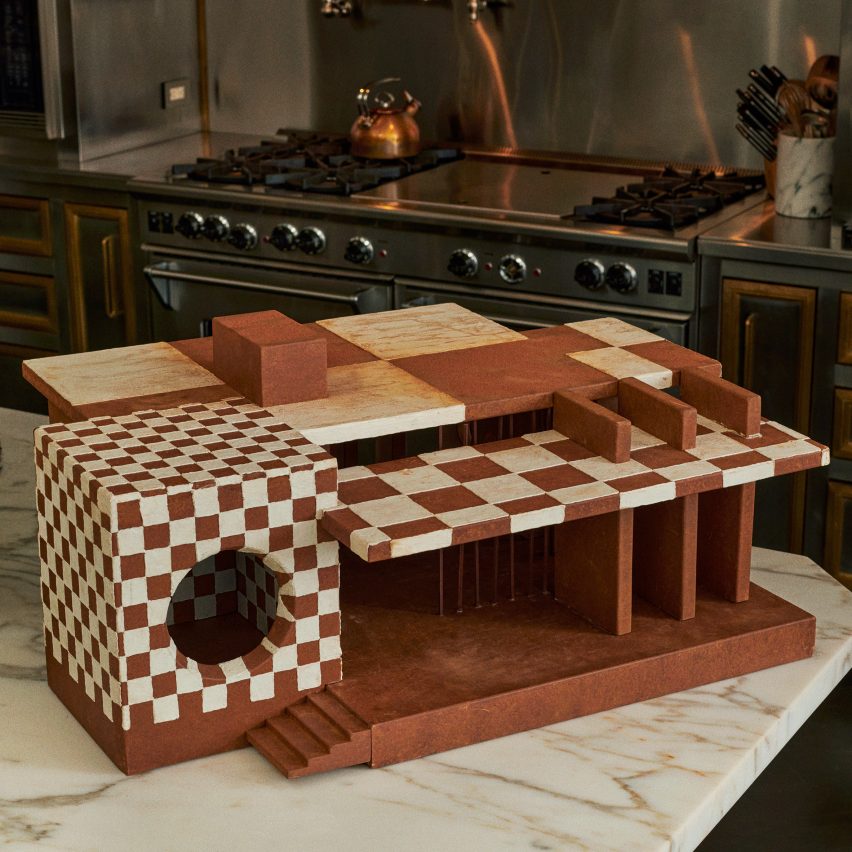
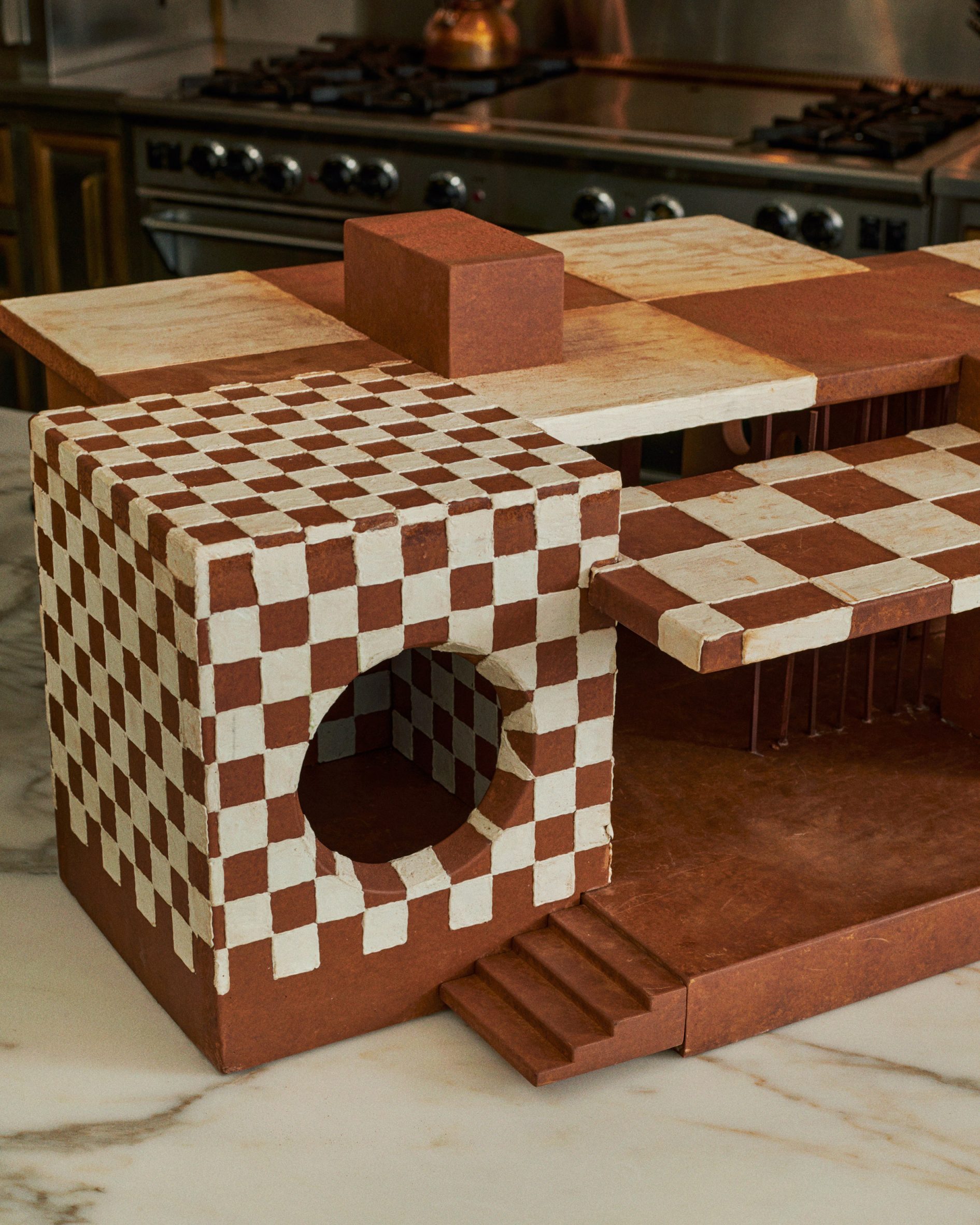 The Gingerbread Dreamhouse is a modernist take on a festive tradition
The Gingerbread Dreamhouse is a modernist take on a festive tradition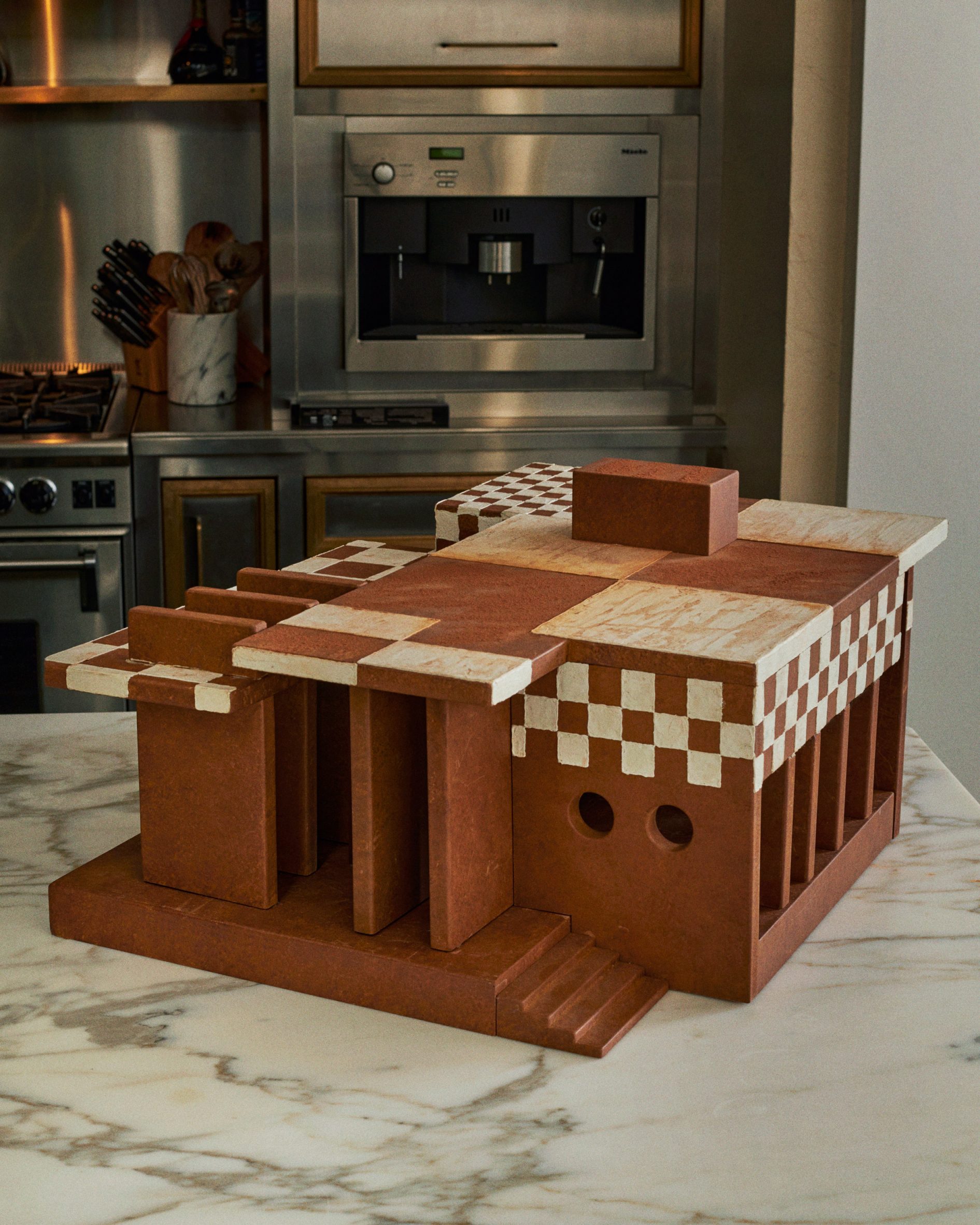 The house is made entirely from gingerbread and icing, with features such as a checkerboard facade and round windows
The house is made entirely from gingerbread and icing, with features such as a checkerboard facade and round windows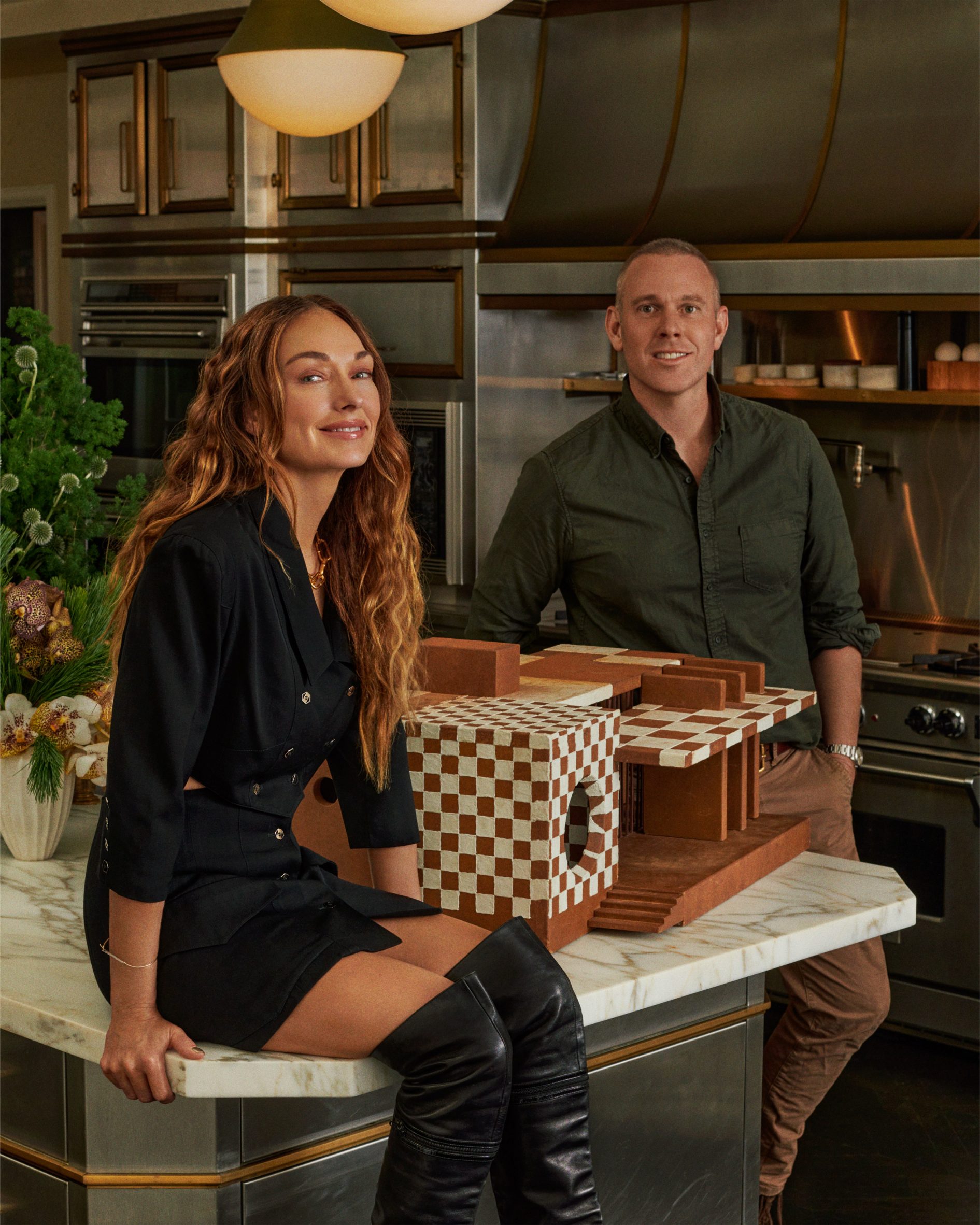 Wearstler devised the Dreamhouse design in collaboration with Richard Christiansen of Flamingo Estate
Wearstler devised the Dreamhouse design in collaboration with Richard Christiansen of Flamingo Estate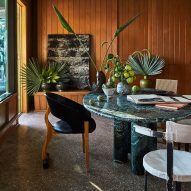
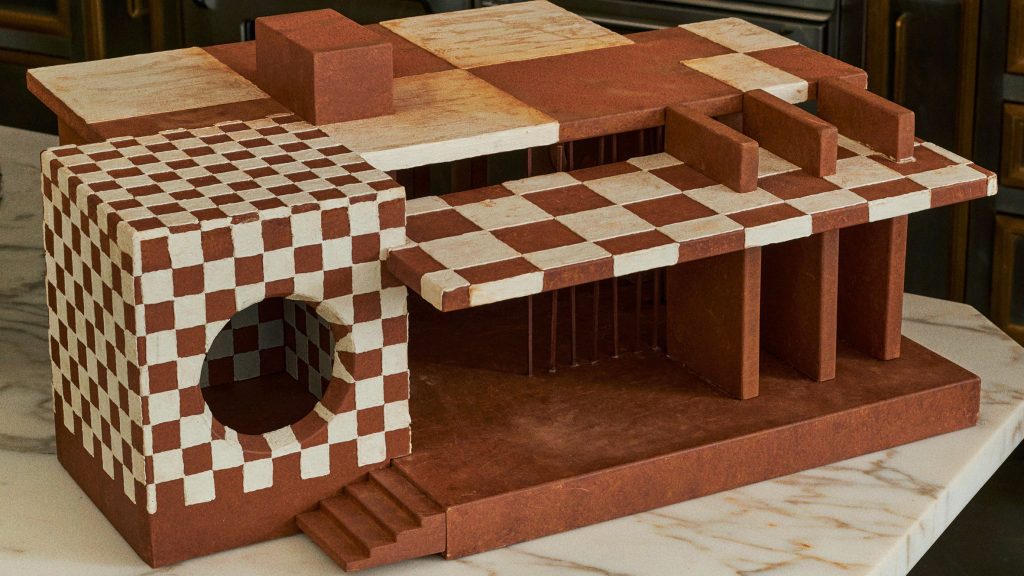
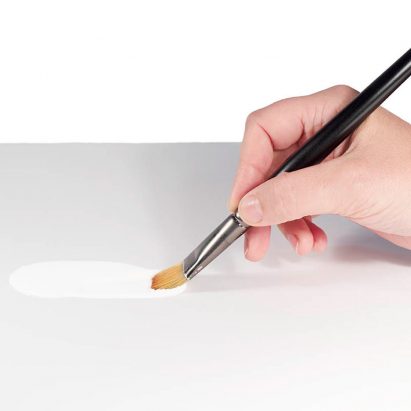
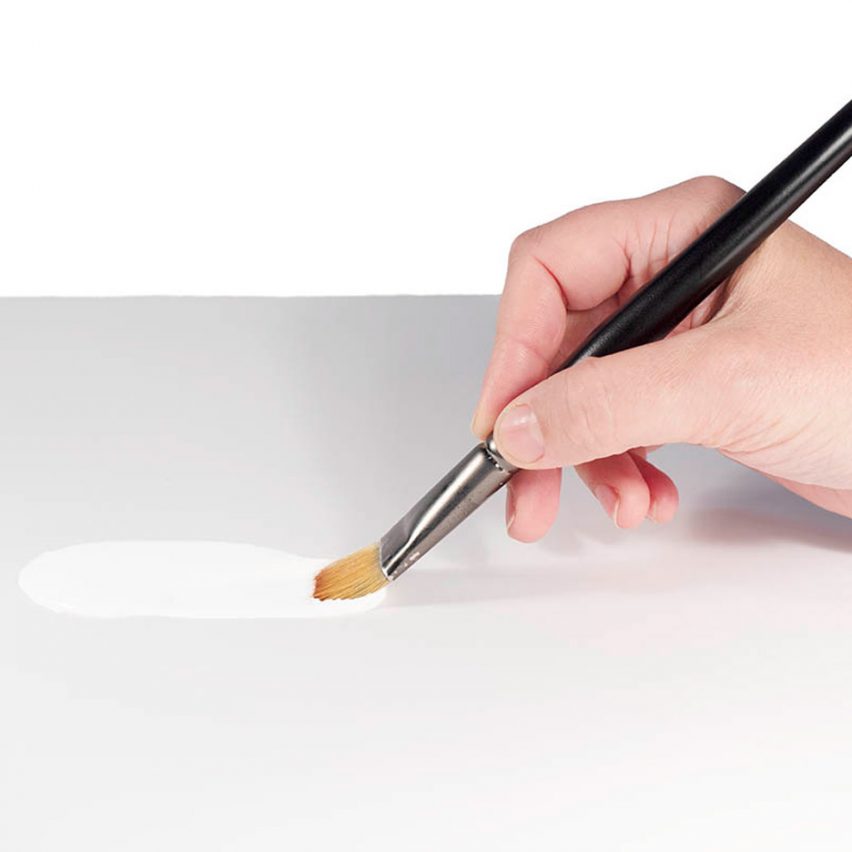
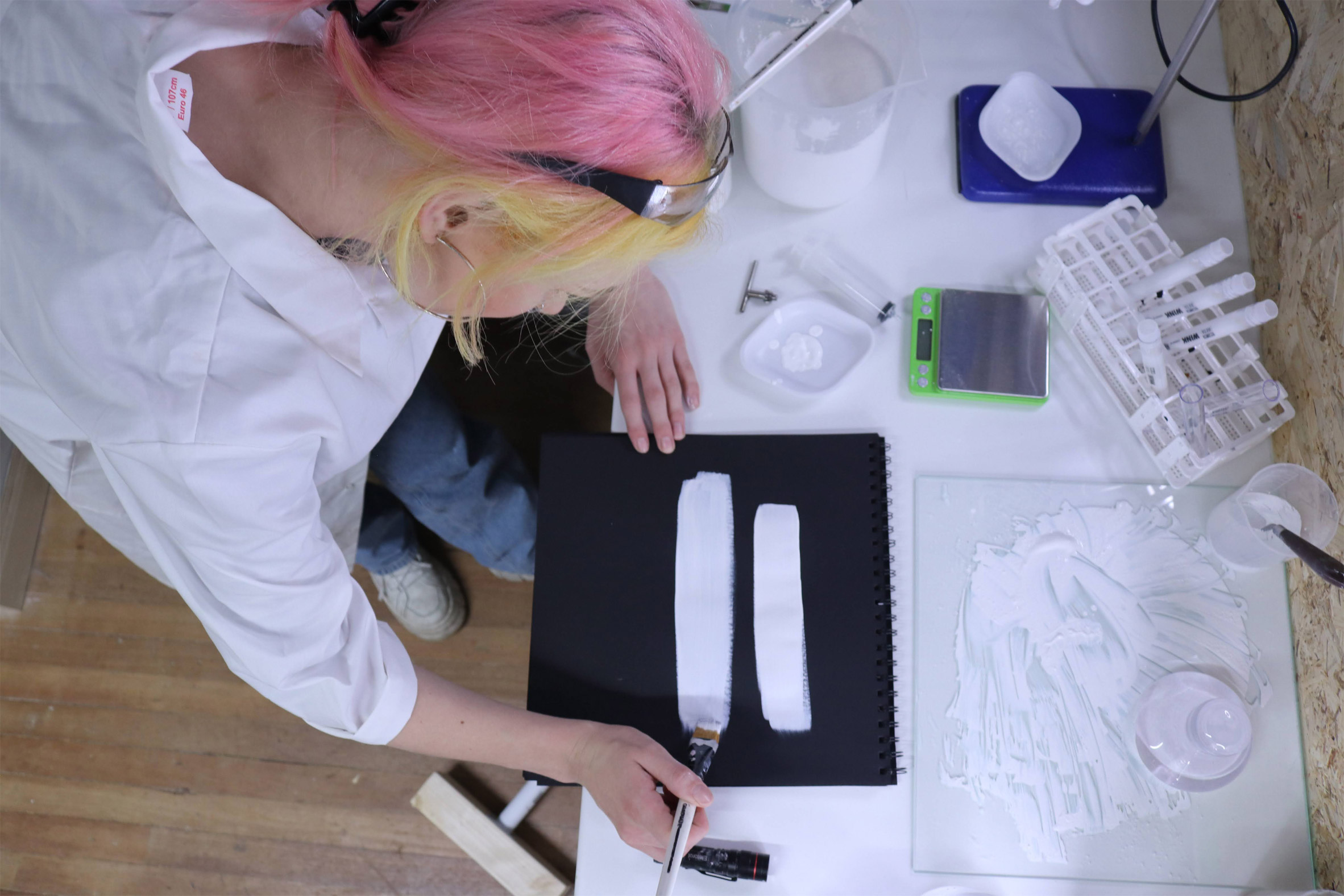 White 2.0 is a bright white acrylic paint by Semple
White 2.0 is a bright white acrylic paint by Semple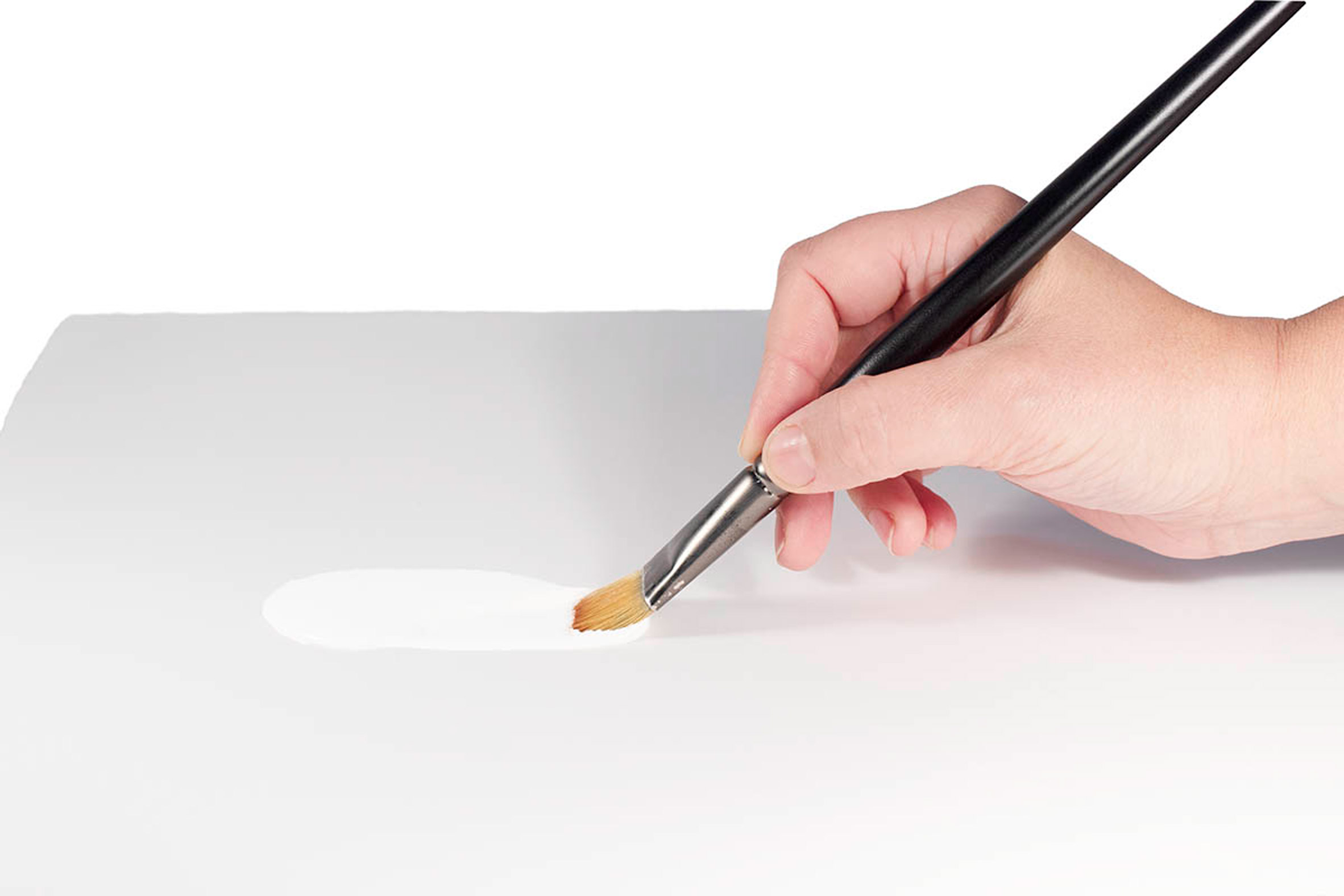 The artist claims the paint is the whitest available for artists
The artist claims the paint is the whitest available for artists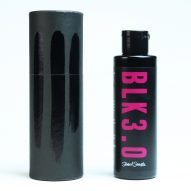
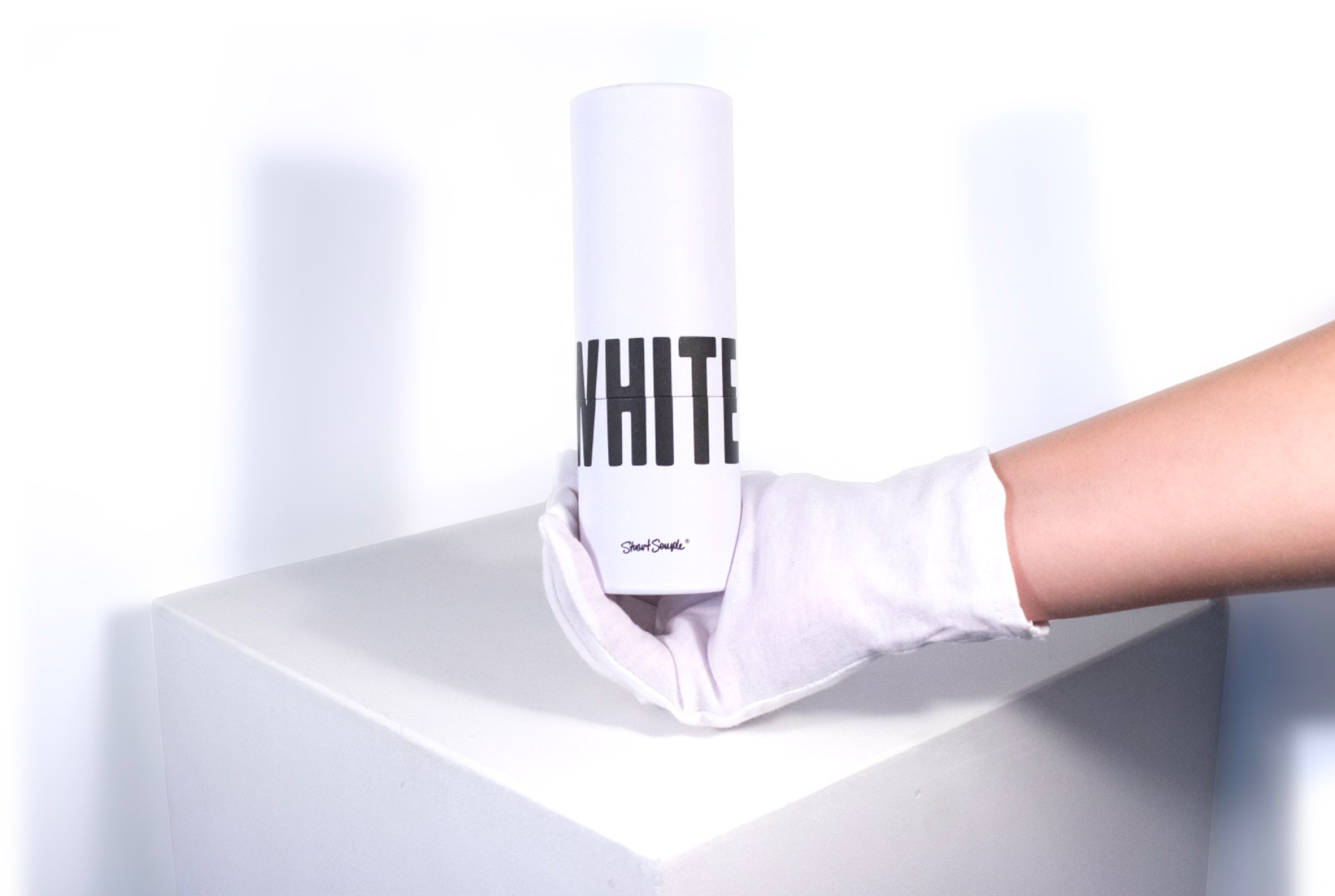 The paint was designed using research on luminescence in plants
The paint was designed using research on luminescence in plants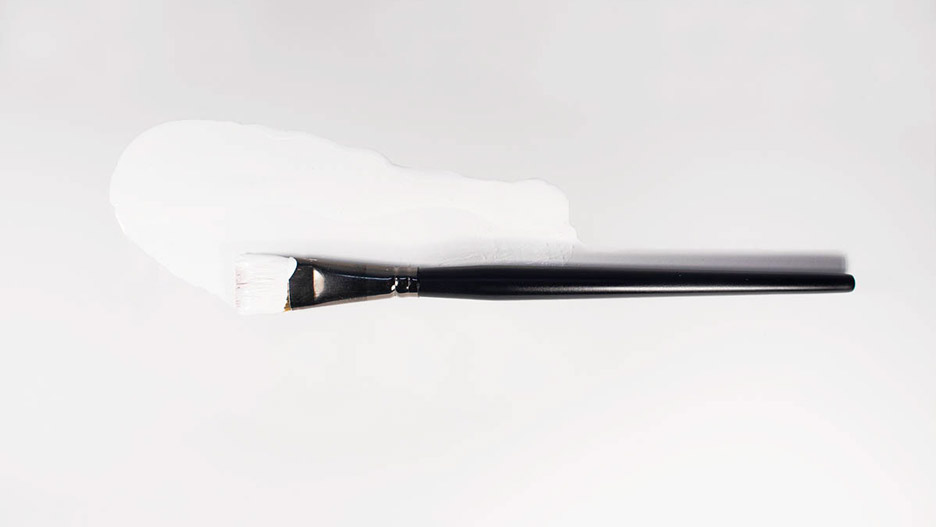
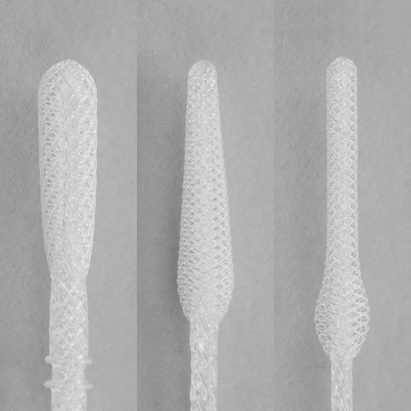
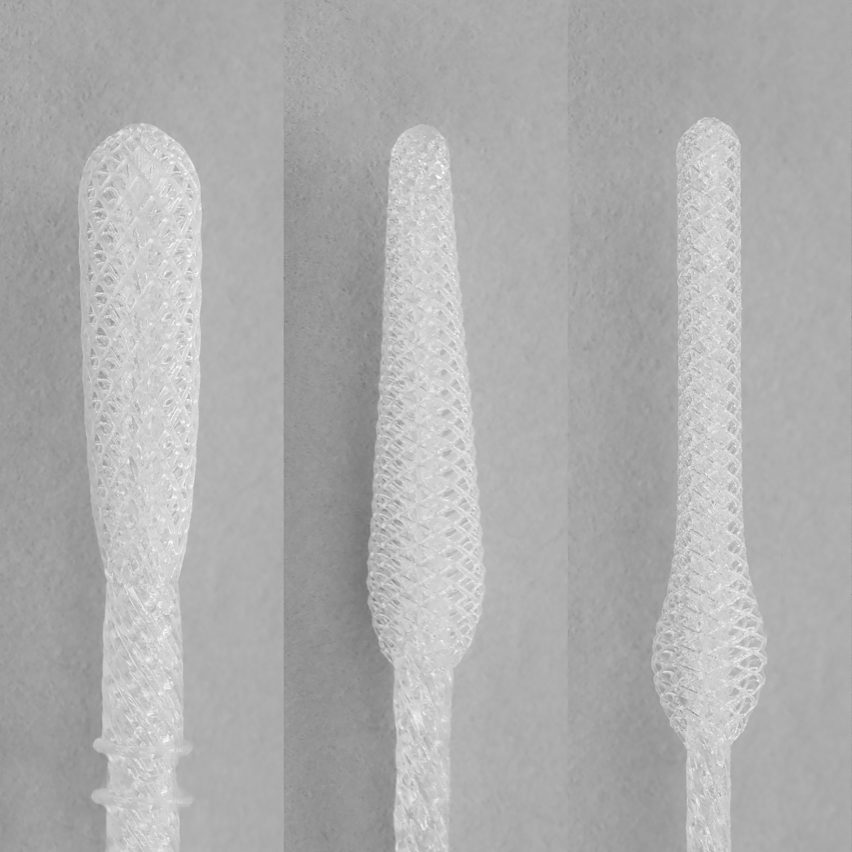
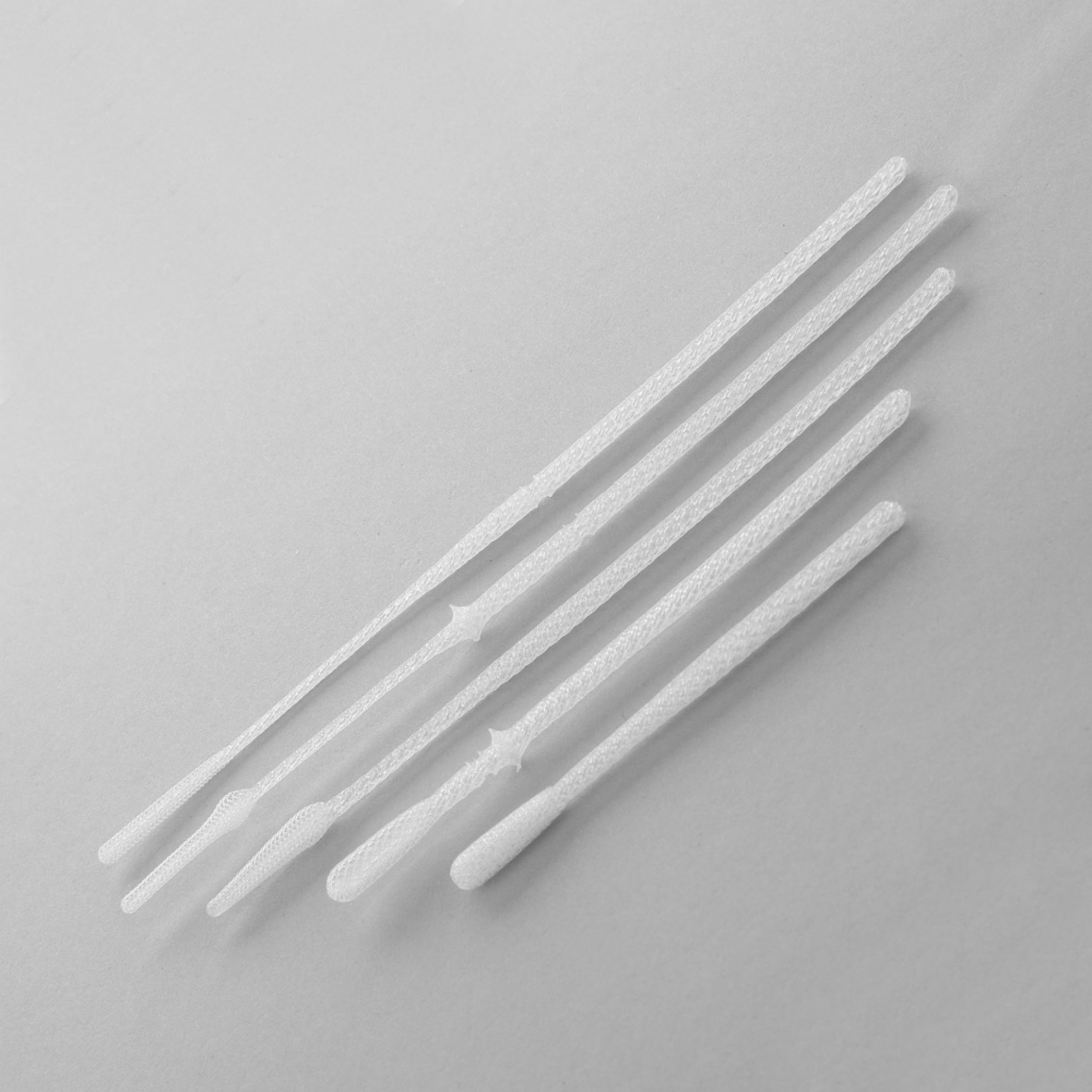 Five different InstaSwab models by OPT Industries
Five different InstaSwab models by OPT Industries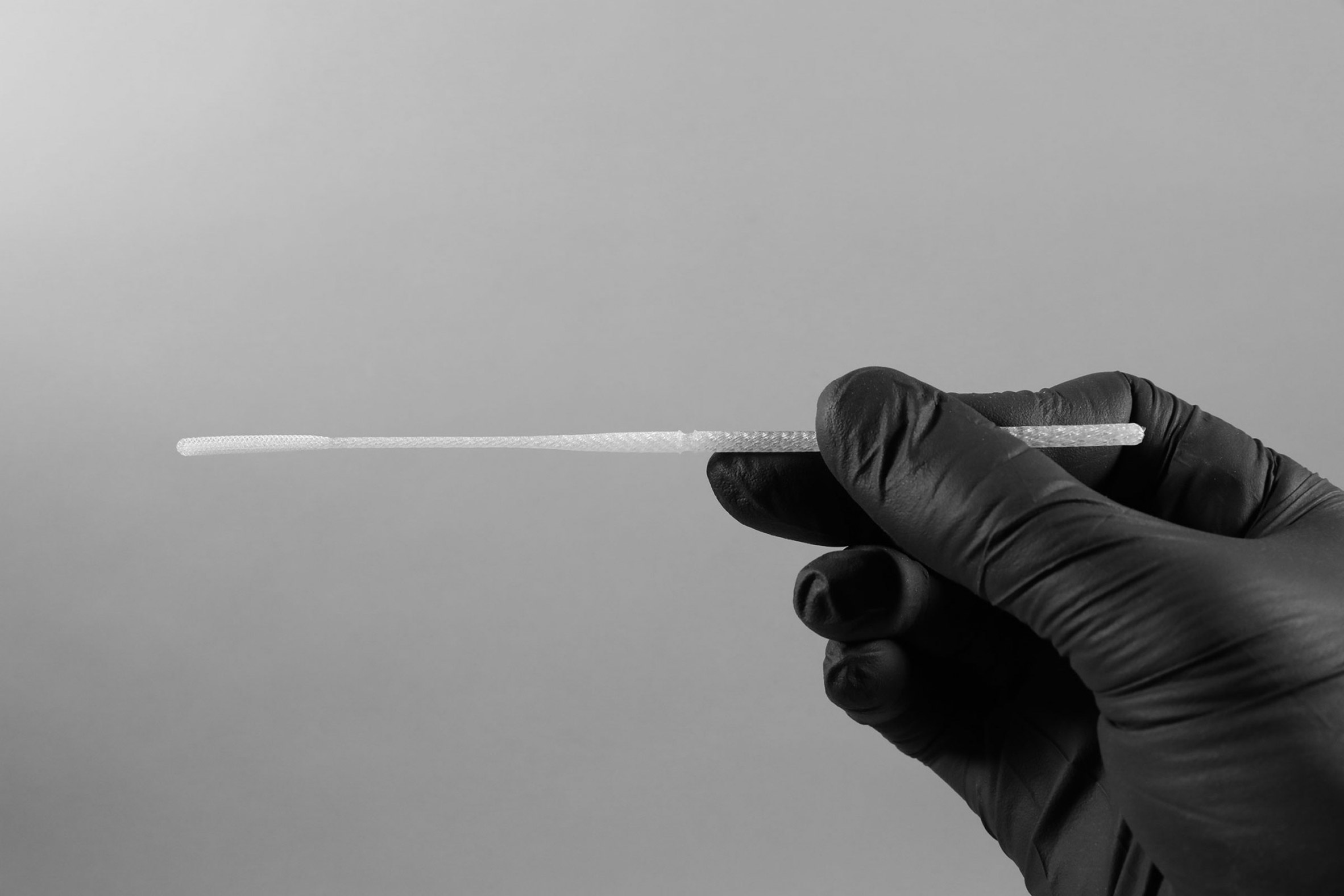 The pattern of fibres in each bulb allows the swab to morph, twist and expand
The pattern of fibres in each bulb allows the swab to morph, twist and expand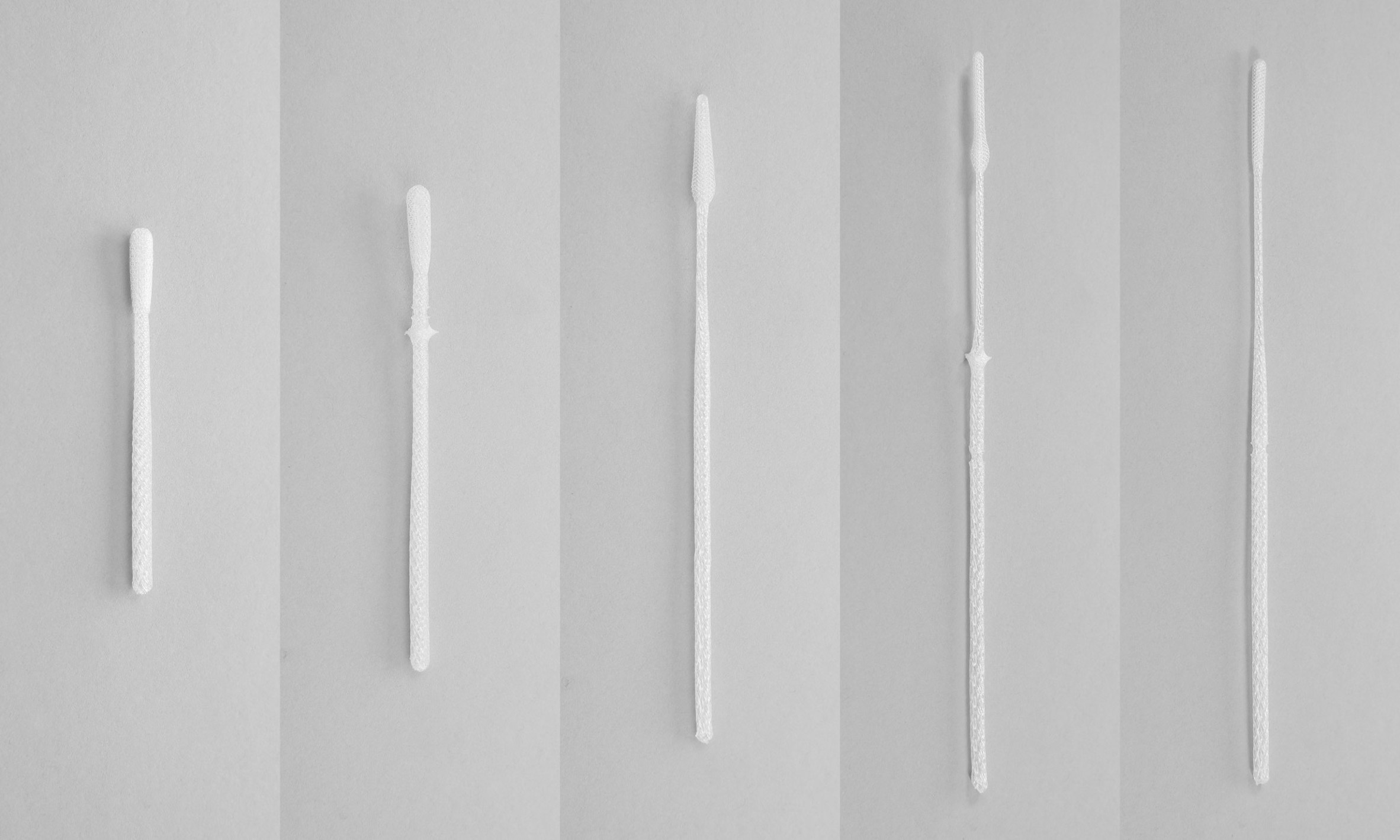 For Covid-19 testing, there are nasopharyngeal, mid-turbinate, anterior and saliva-based sampling swabs
For Covid-19 testing, there are nasopharyngeal, mid-turbinate, anterior and saliva-based sampling swabs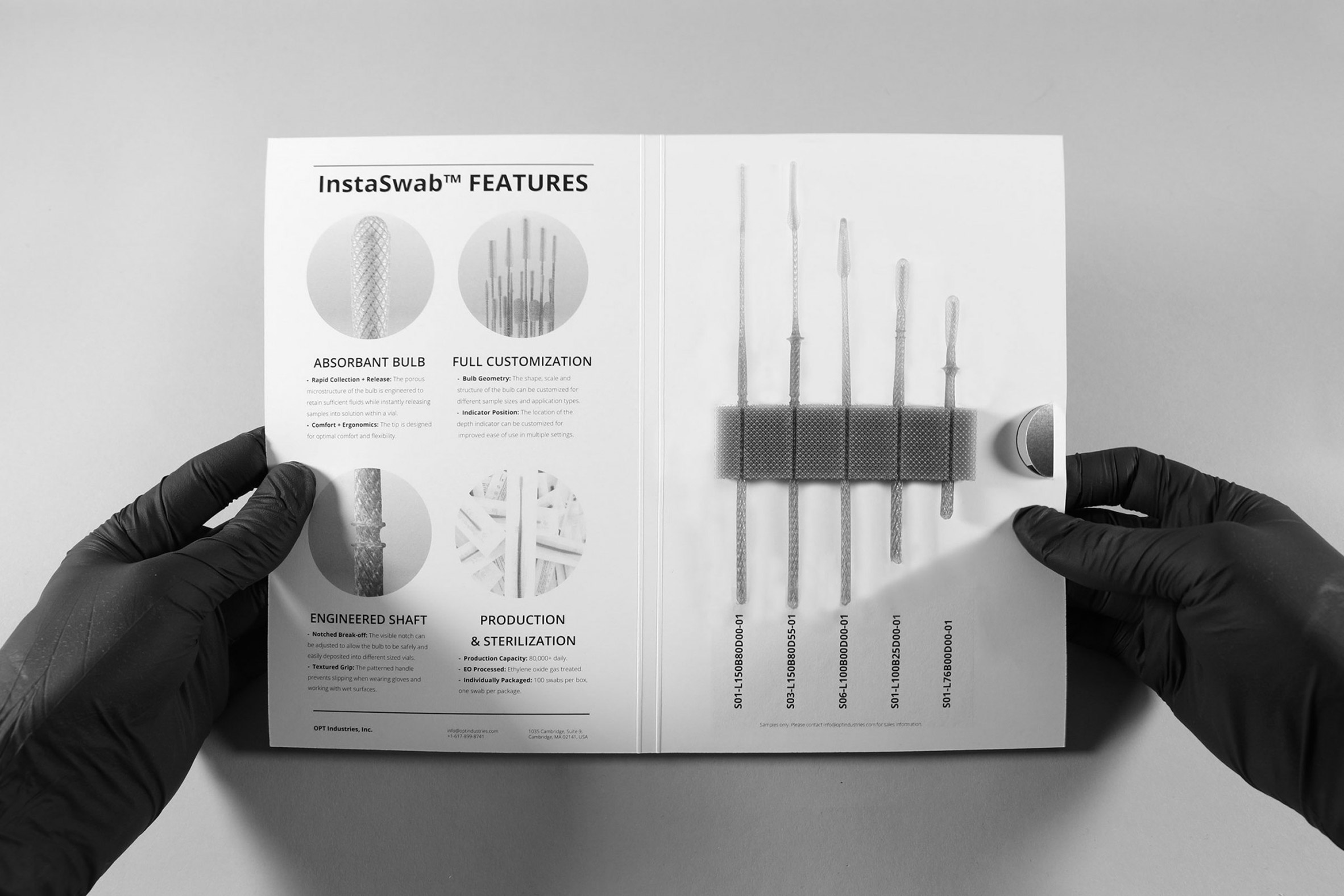 OPT Industries says its product is ideal for rapid diagnostic kits
OPT Industries says its product is ideal for rapid diagnostic kits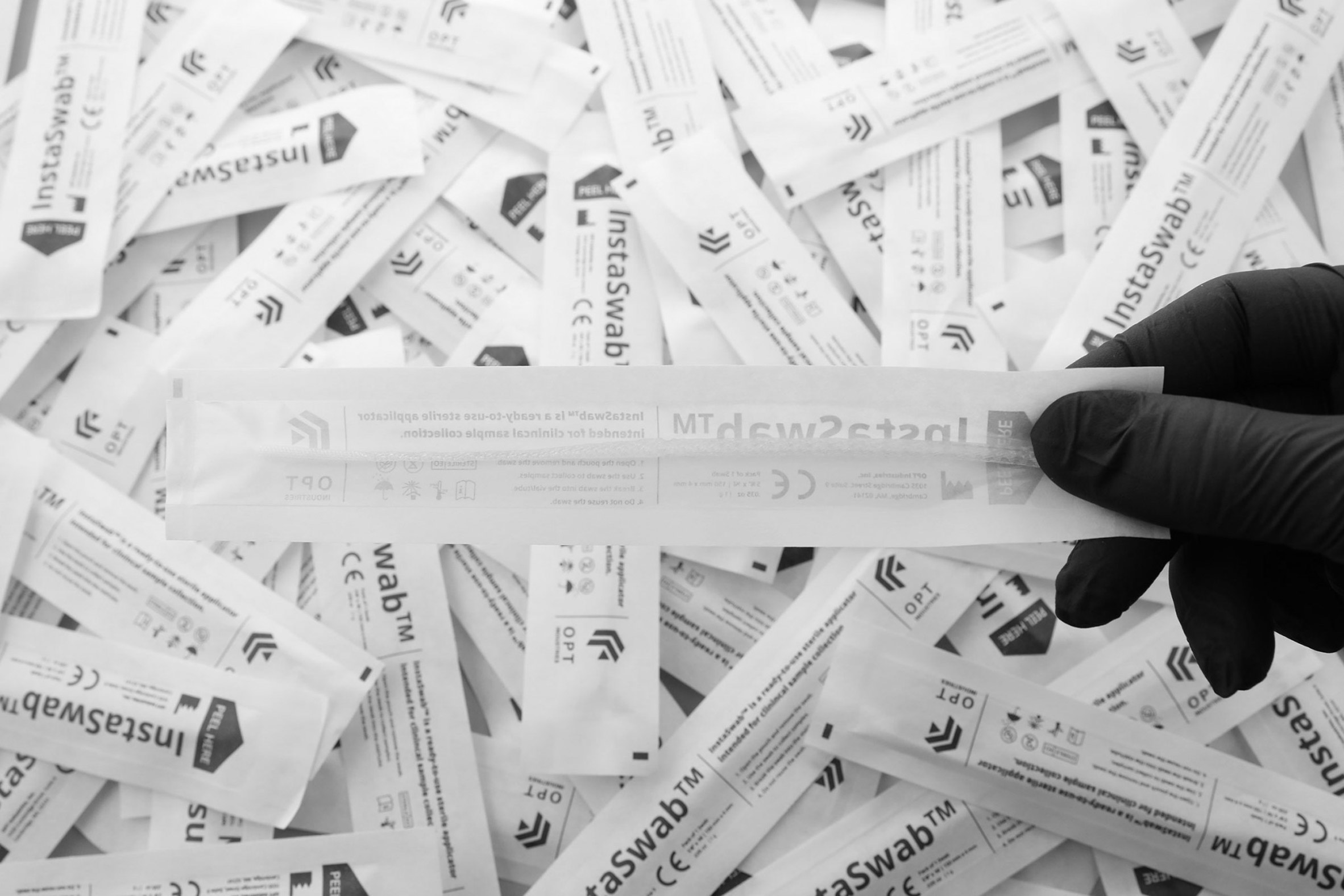 OPT Industries manufactured its swabs during the coronavirus pandemic
OPT Industries manufactured its swabs during the coronavirus pandemic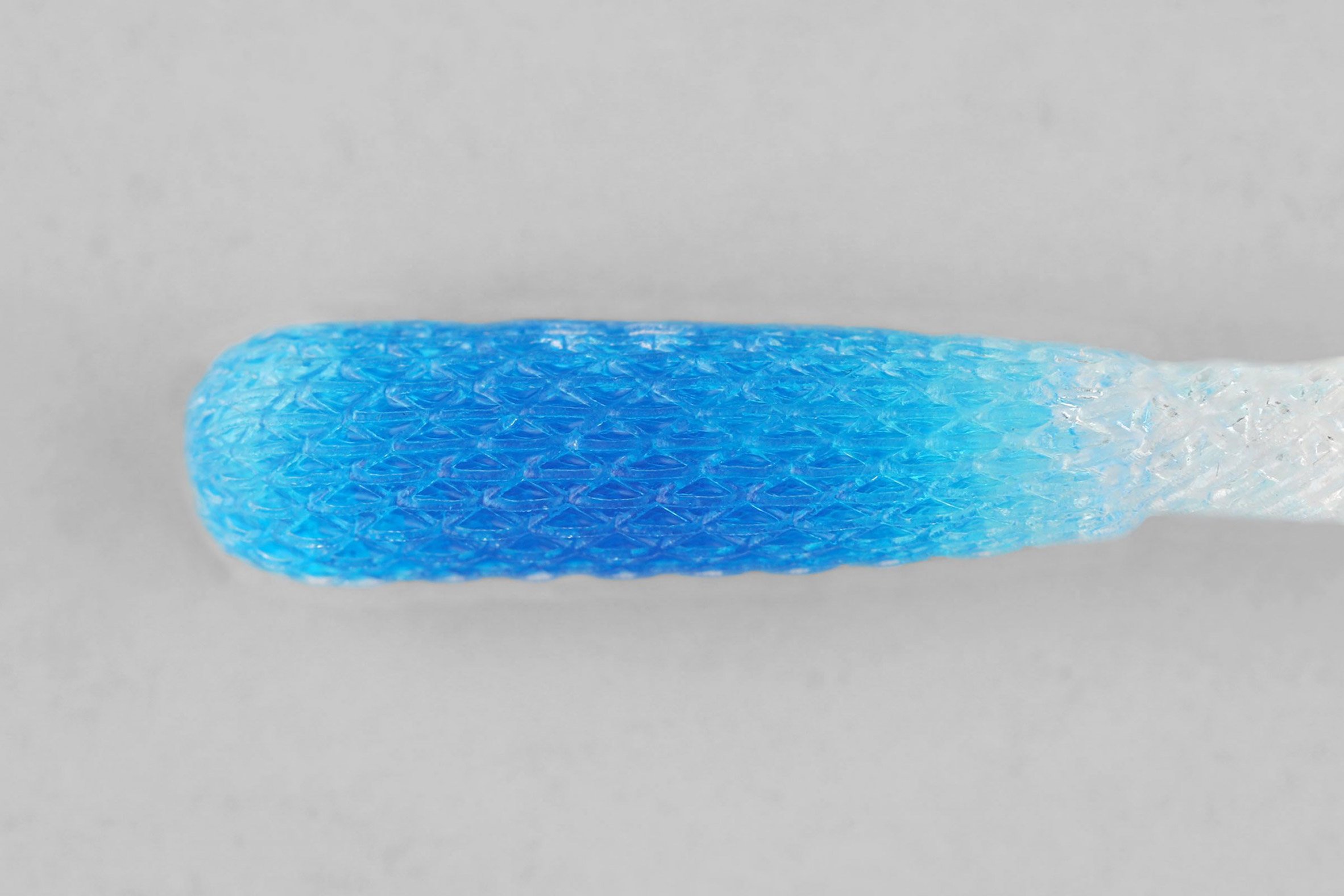 The swabs can absorb and expel fluid more efficiently than traditional cotton or nylon products
The swabs can absorb and expel fluid more efficiently than traditional cotton or nylon products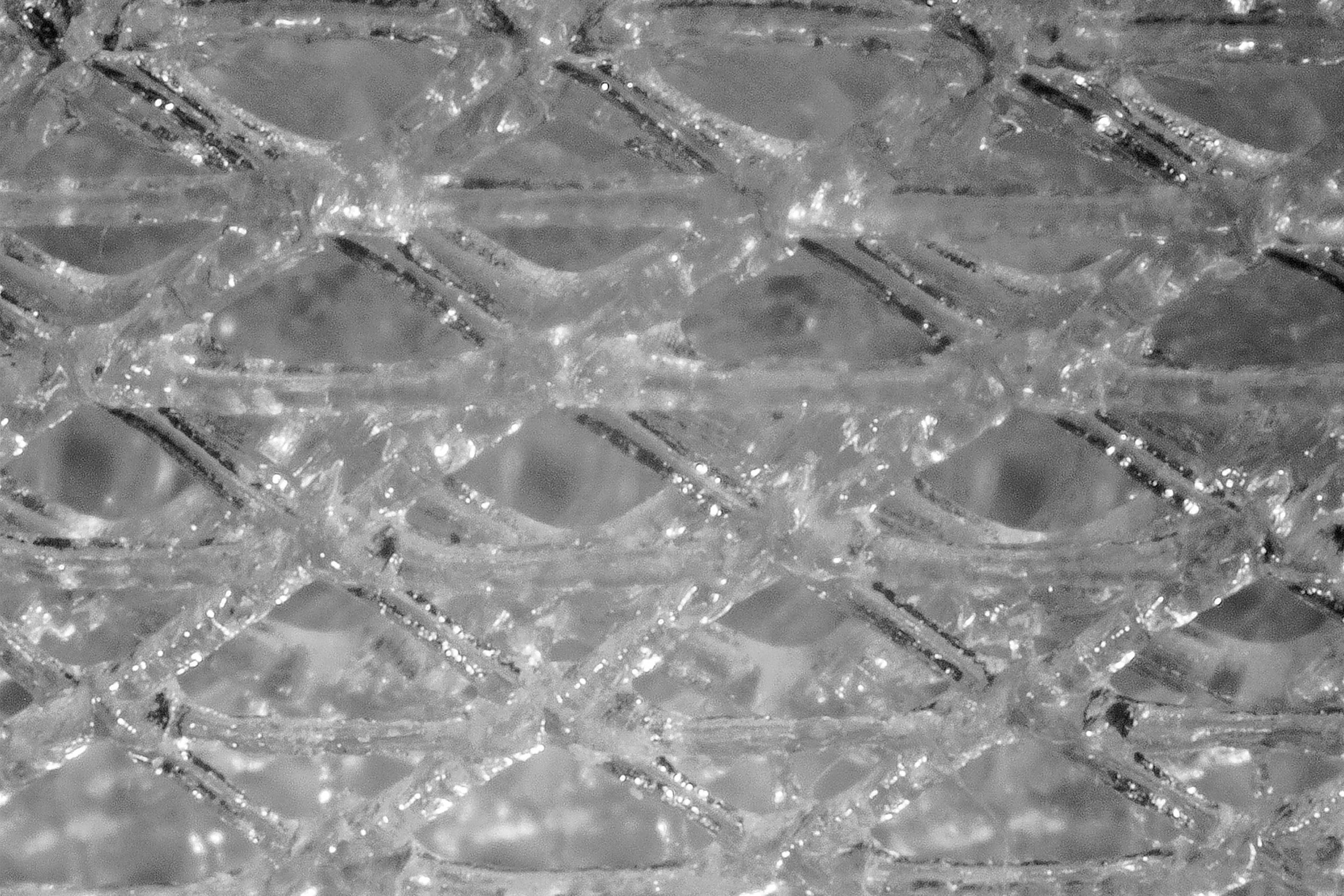 The fibres of the InstaSwab are finer than a human hair
The fibres of the InstaSwab are finer than a human hair
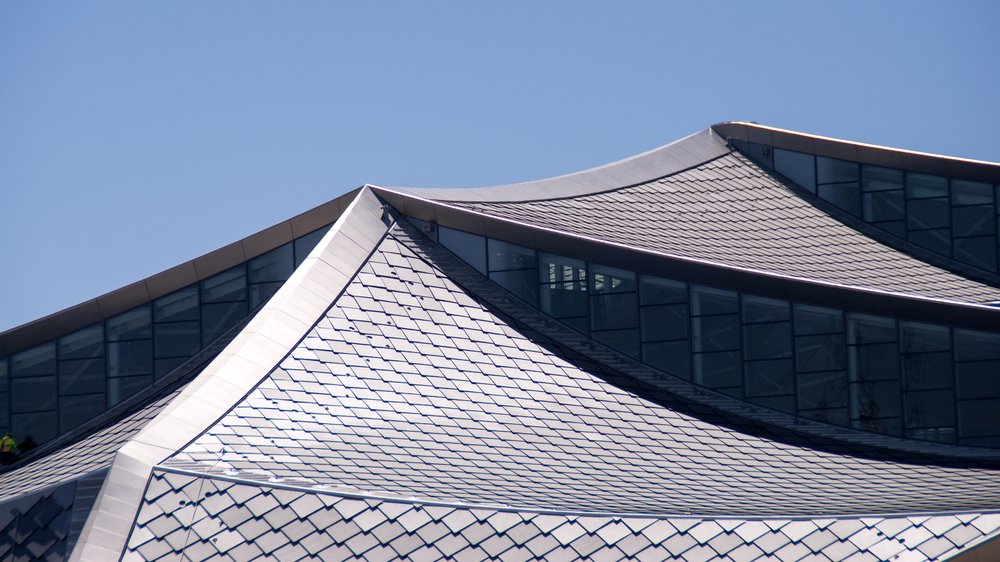
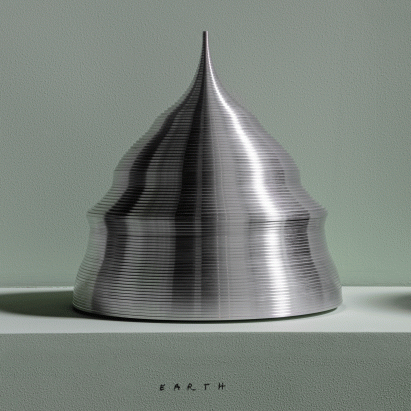
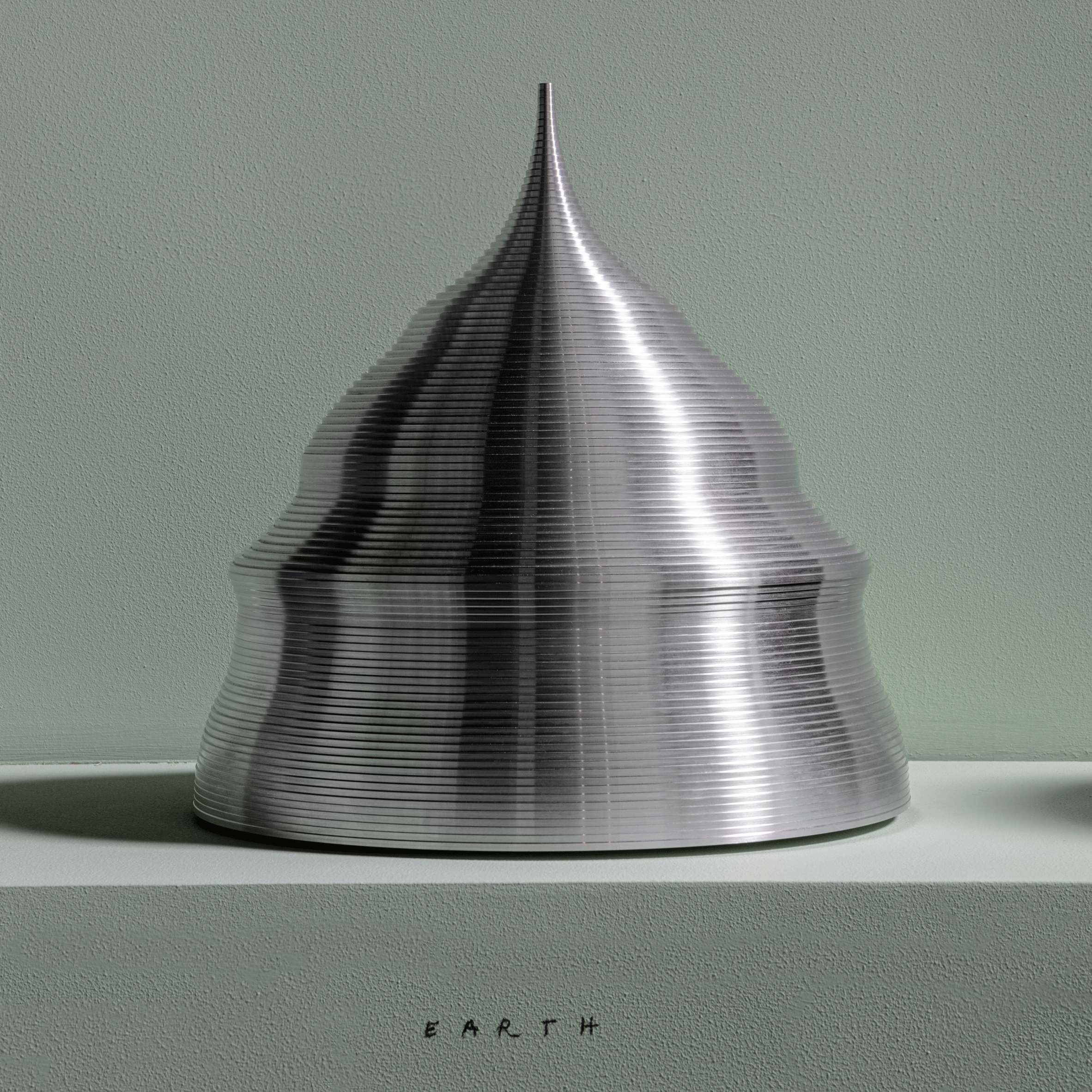
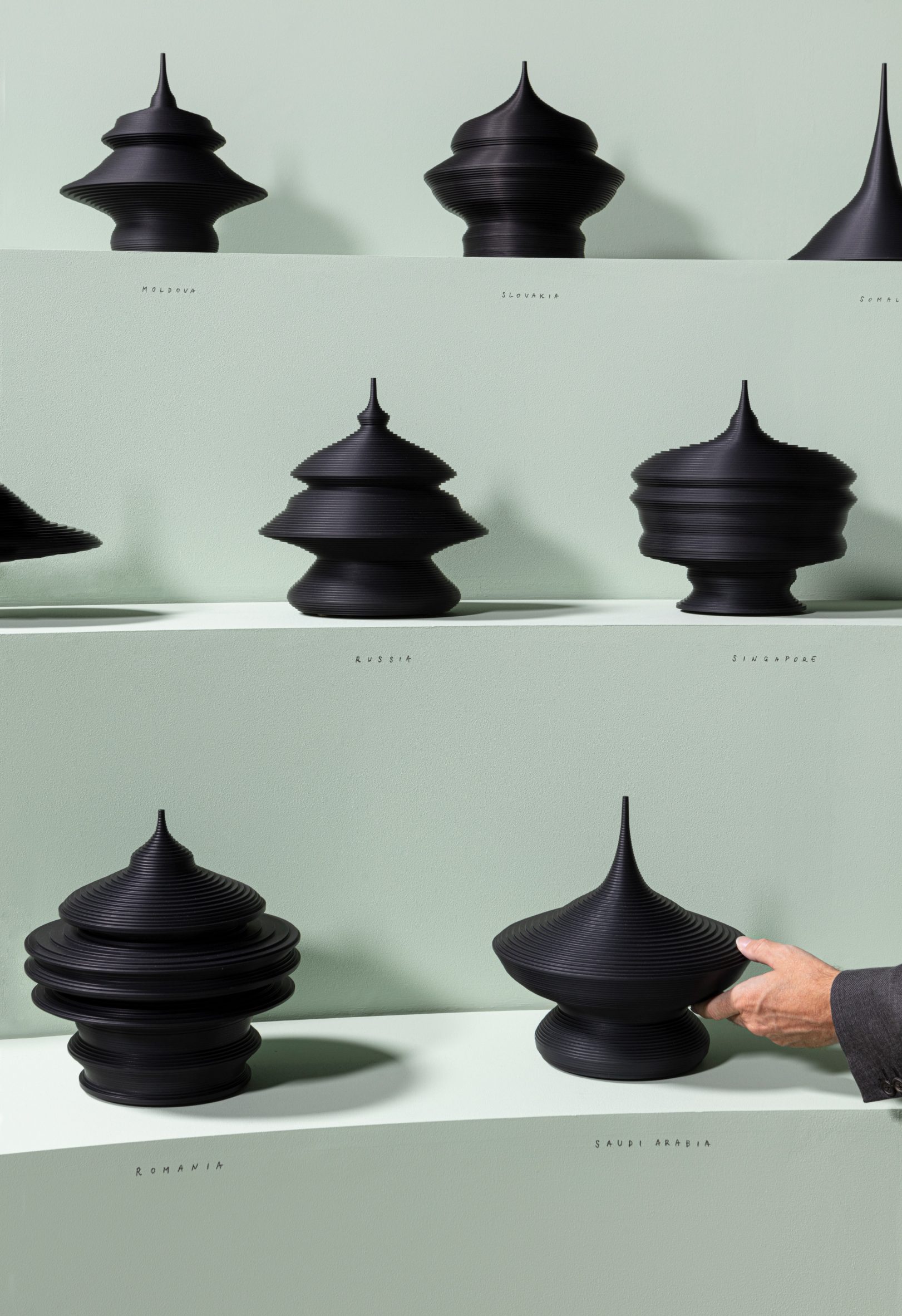 Top: State of the World was exhibited at Design Miami/Basel. Above: the sculptures are based on population data
Top: State of the World was exhibited at Design Miami/Basel. Above: the sculptures are based on population data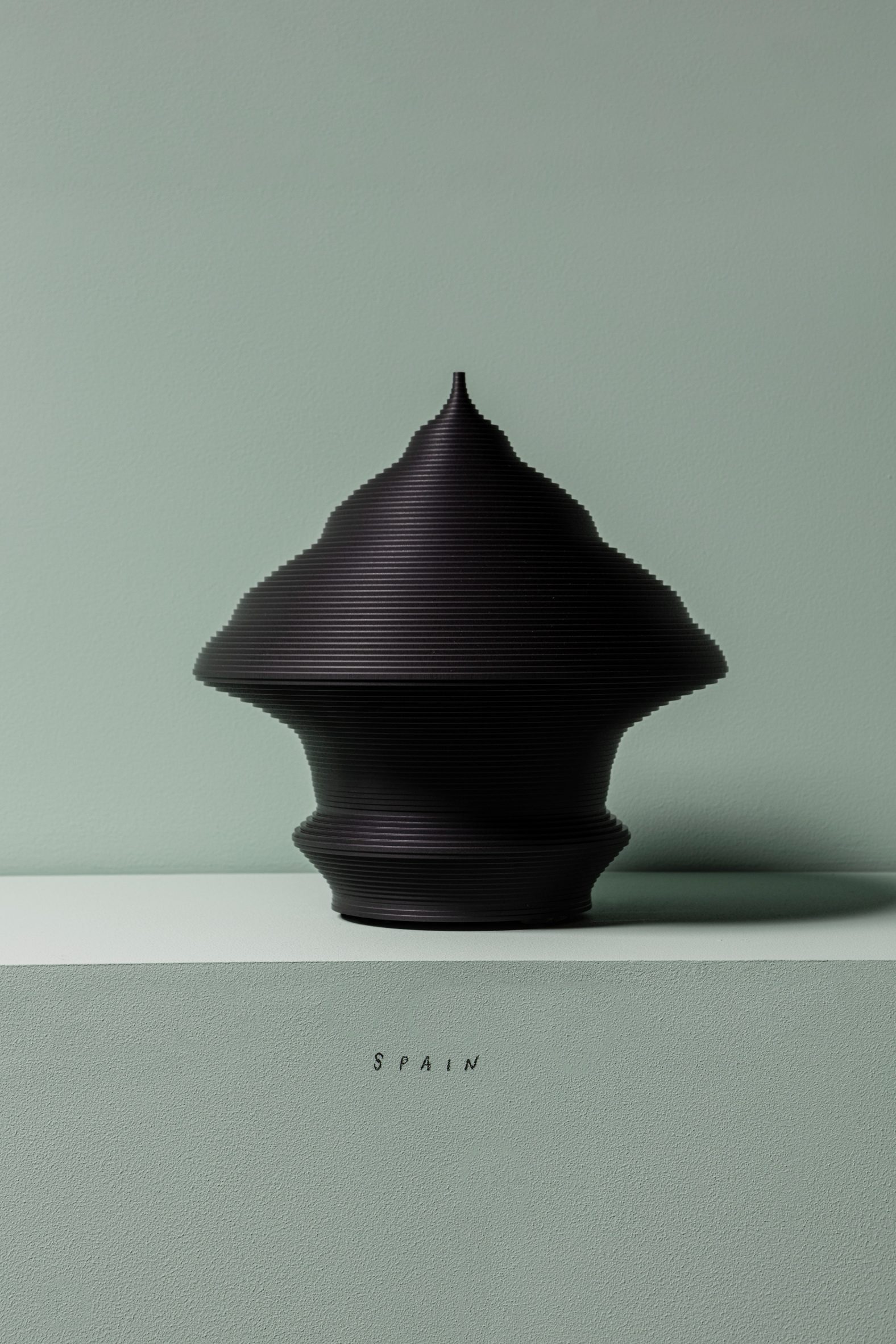 Lehanneur sourced the data from a UN database
Lehanneur sourced the data from a UN database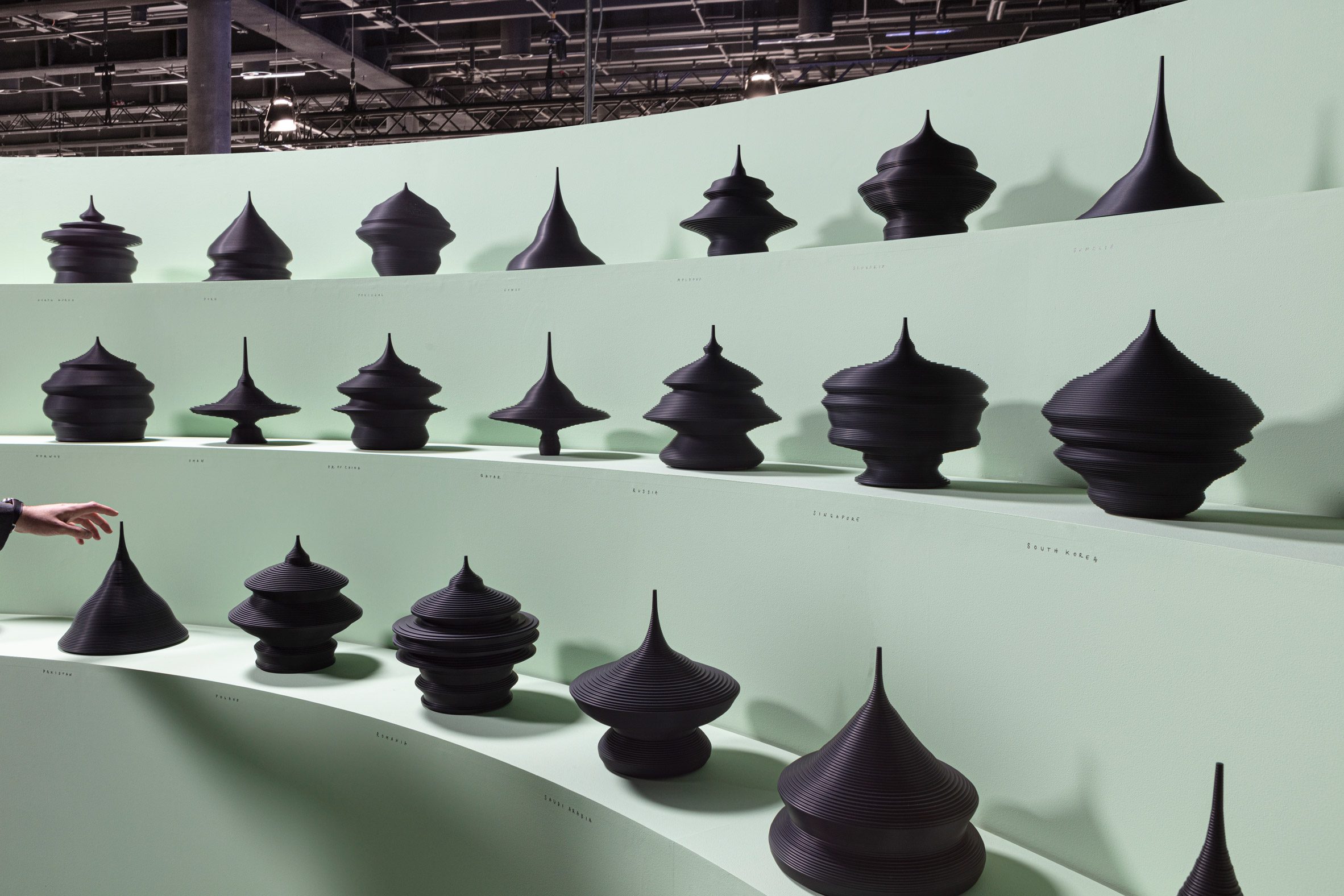 Each groove represents an age from 1-100
Each groove represents an age from 1-100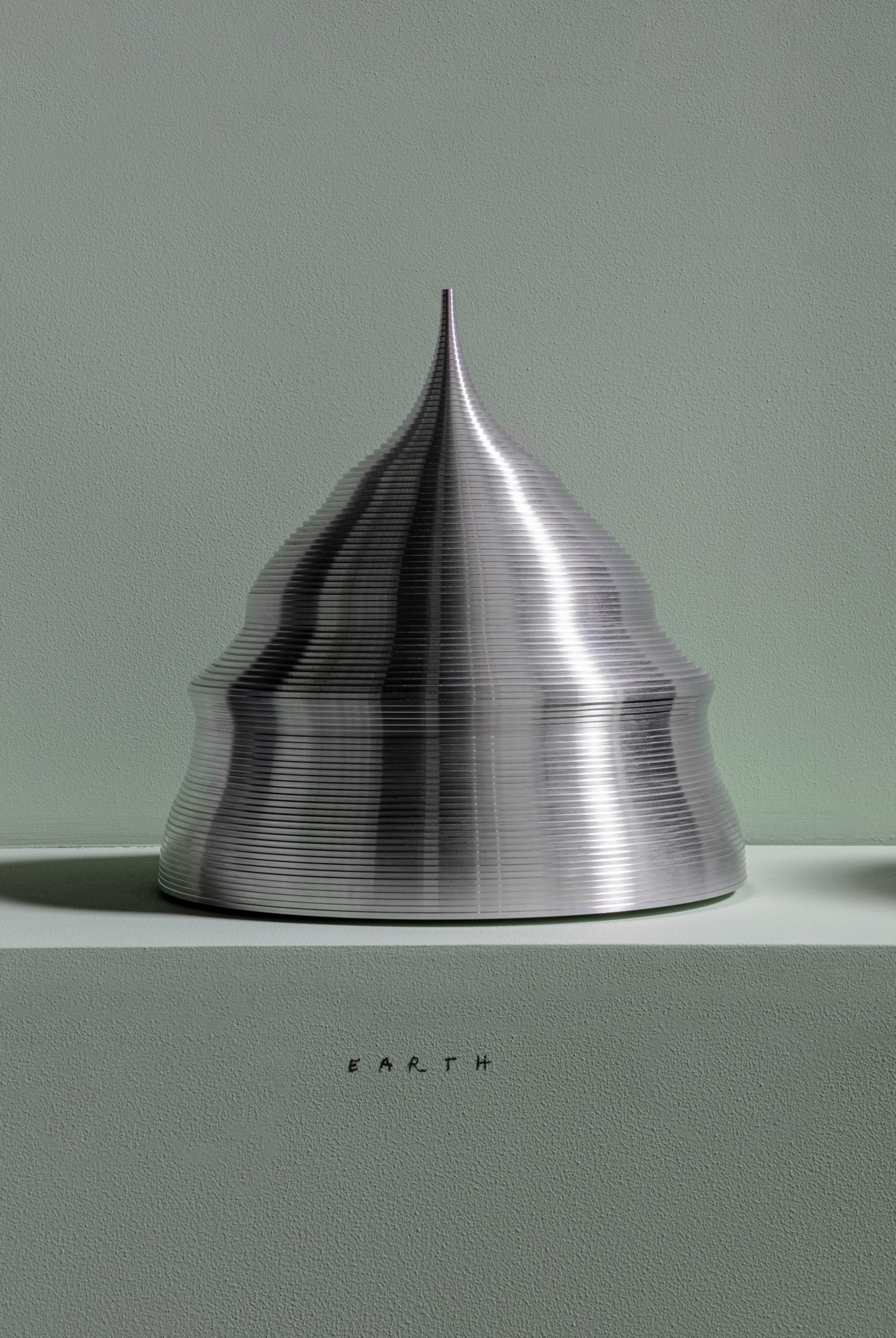 A single silver sculpture represents data from the entire planet
A single silver sculpture represents data from the entire planet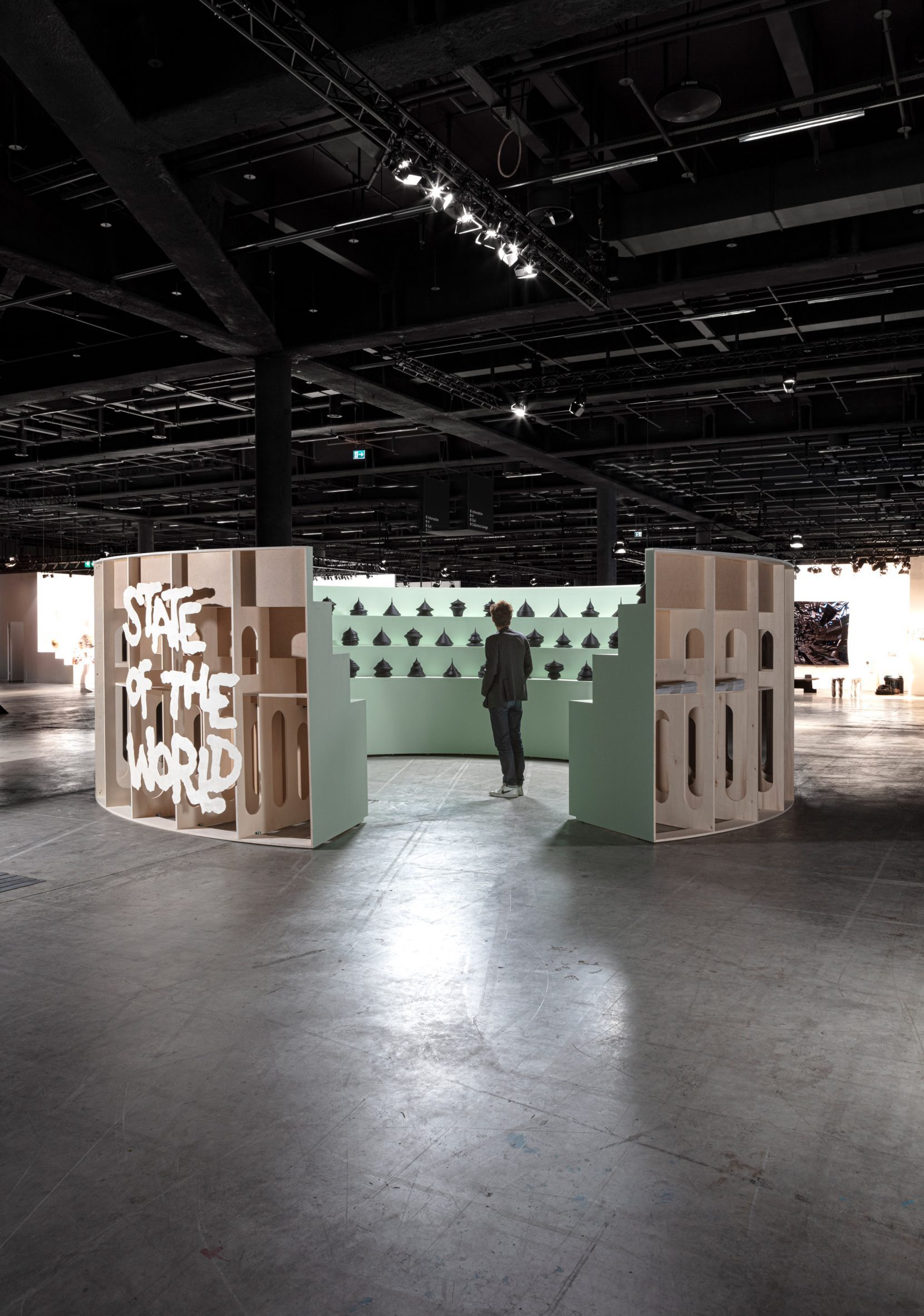
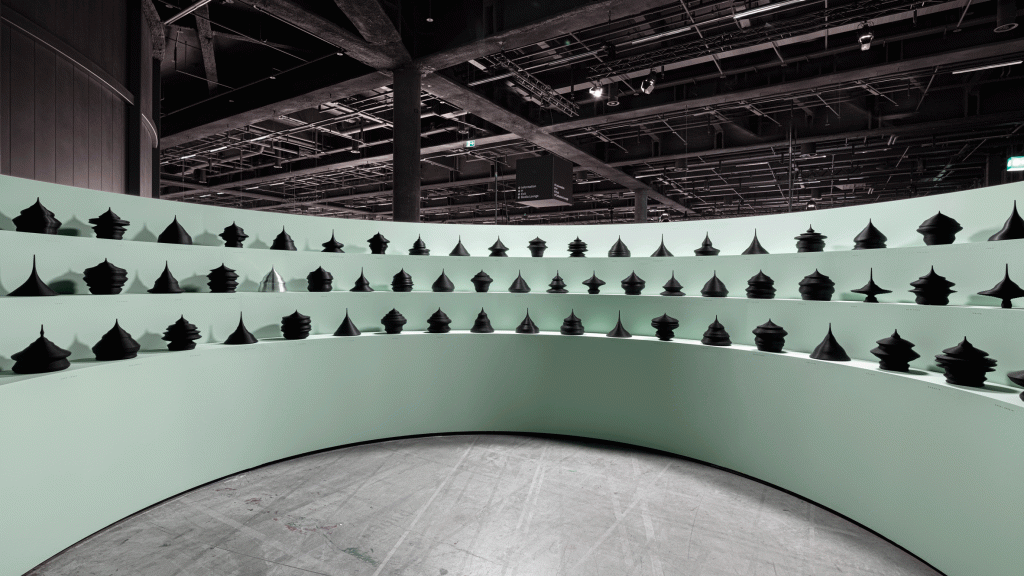
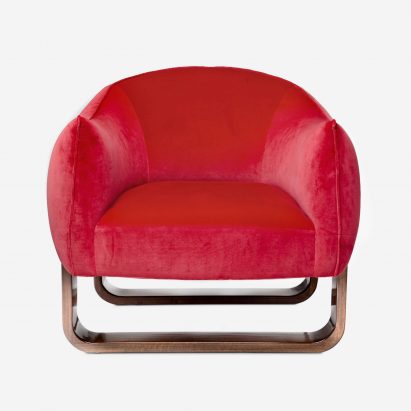
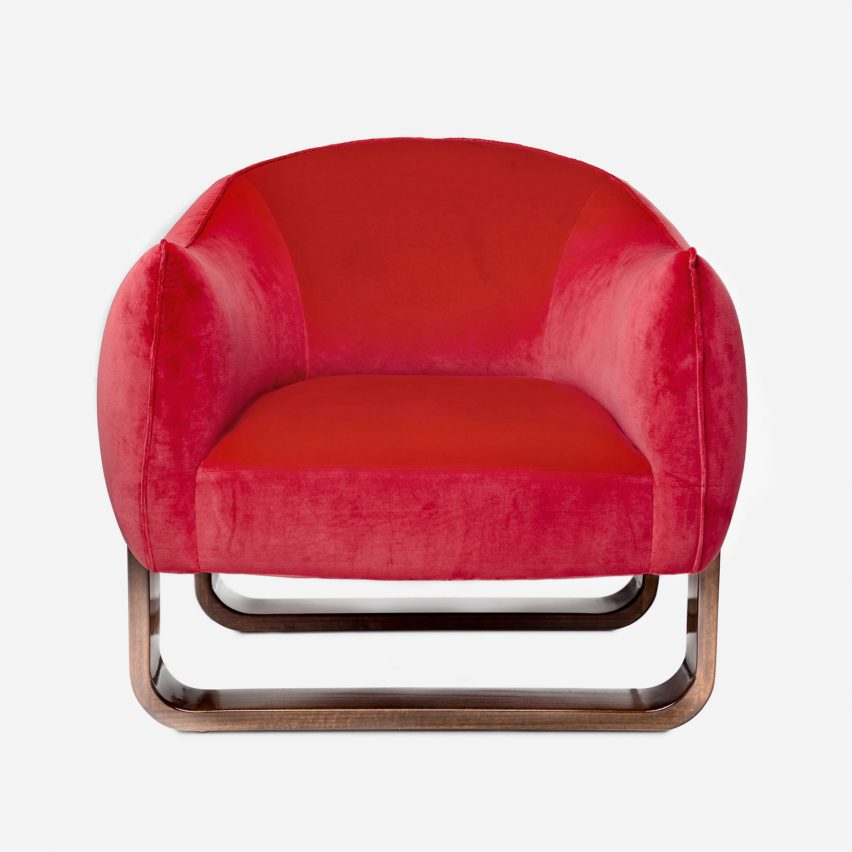
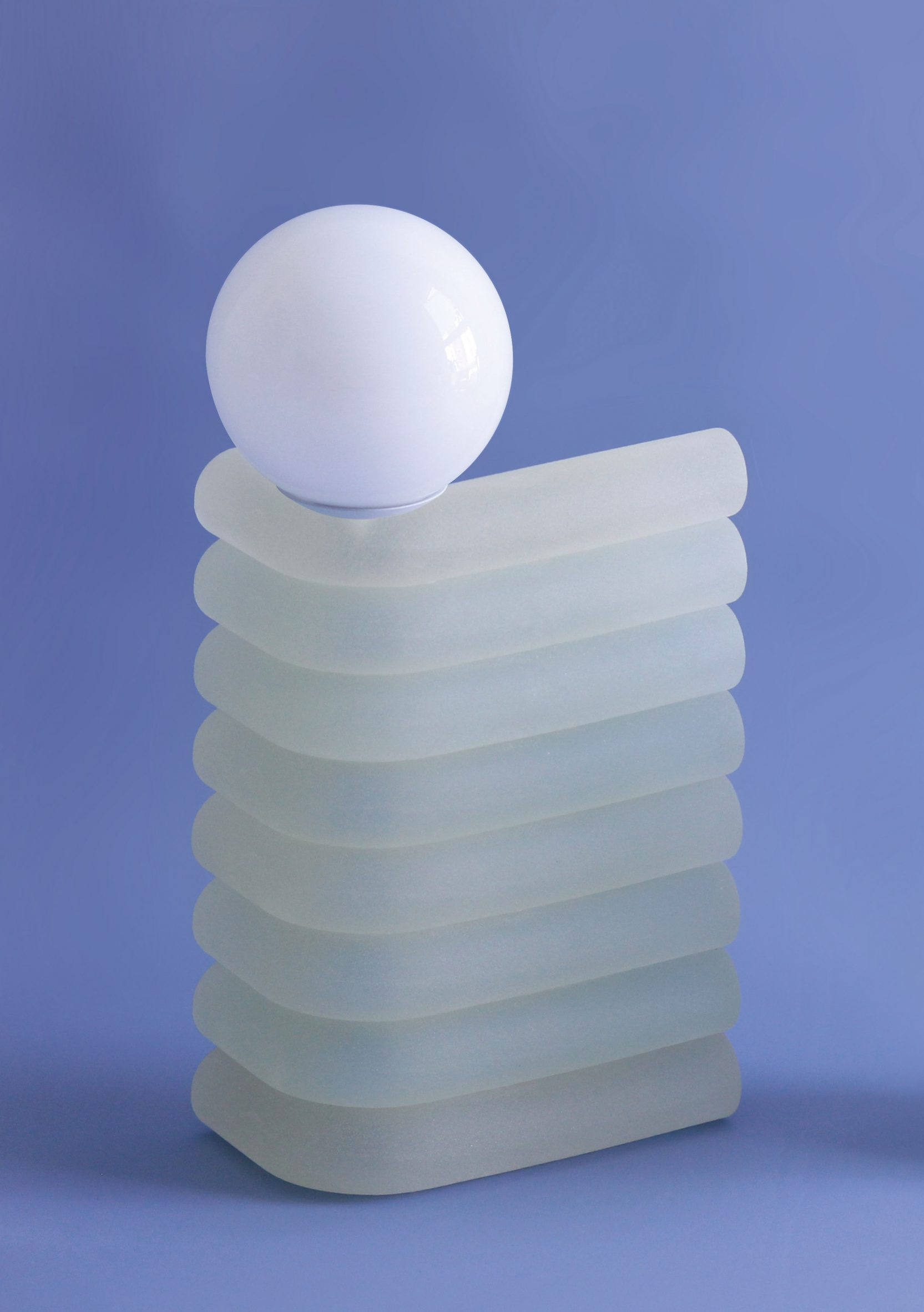 Photo by Soft Geometry
Photo by Soft Geometry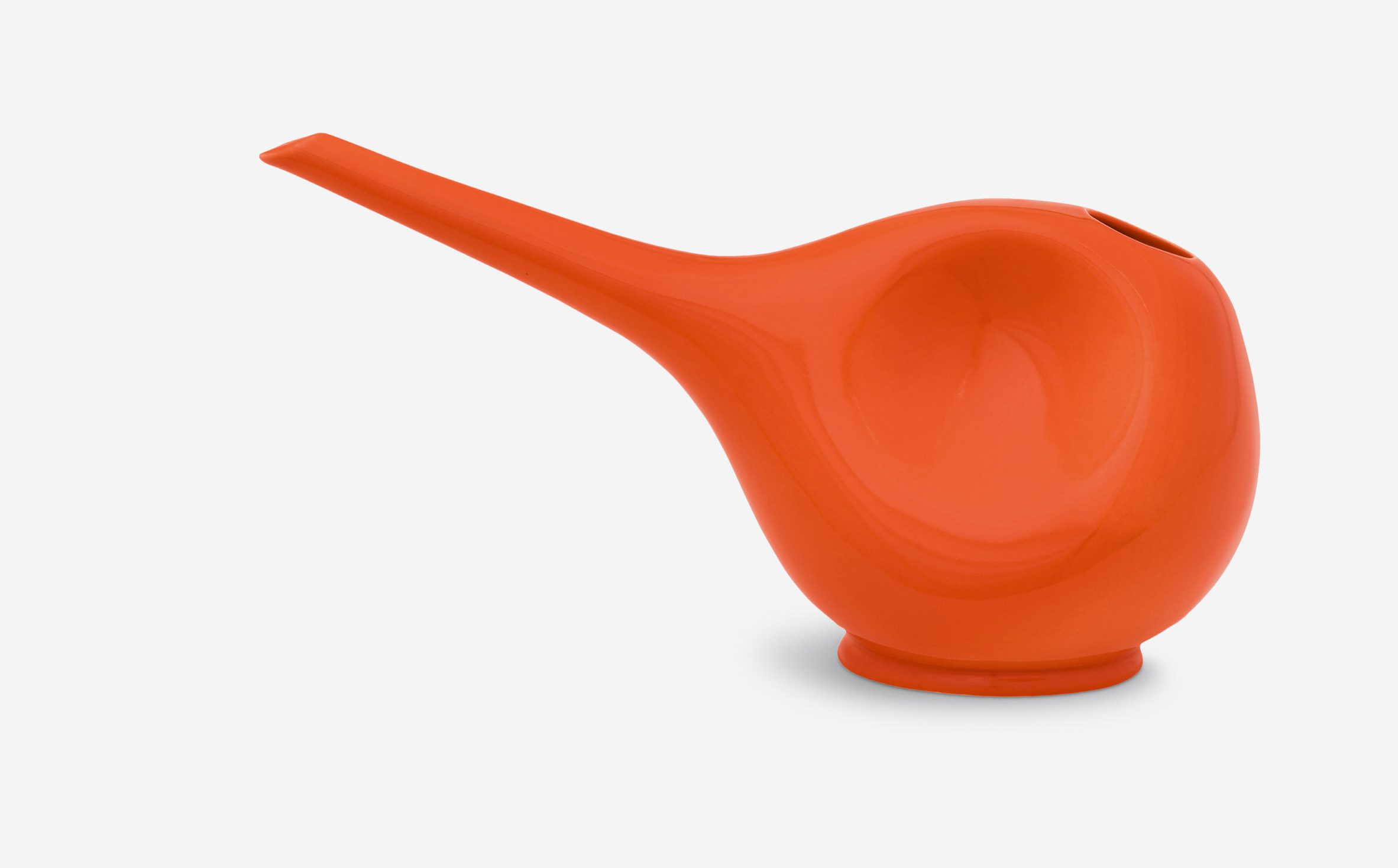 Photo by hedwig-bollhagen.de
Photo by hedwig-bollhagen.de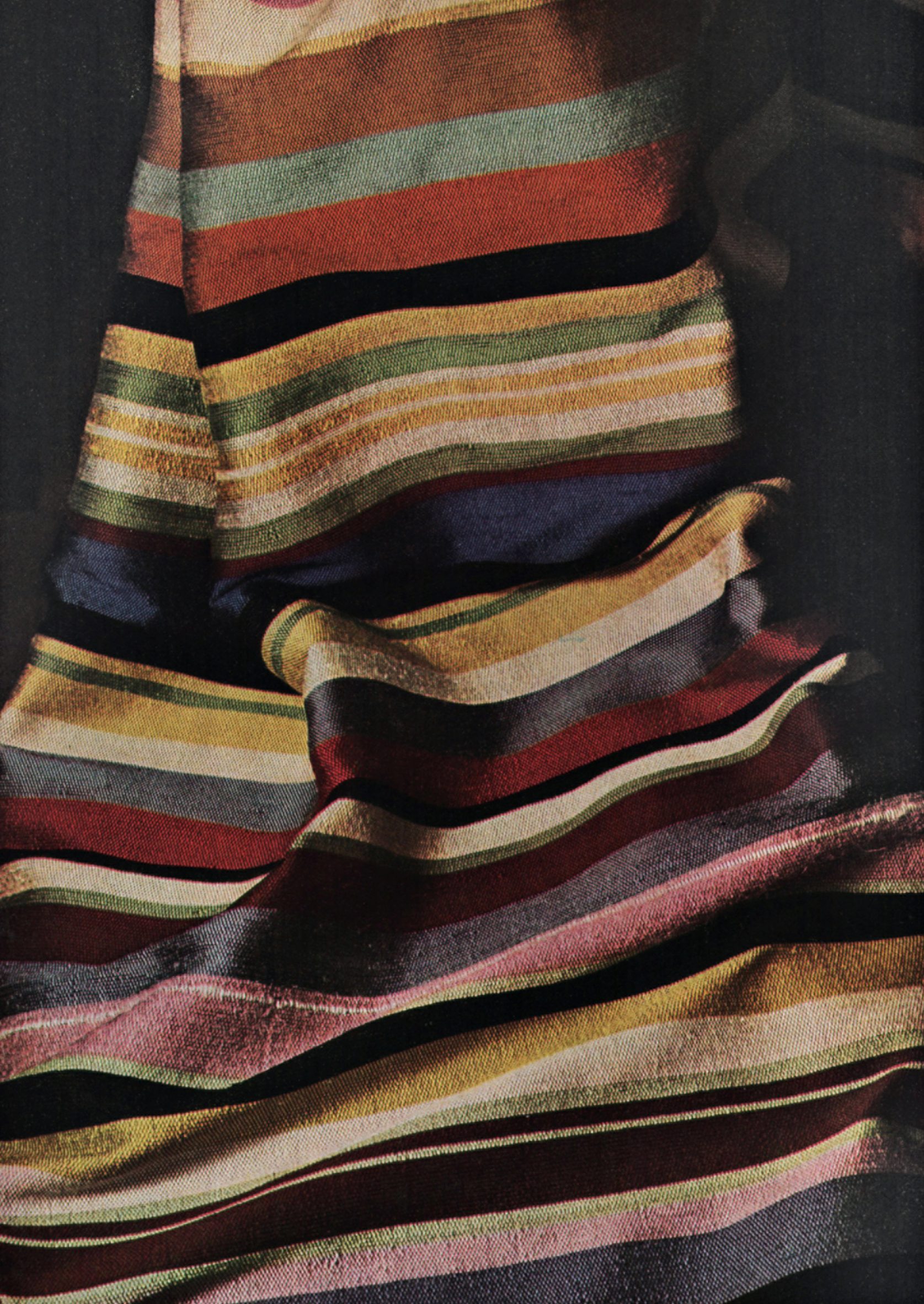 Photo by Archivo Privato Gegia Bronzini
Photo by Archivo Privato Gegia Bronzini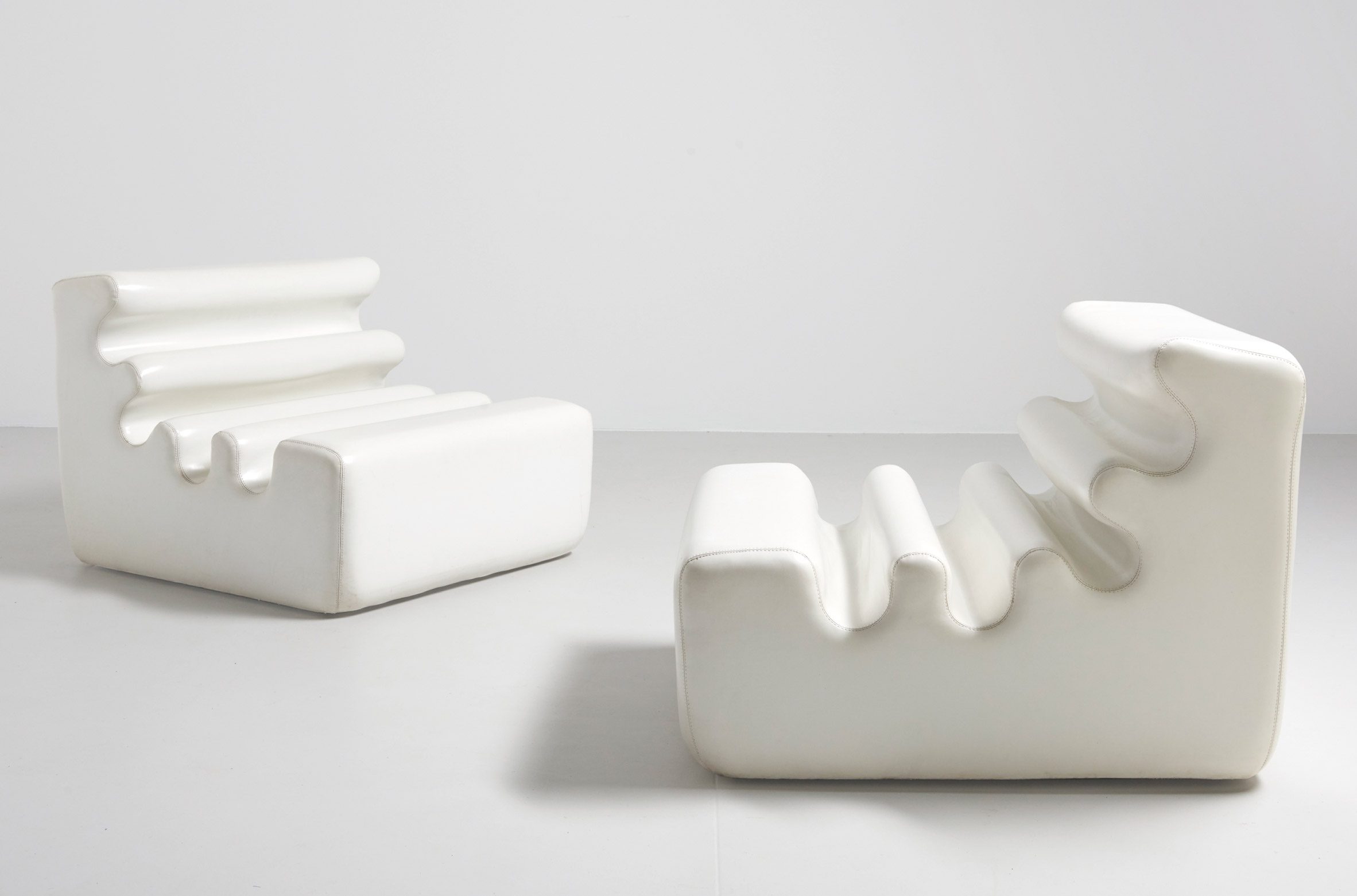 Photo by Modest Furniture / Arne Jennard
Photo by Modest Furniture / Arne Jennard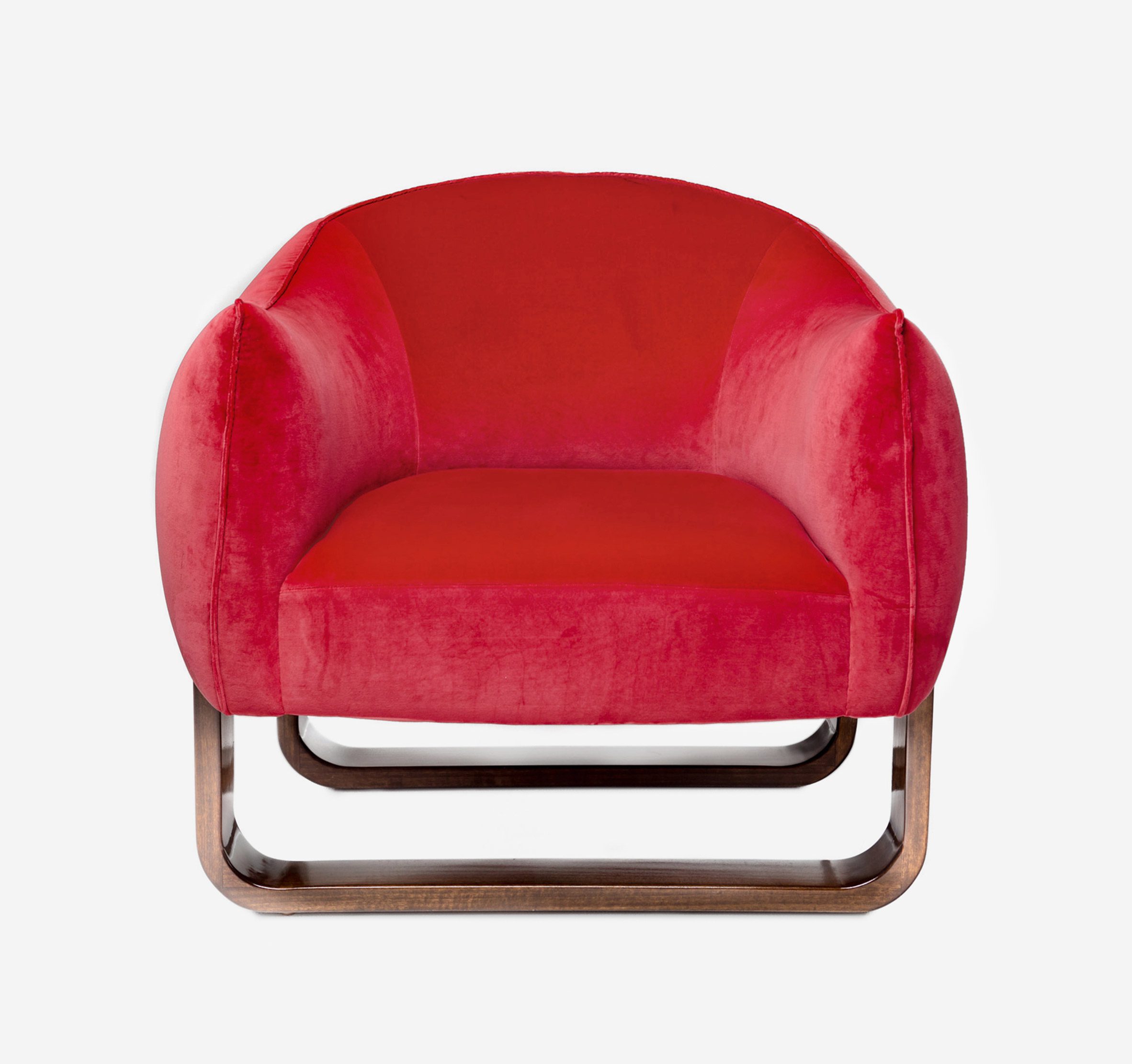 Photo by Design by Leva Kaleja
Photo by Design by Leva Kaleja Photo by Kartell US
Photo by Kartell US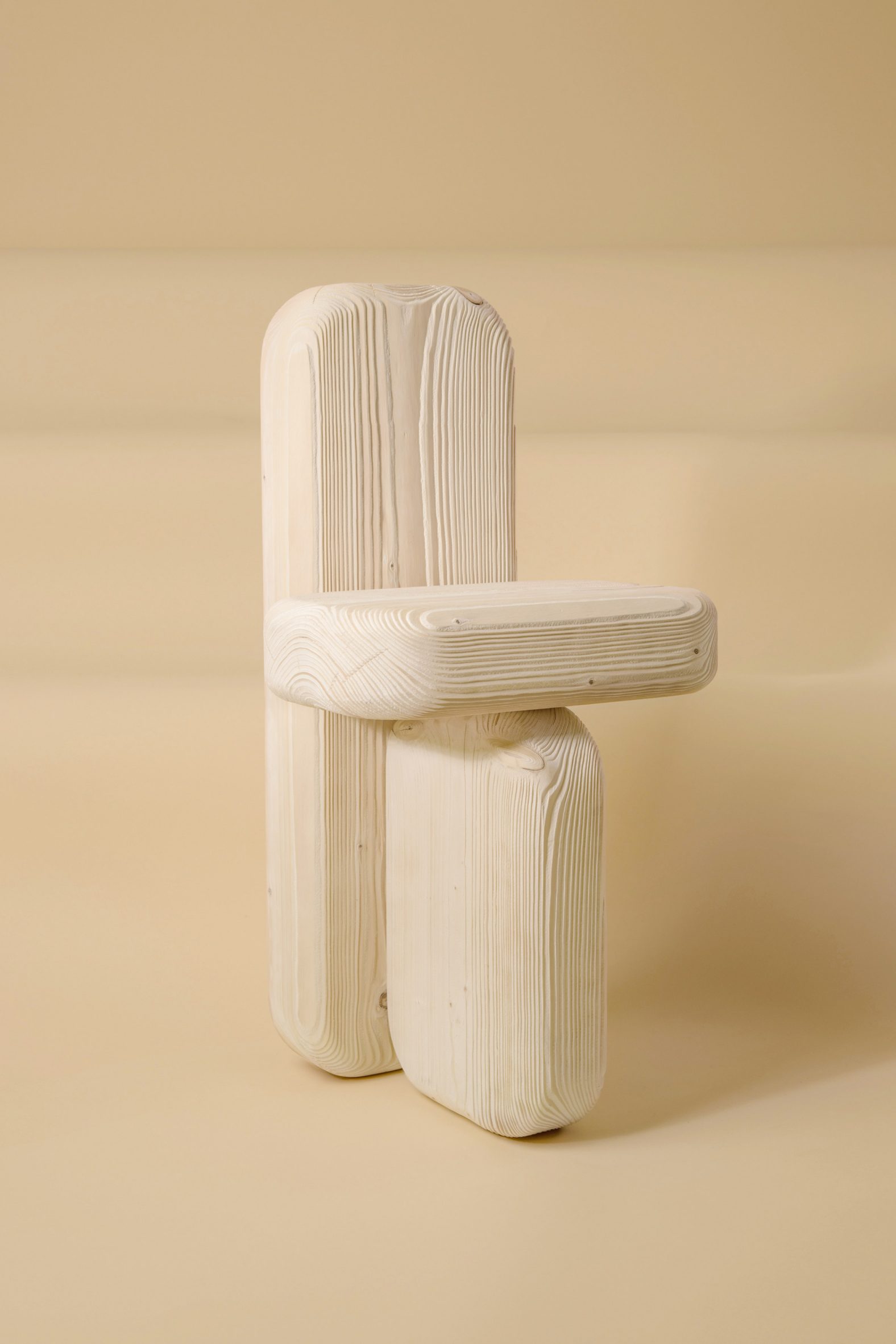 Photo by Eliseu Cavalcante
Photo by Eliseu Cavalcante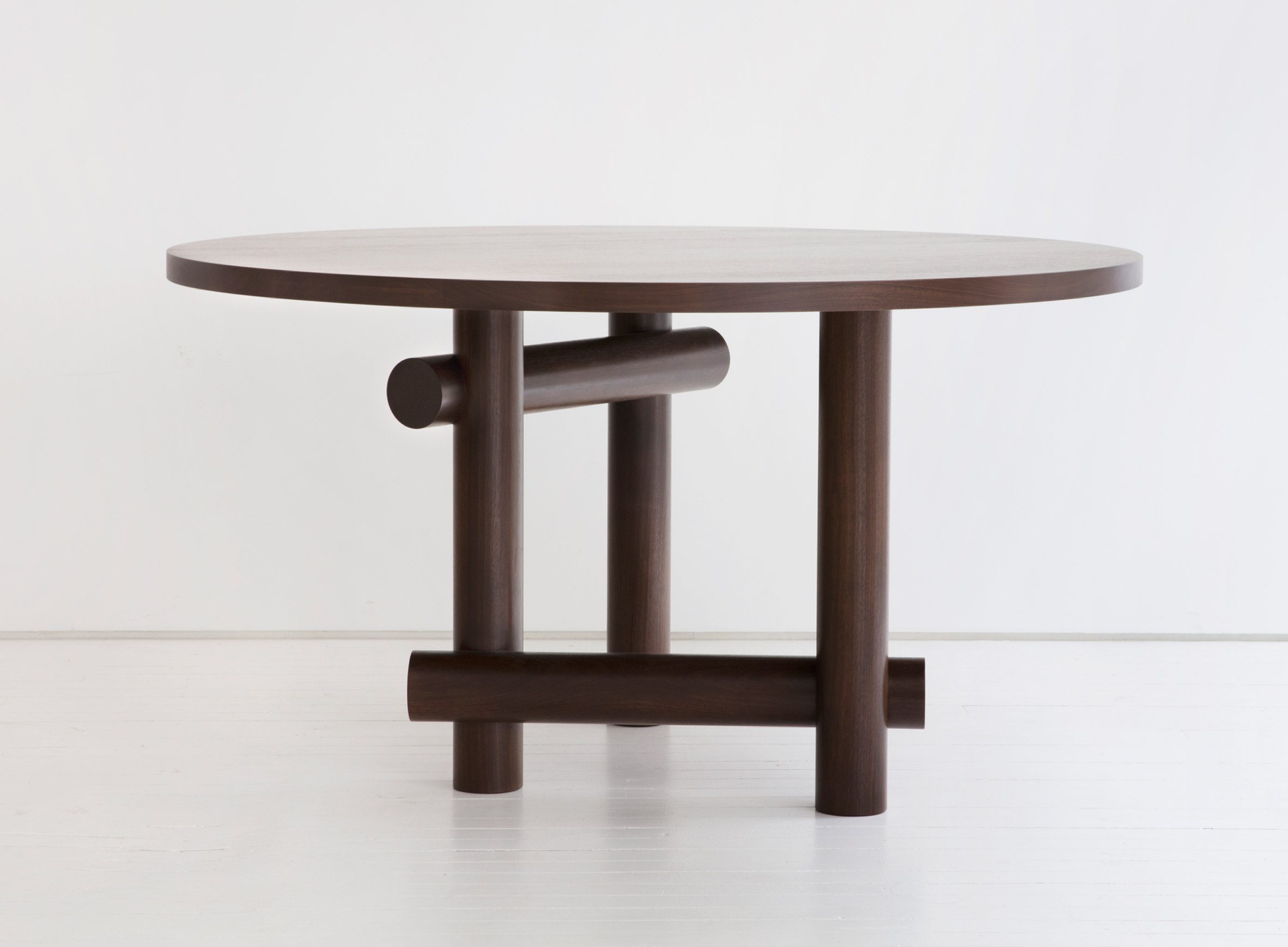 Photo by Hannah Whitaker
Photo by Hannah Whitaker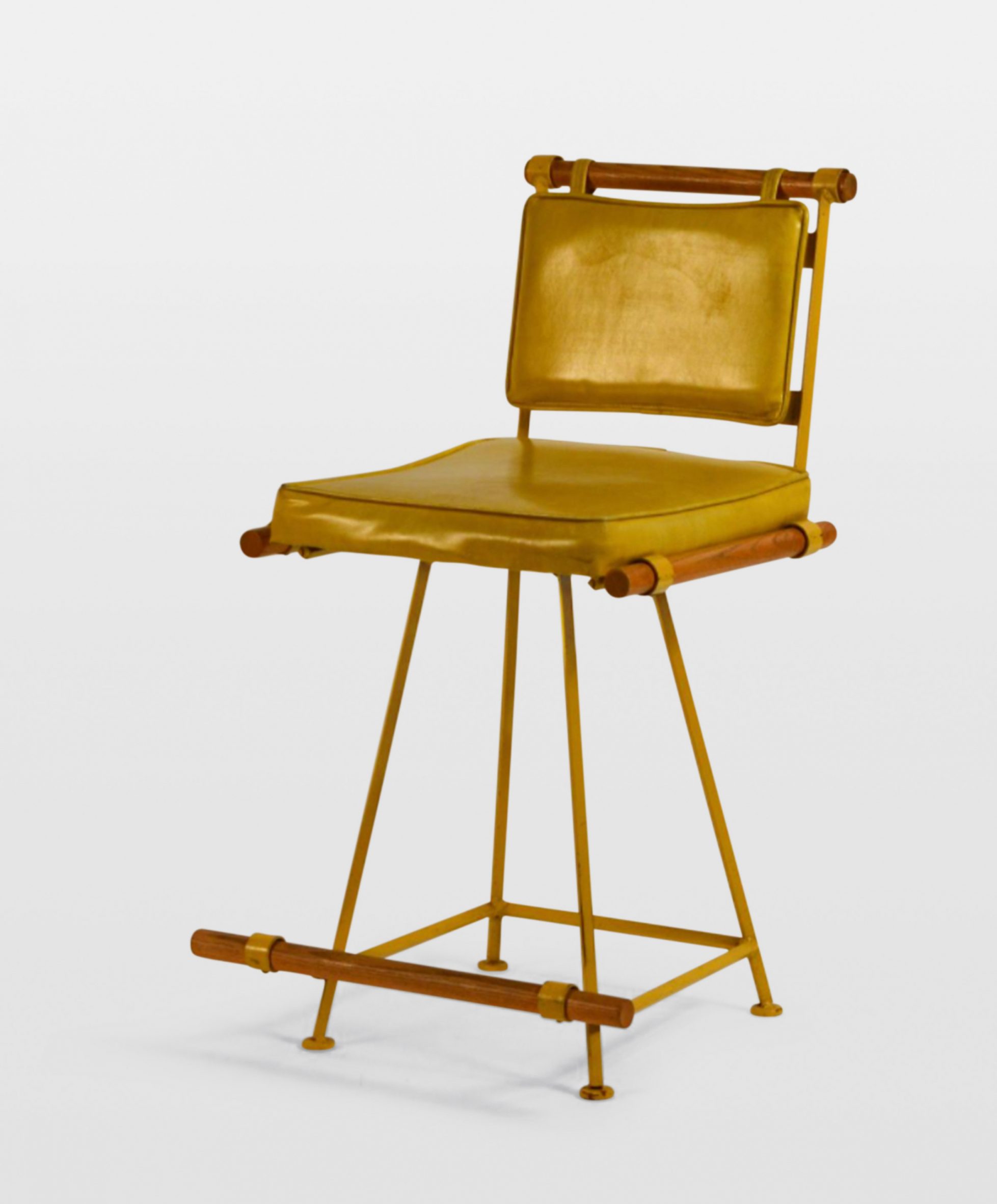 Photo by Blend Interiors
Photo by Blend Interiors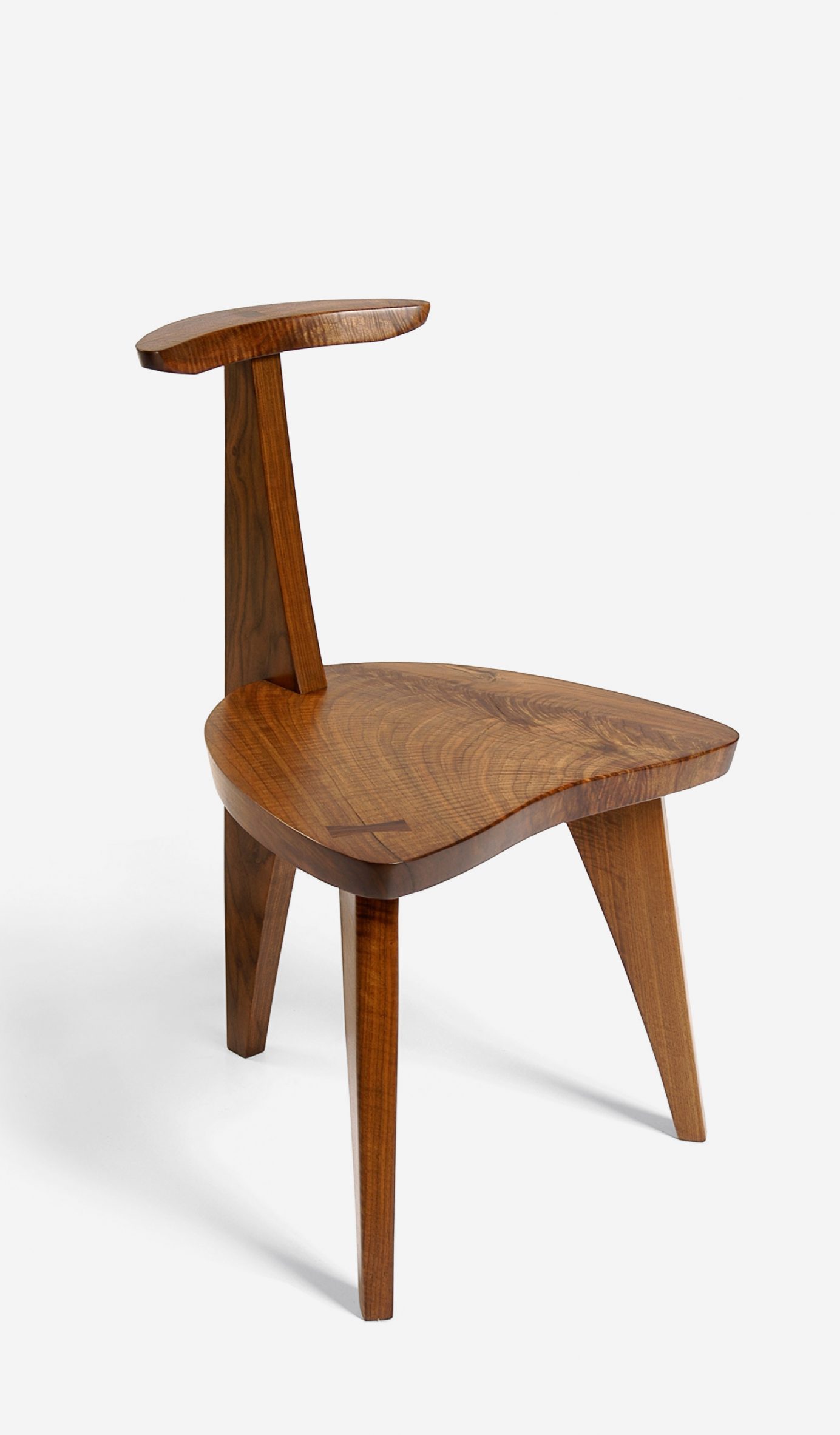 Photo by George Nakashima Woodworkers
Photo by George Nakashima Woodworkers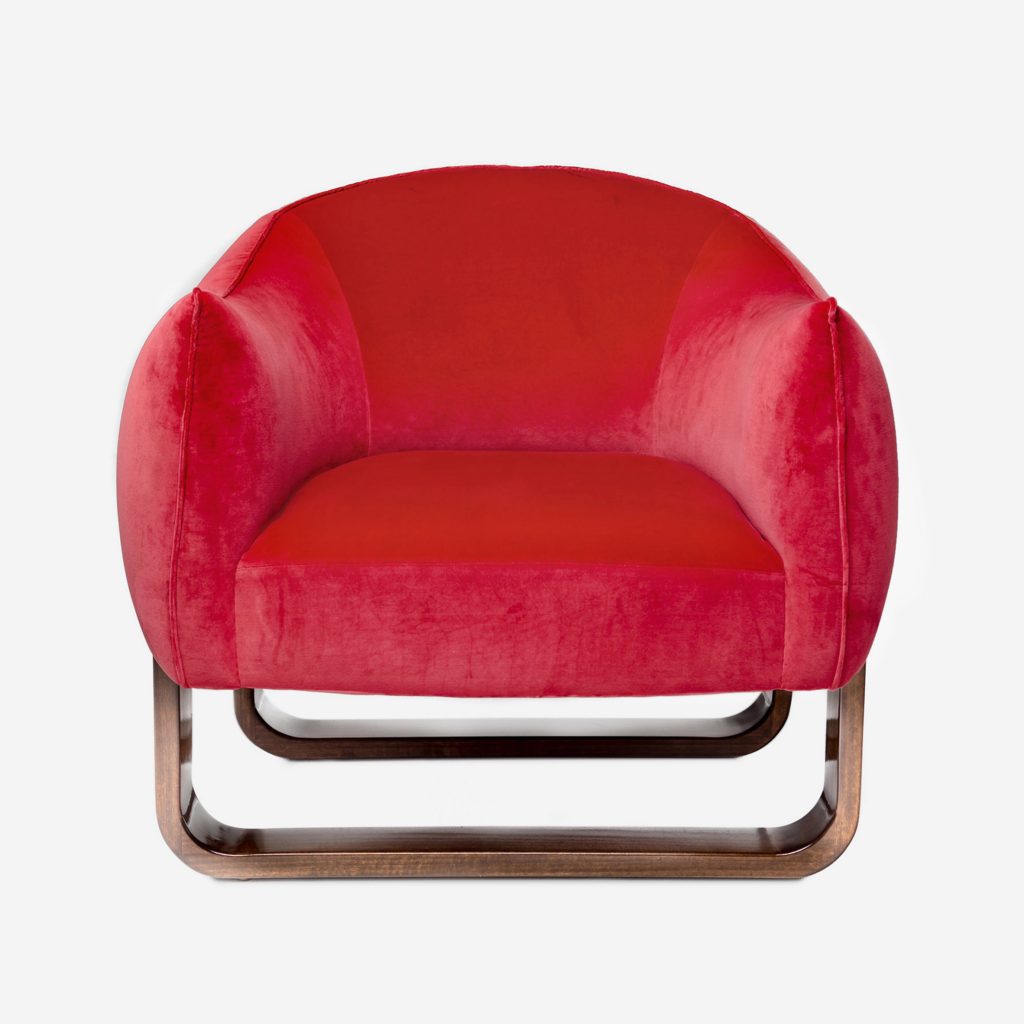

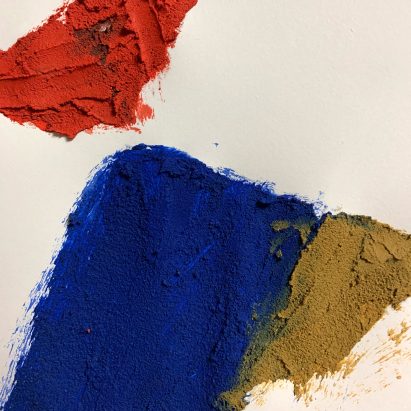

 Celour is a carbon-capturing paint that comes in three colours
Celour is a carbon-capturing paint that comes in three colours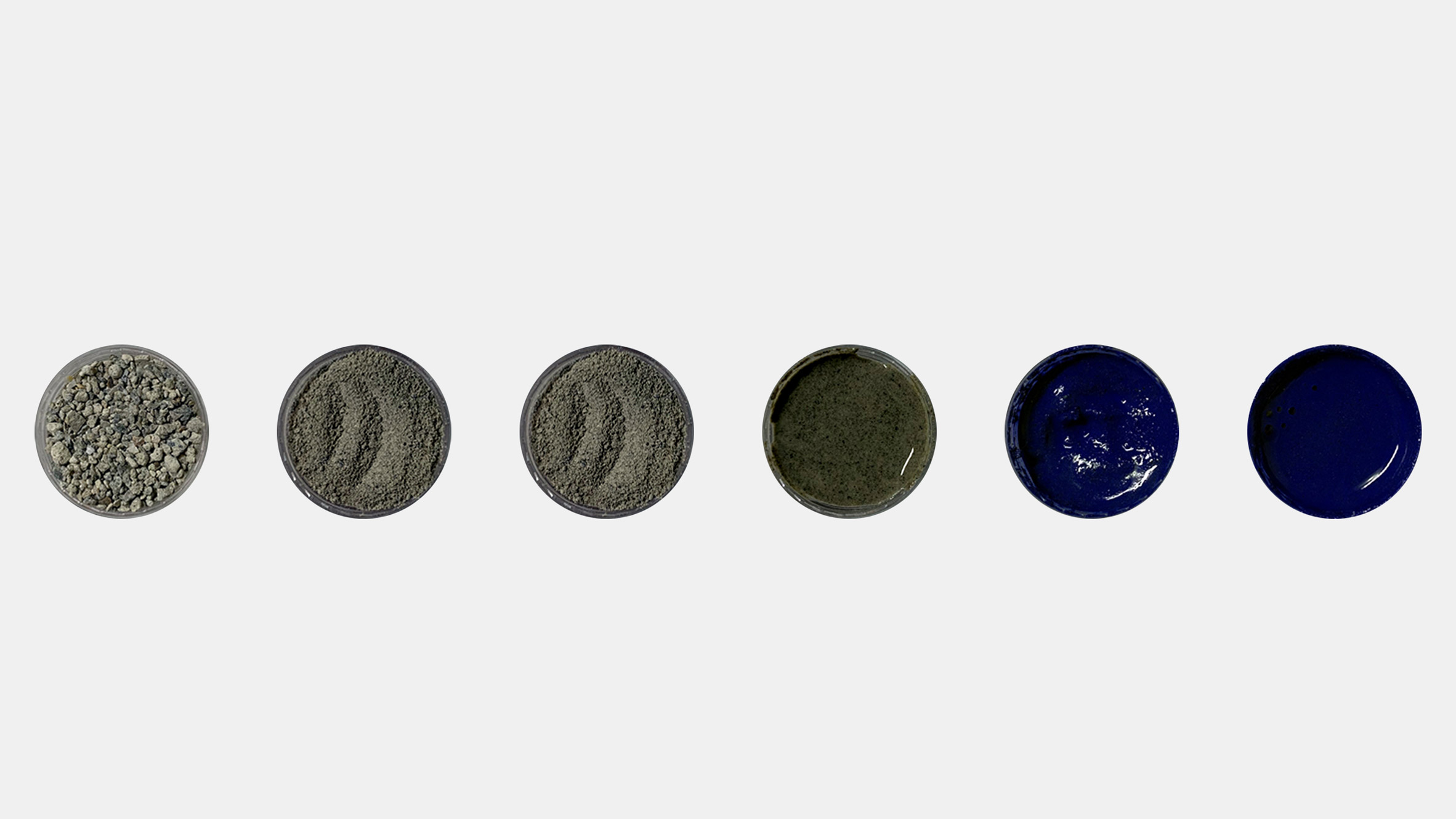 The waste concrete powder is filtered, pulverised and mixed with a binder, water and pigments
The waste concrete powder is filtered, pulverised and mixed with a binder, water and pigments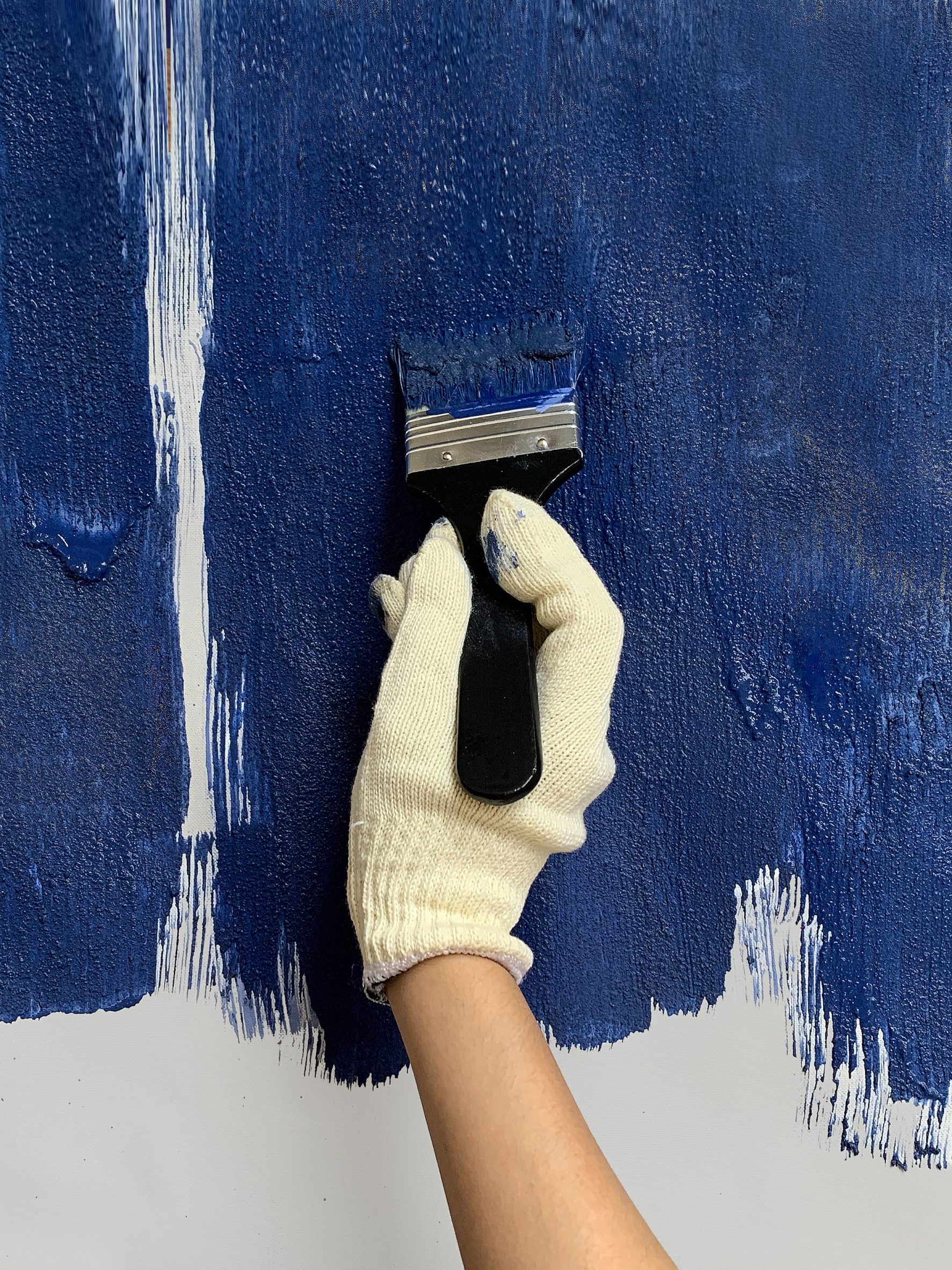 The paint can be used both indoors and outdoors
The paint can be used both indoors and outdoors
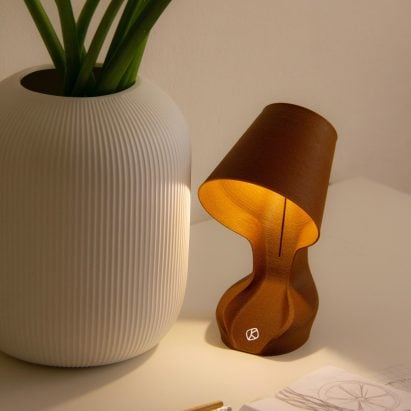
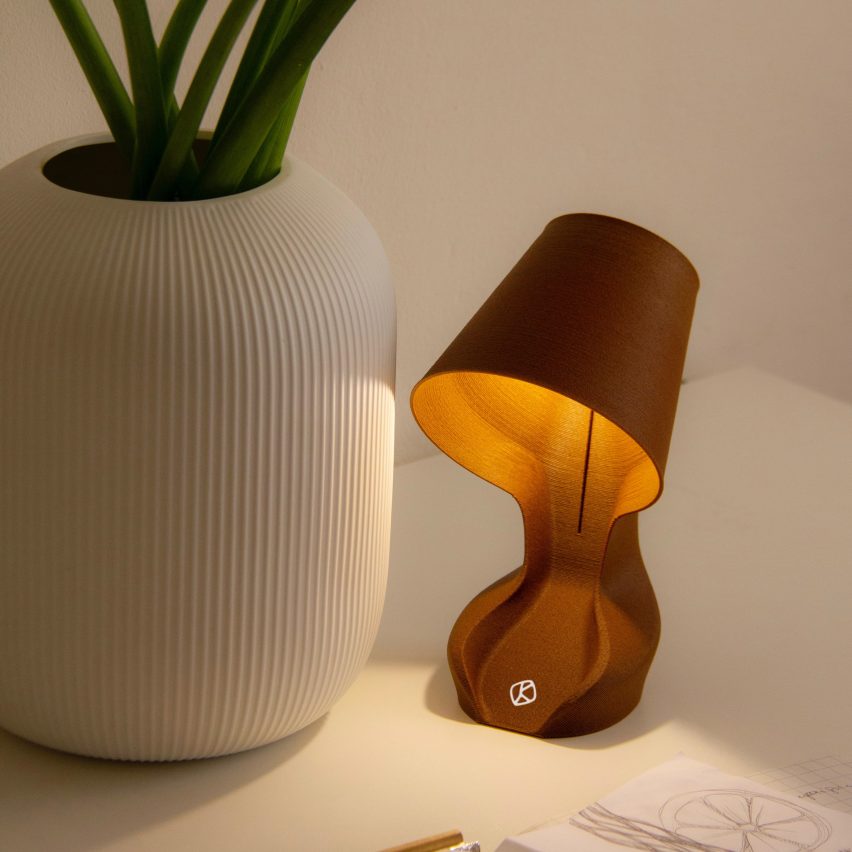
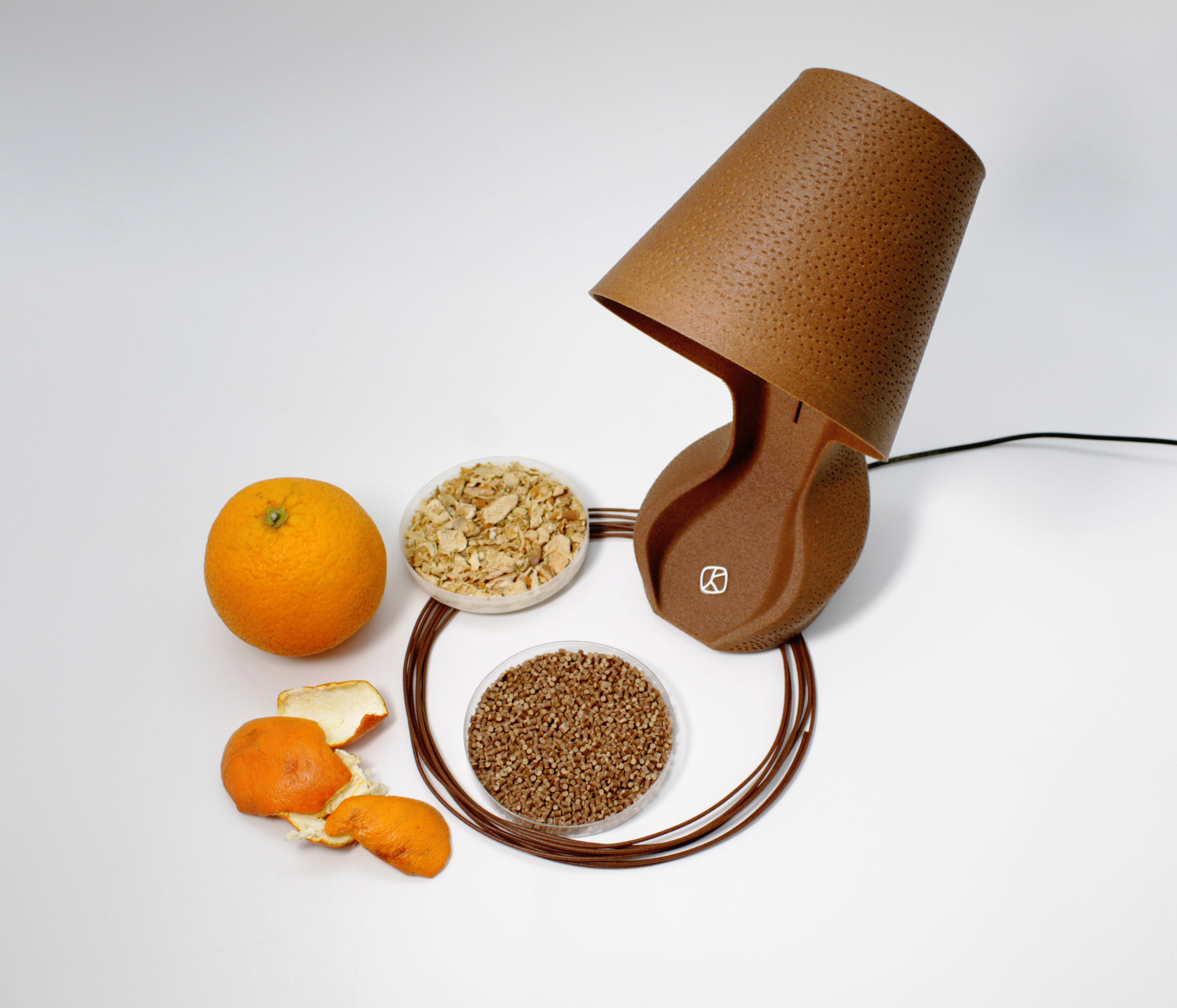 Top: each lamp is made from two or three oranges. Above: Ohmie retains the natural bumpy feel and smell of oranges
Top: each lamp is made from two or three oranges. Above: Ohmie retains the natural bumpy feel and smell of oranges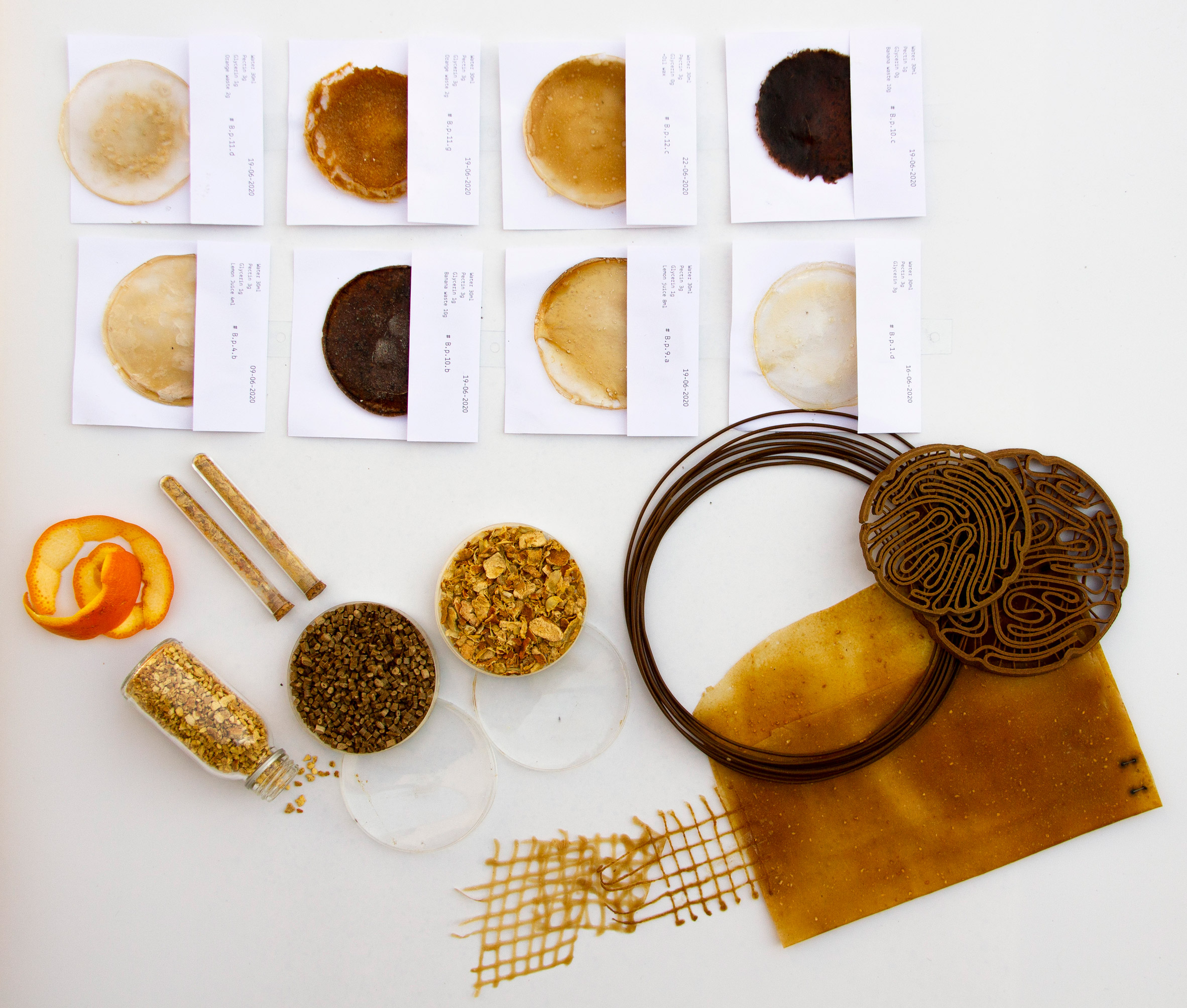 Ohmie is made from locally sourced Sicilian oranges
Ohmie is made from locally sourced Sicilian oranges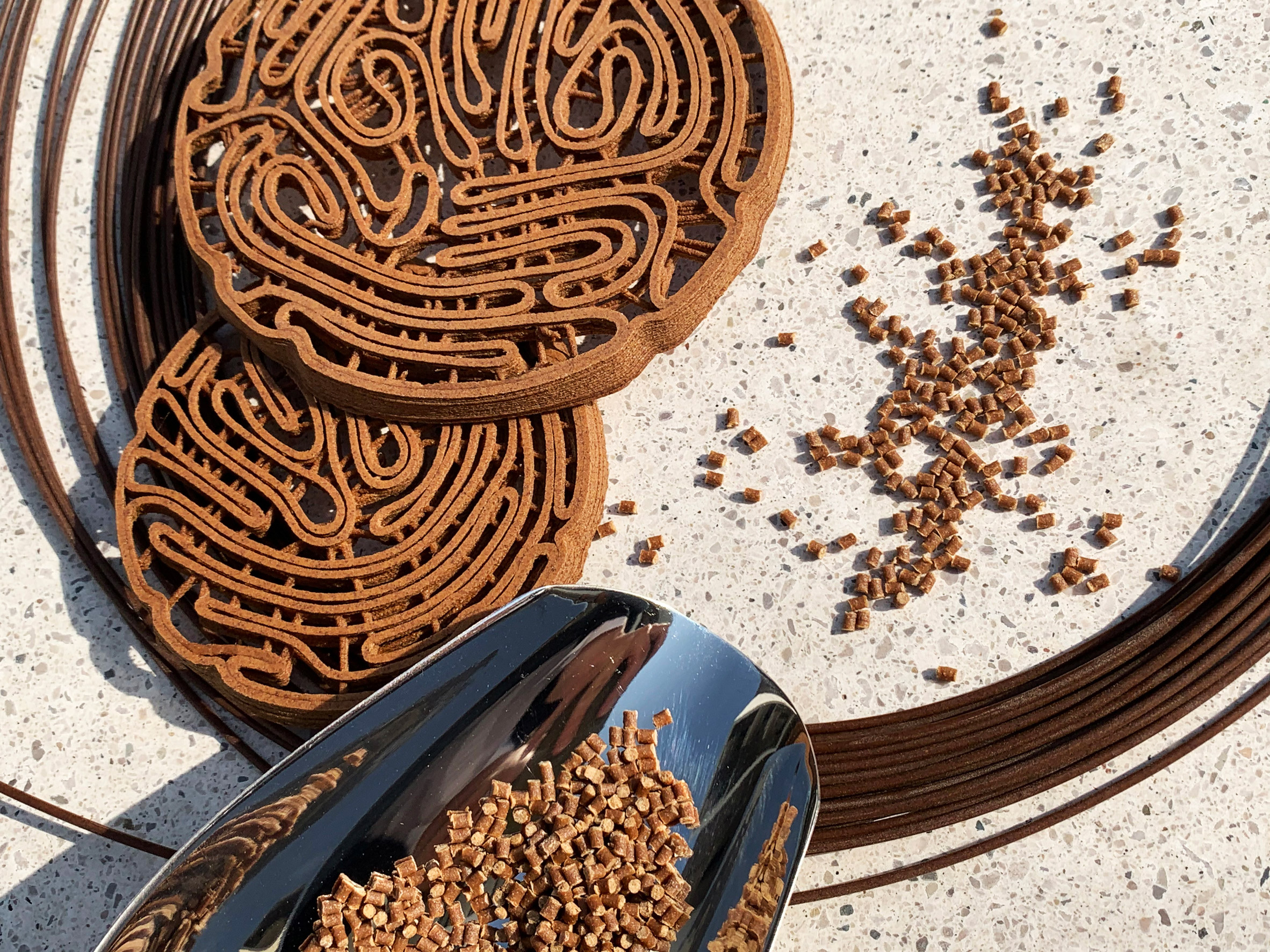 The peels are ground down and combined with starch before being 3D printed
The peels are ground down and combined with starch before being 3D printed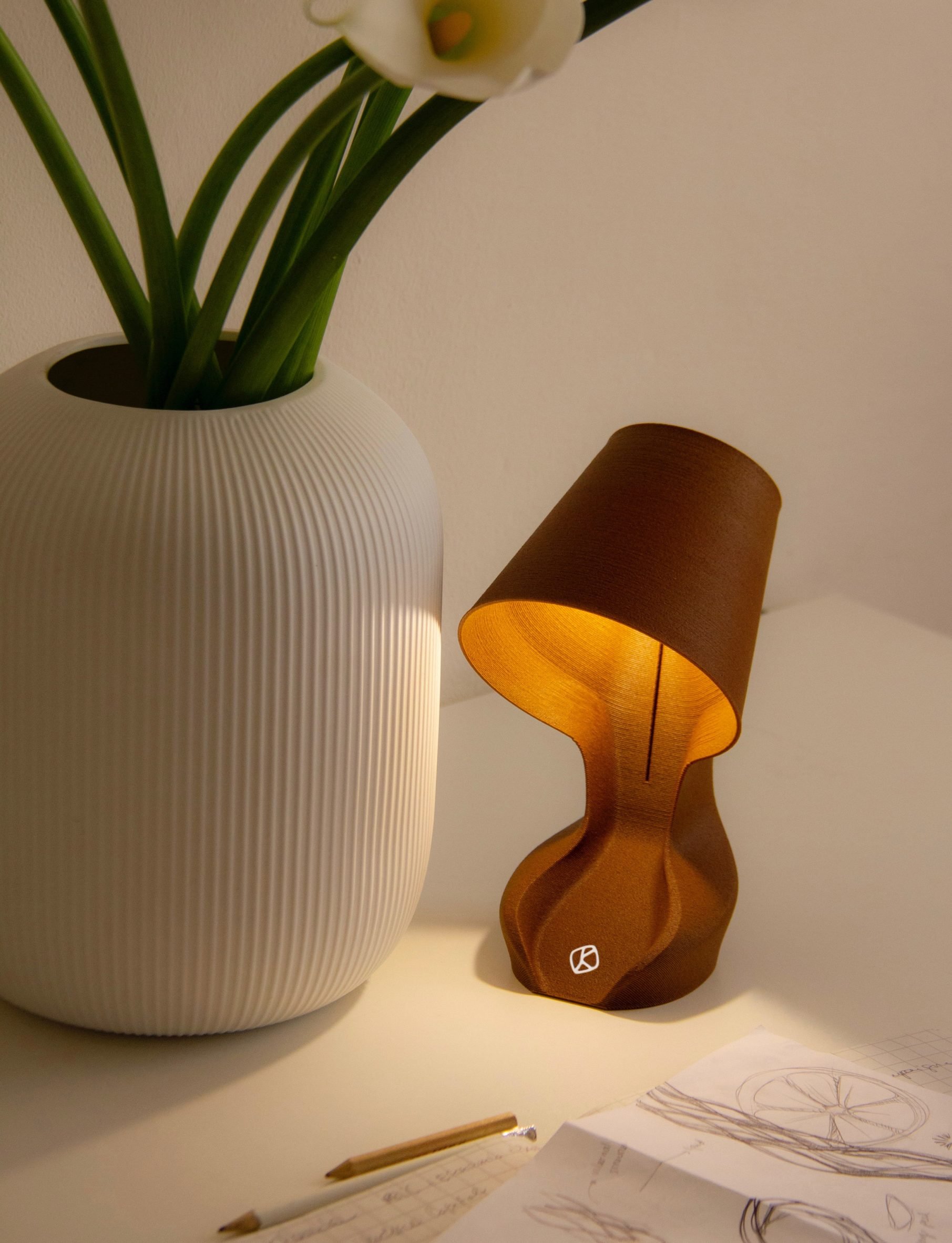 The light can be broken down and composted in a composting factory
The light can be broken down and composted in a composting factory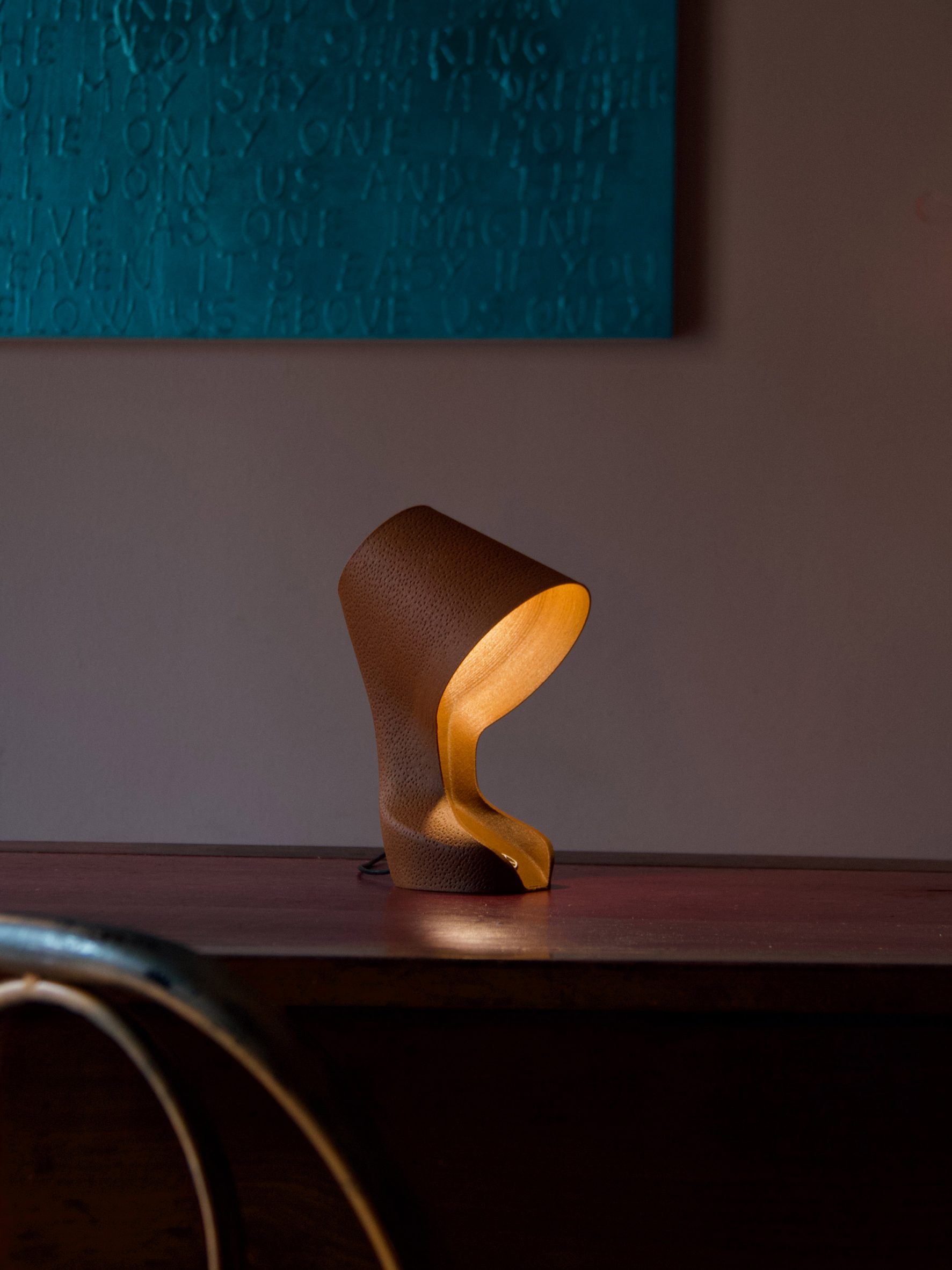 The designers hope to show how food waste can be effectively repurposed
The designers hope to show how food waste can be effectively repurposed